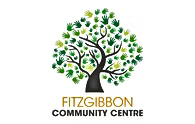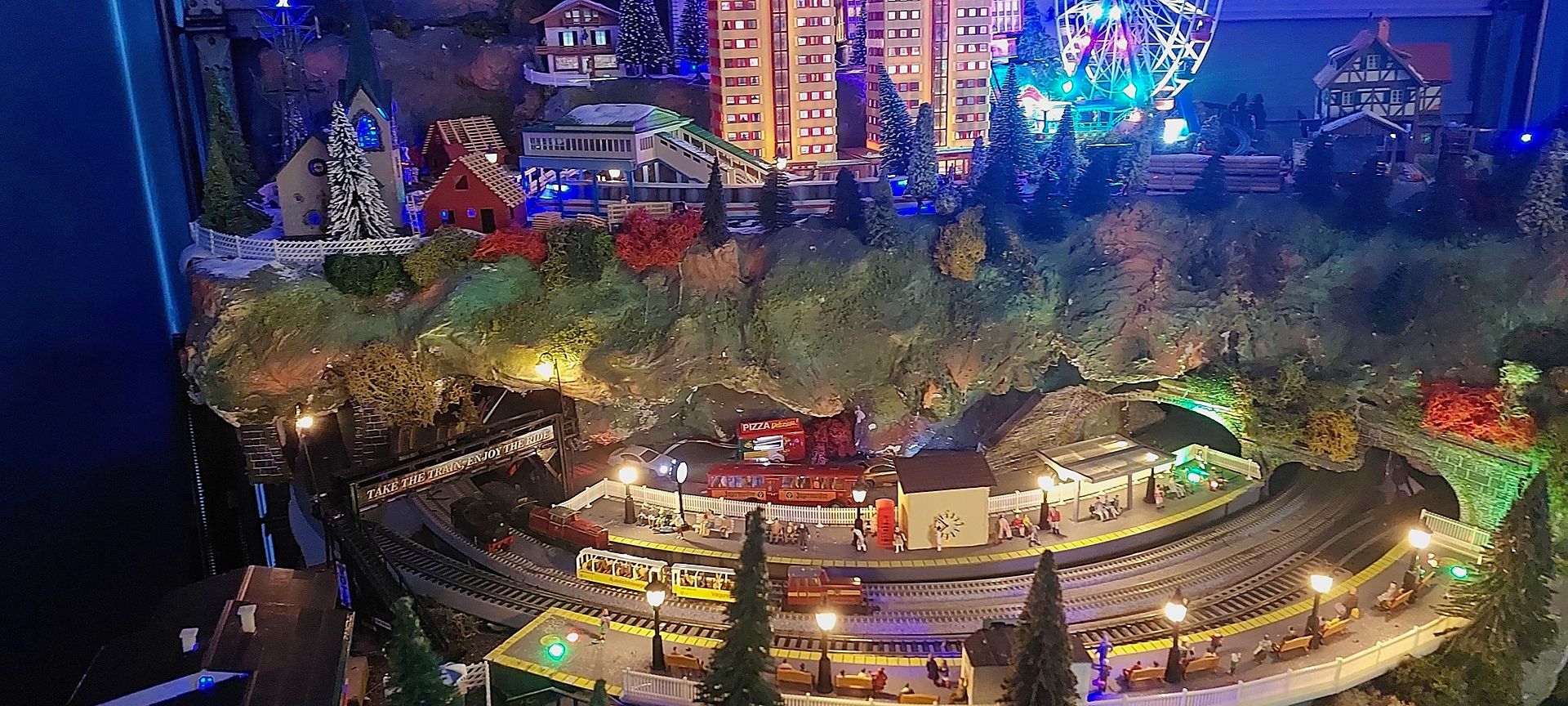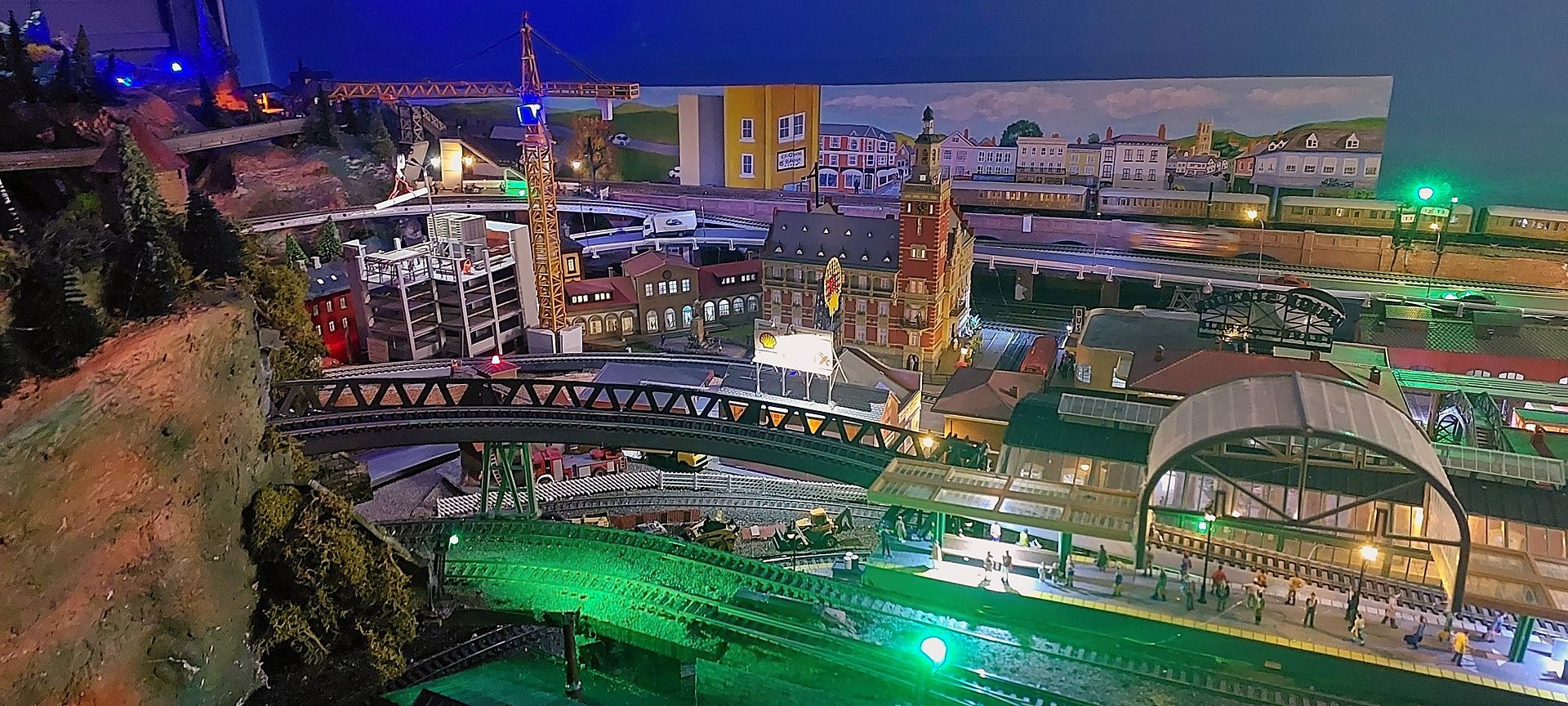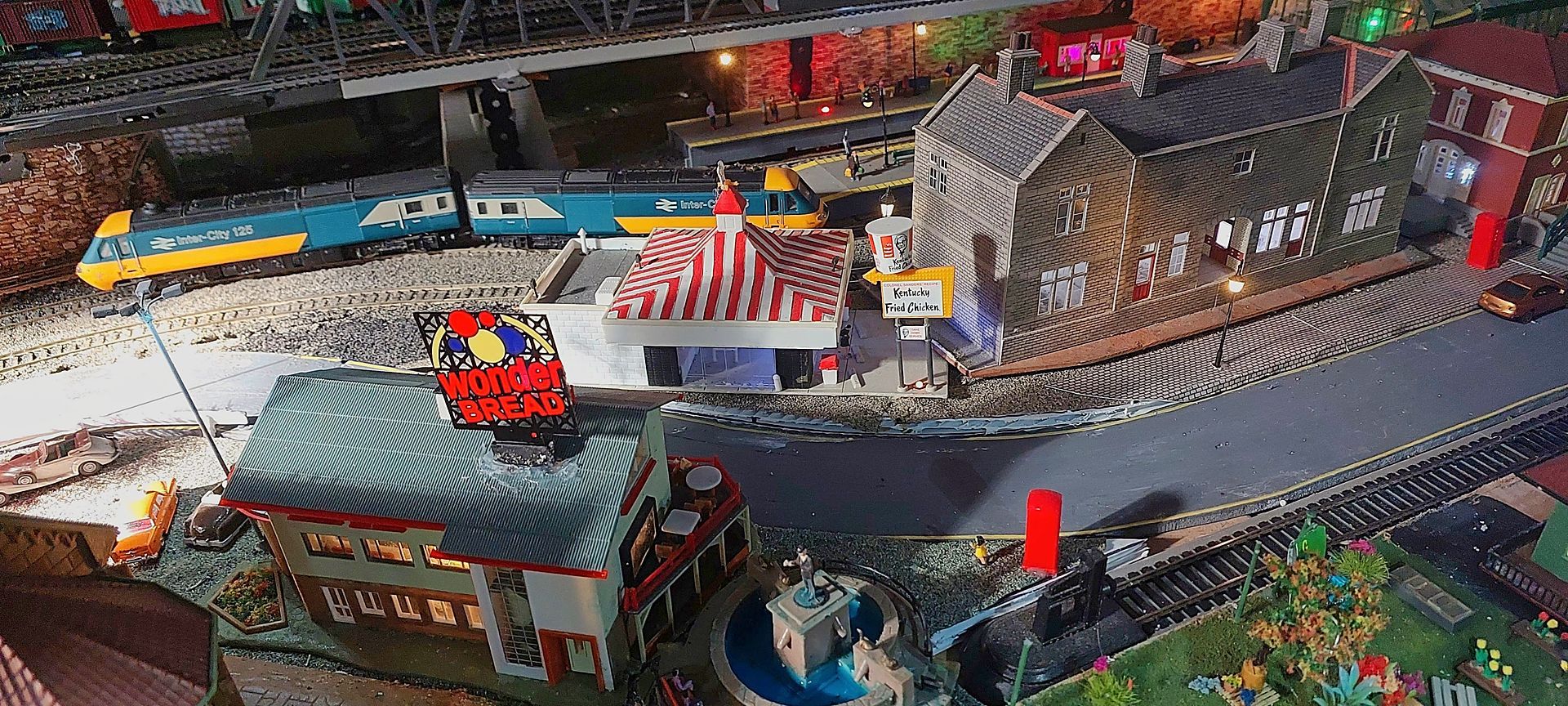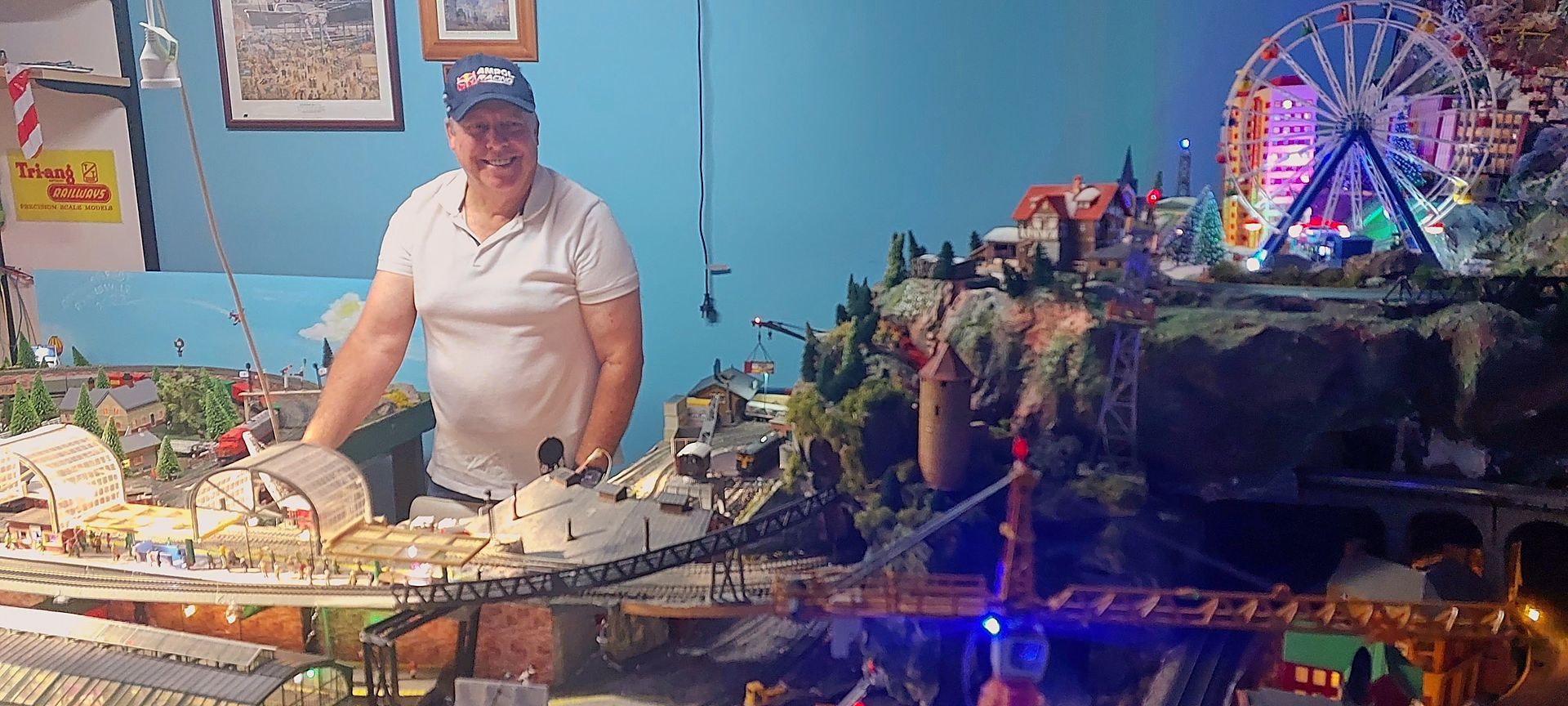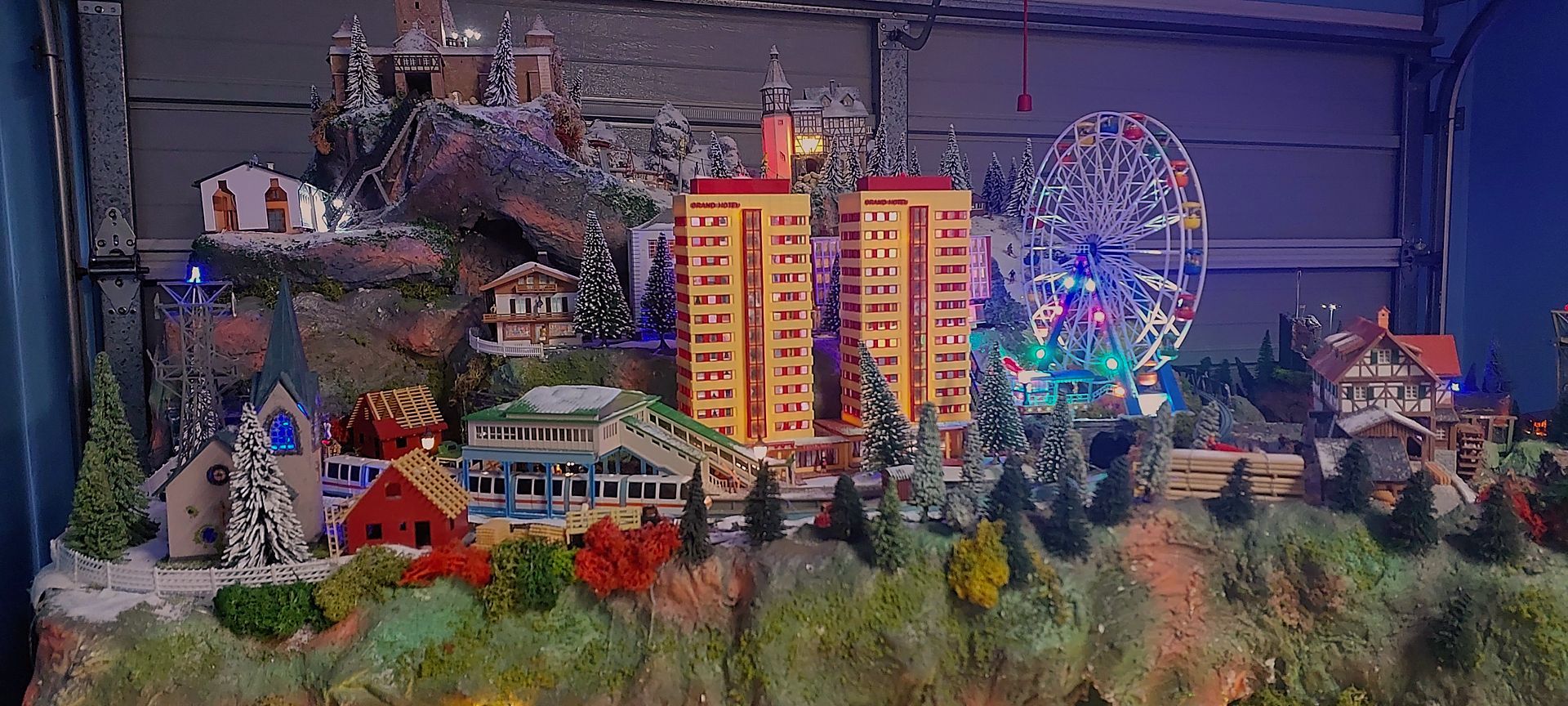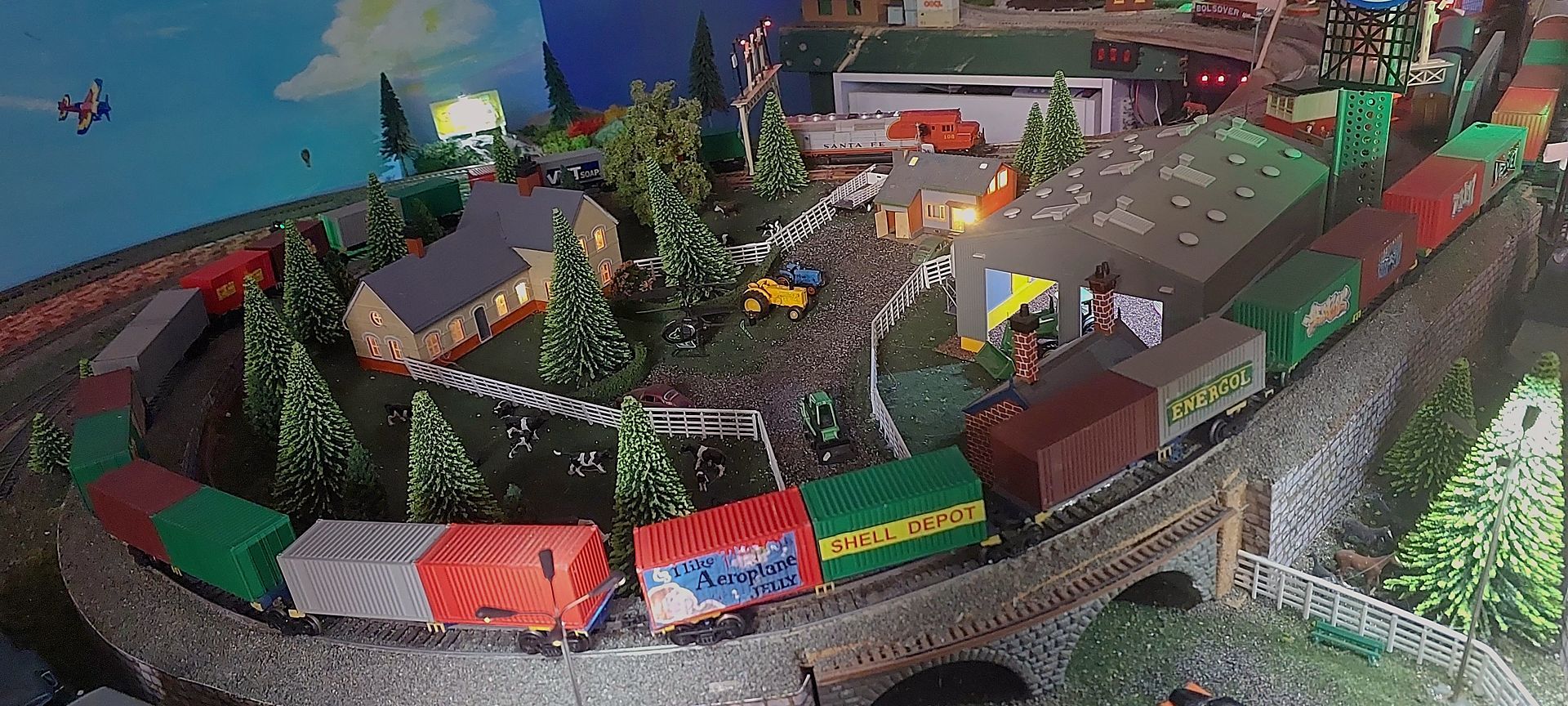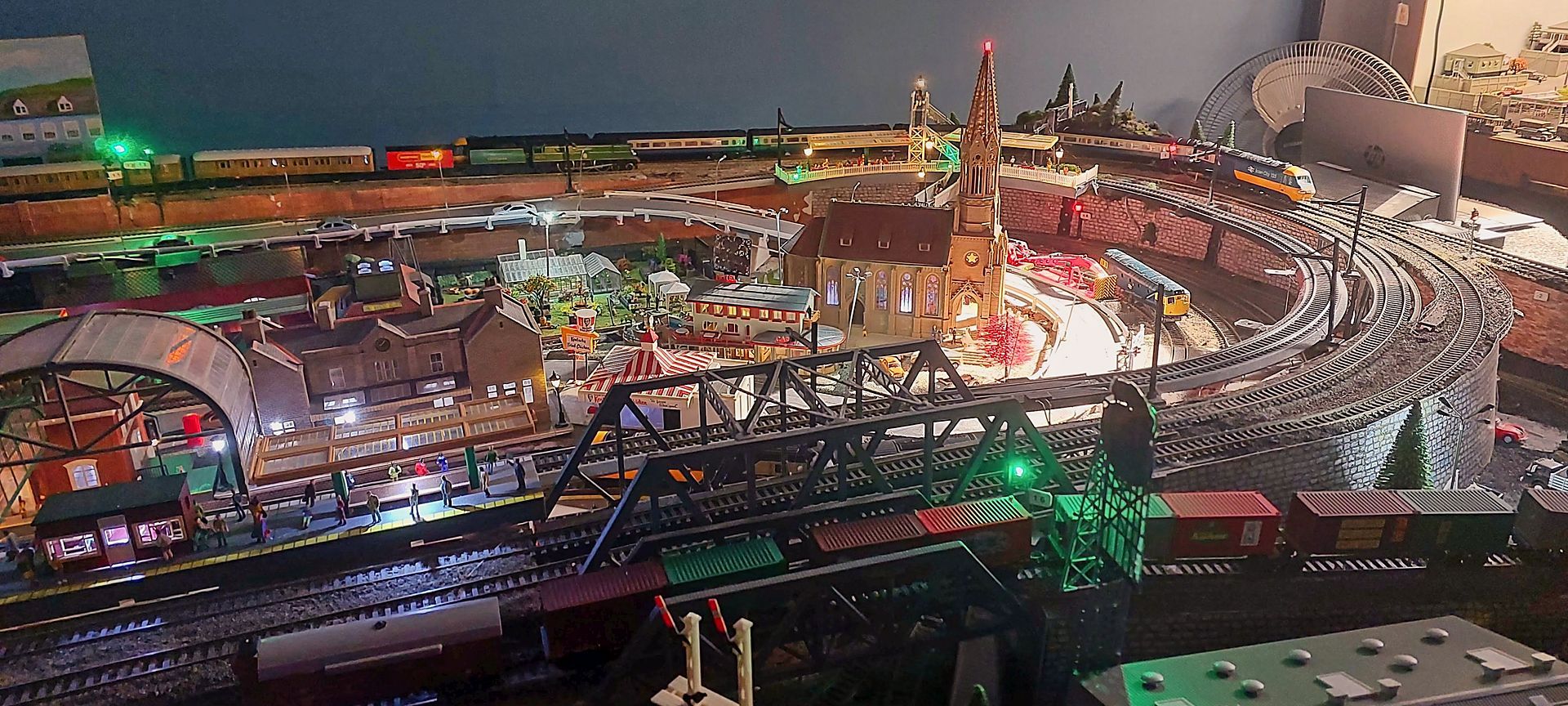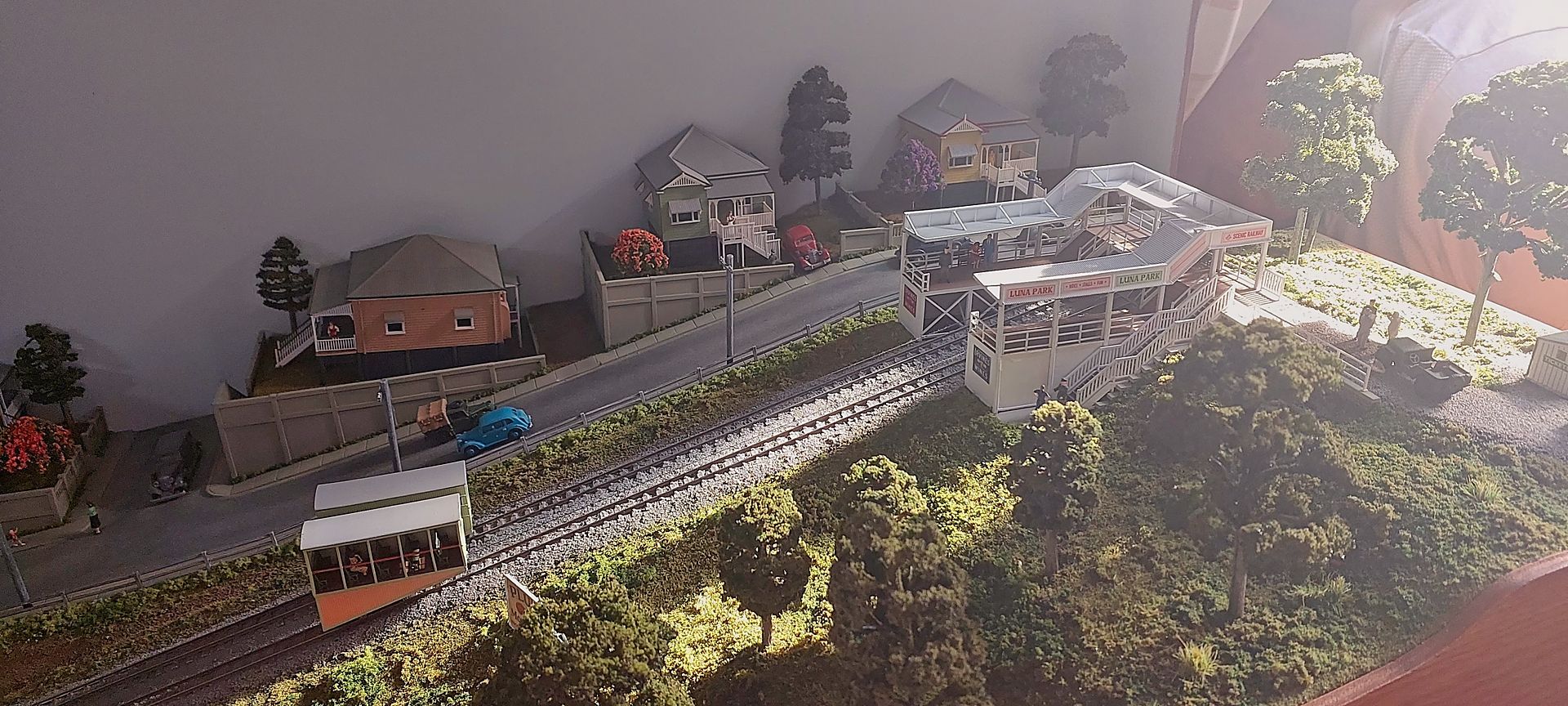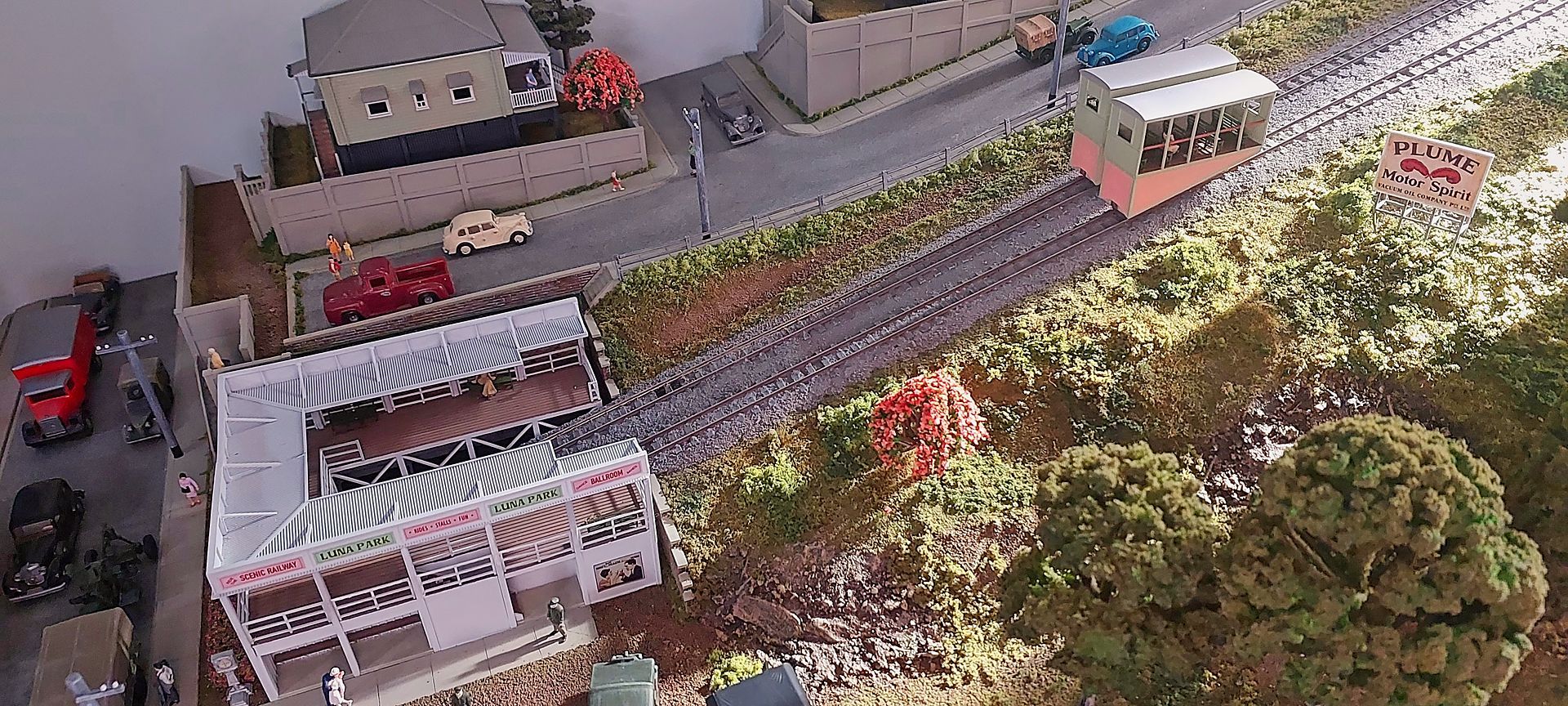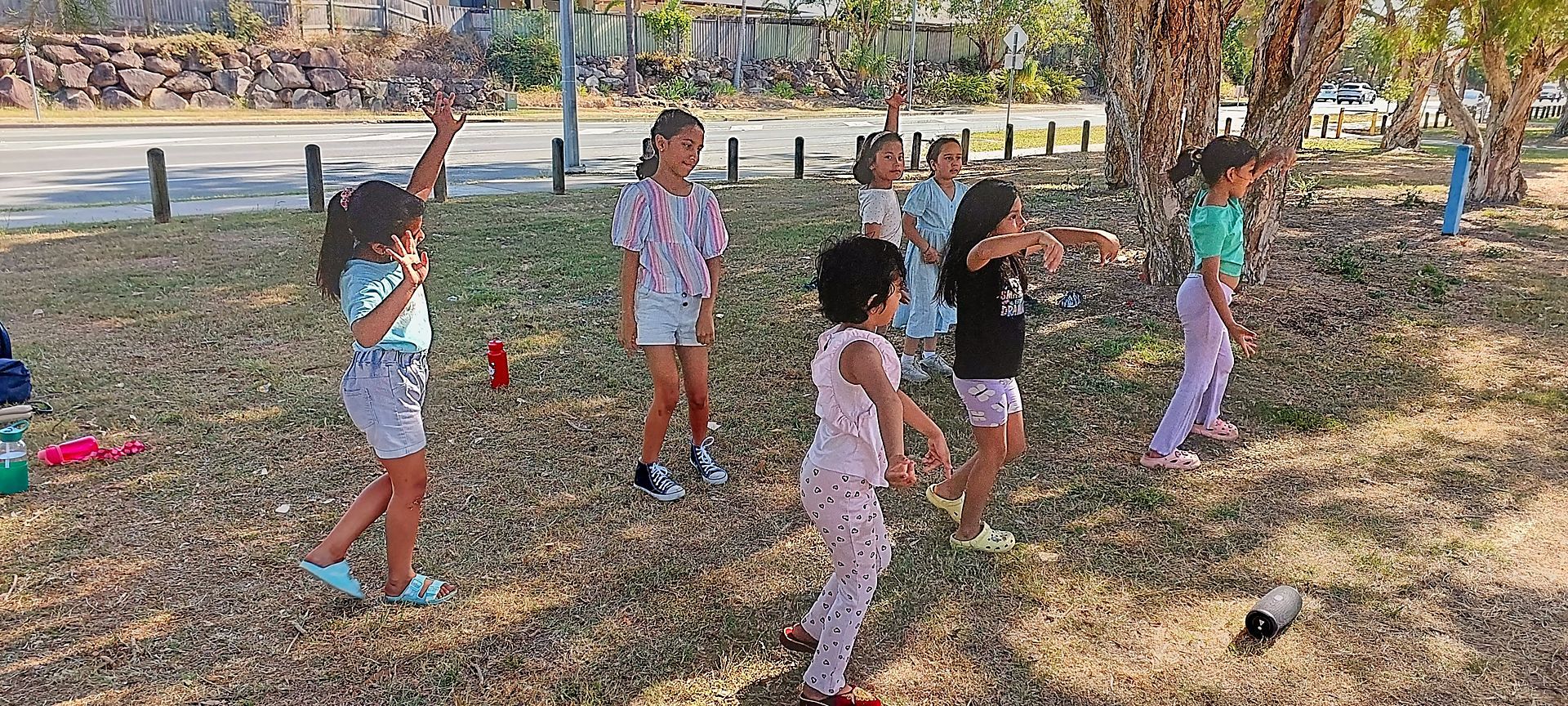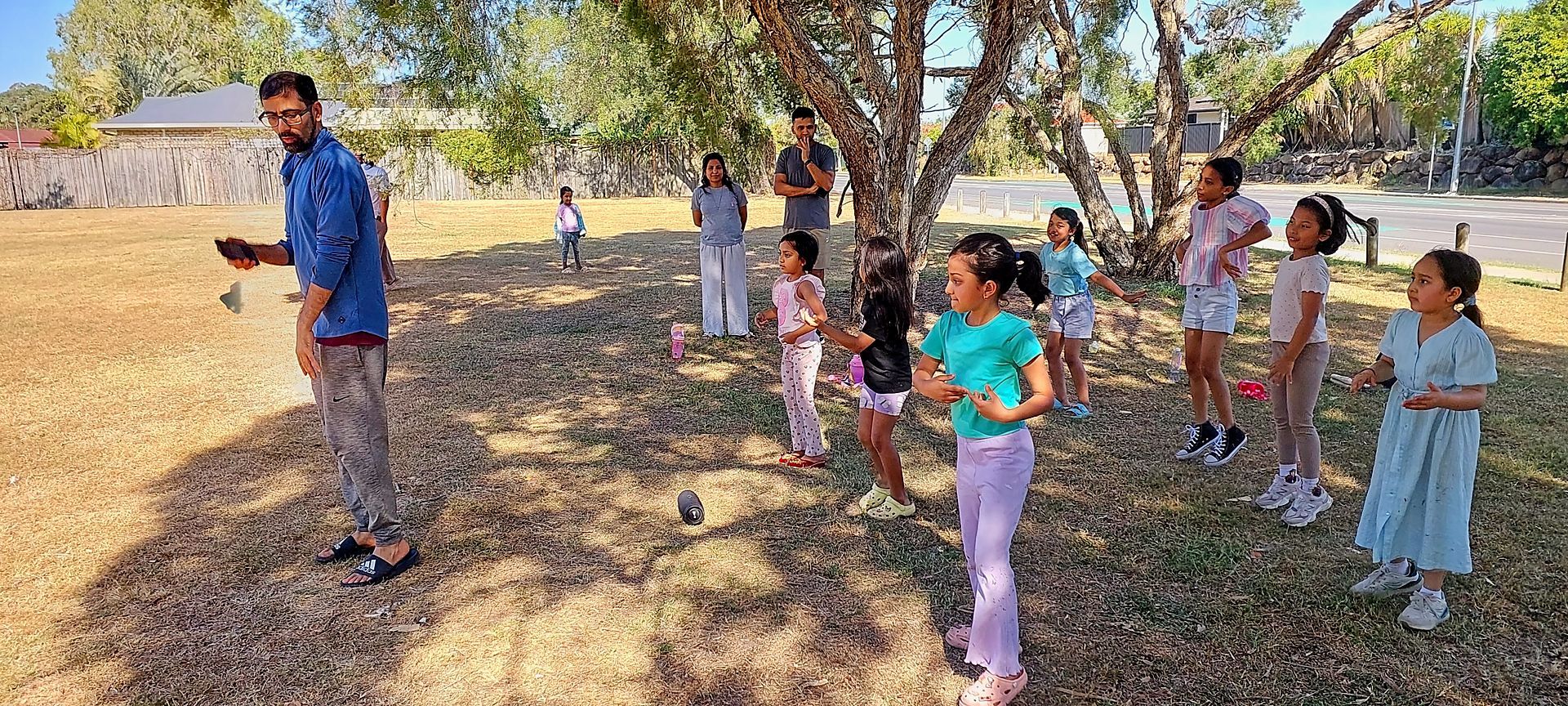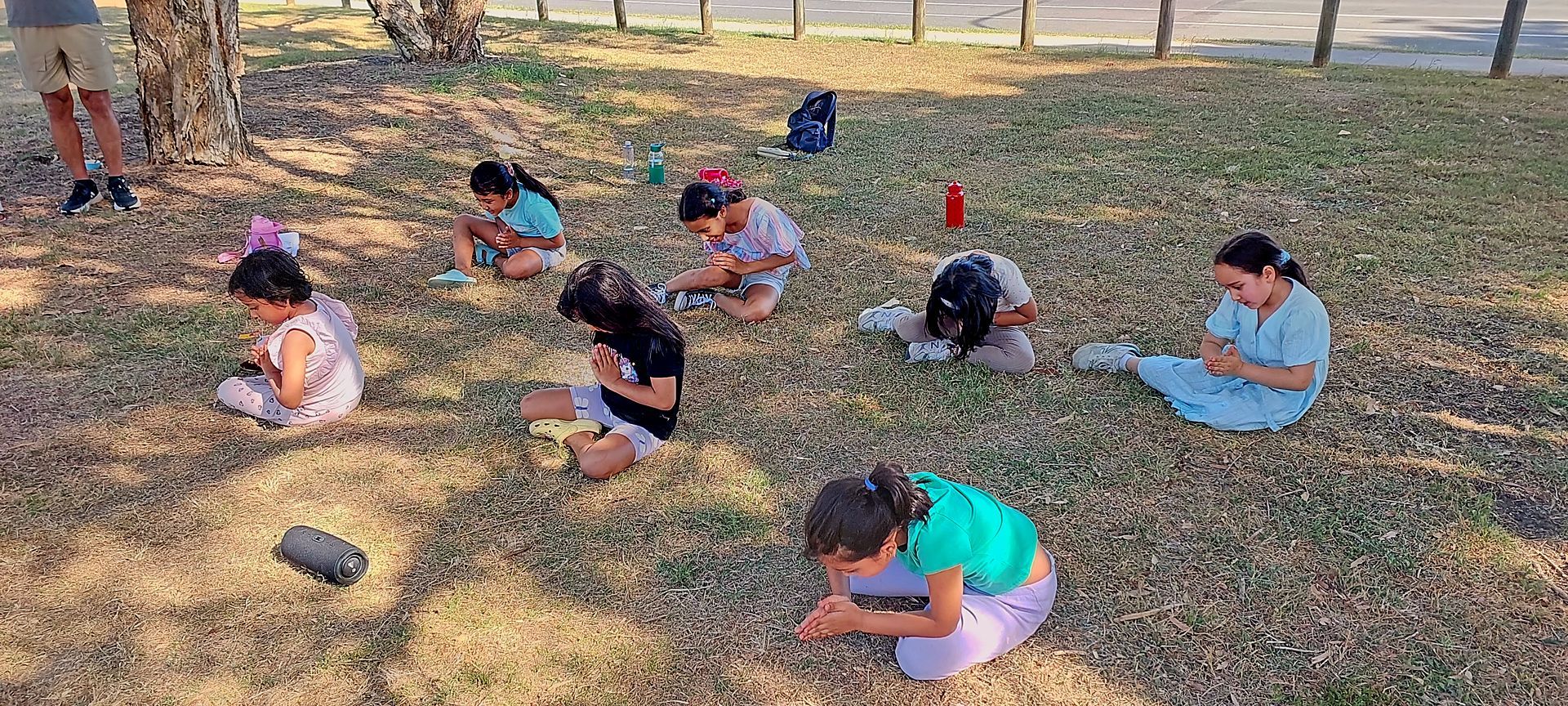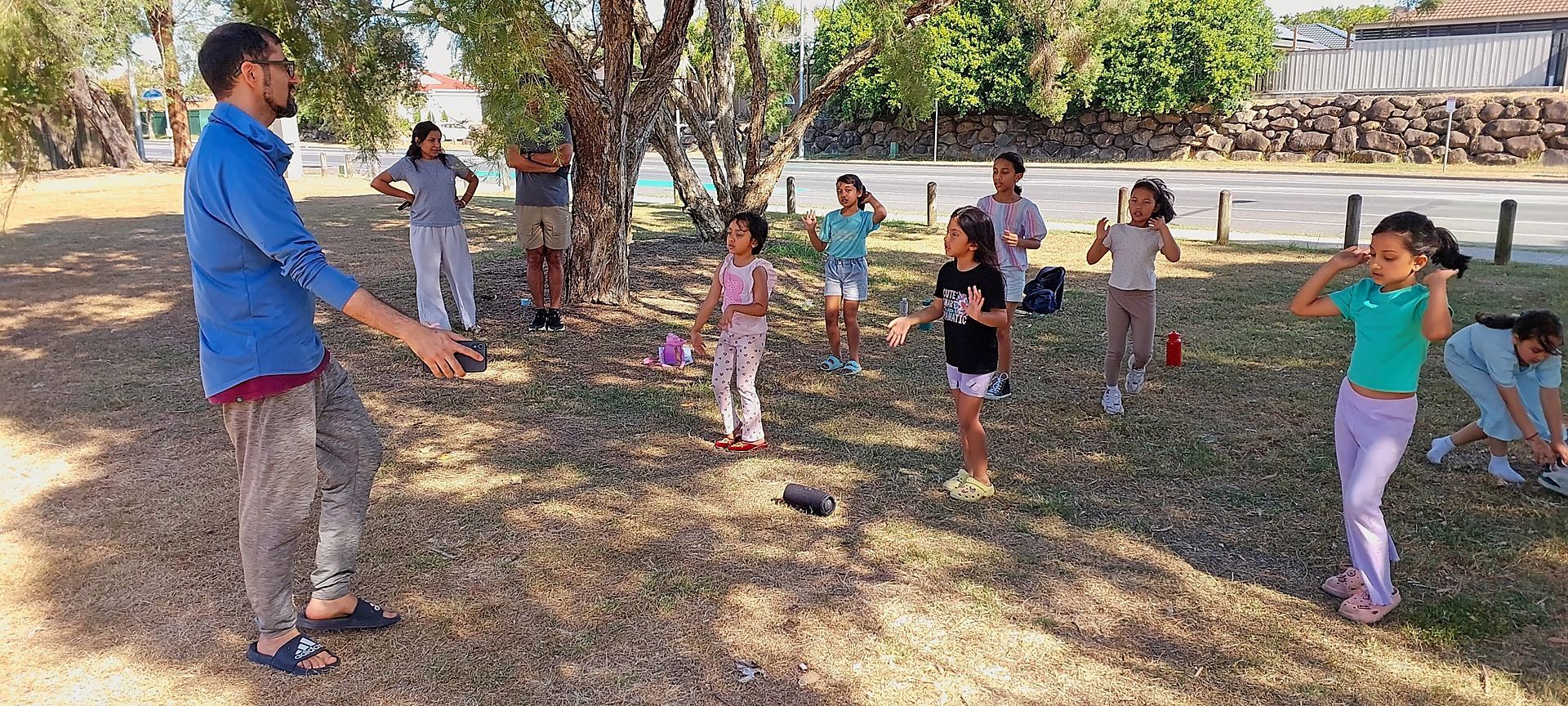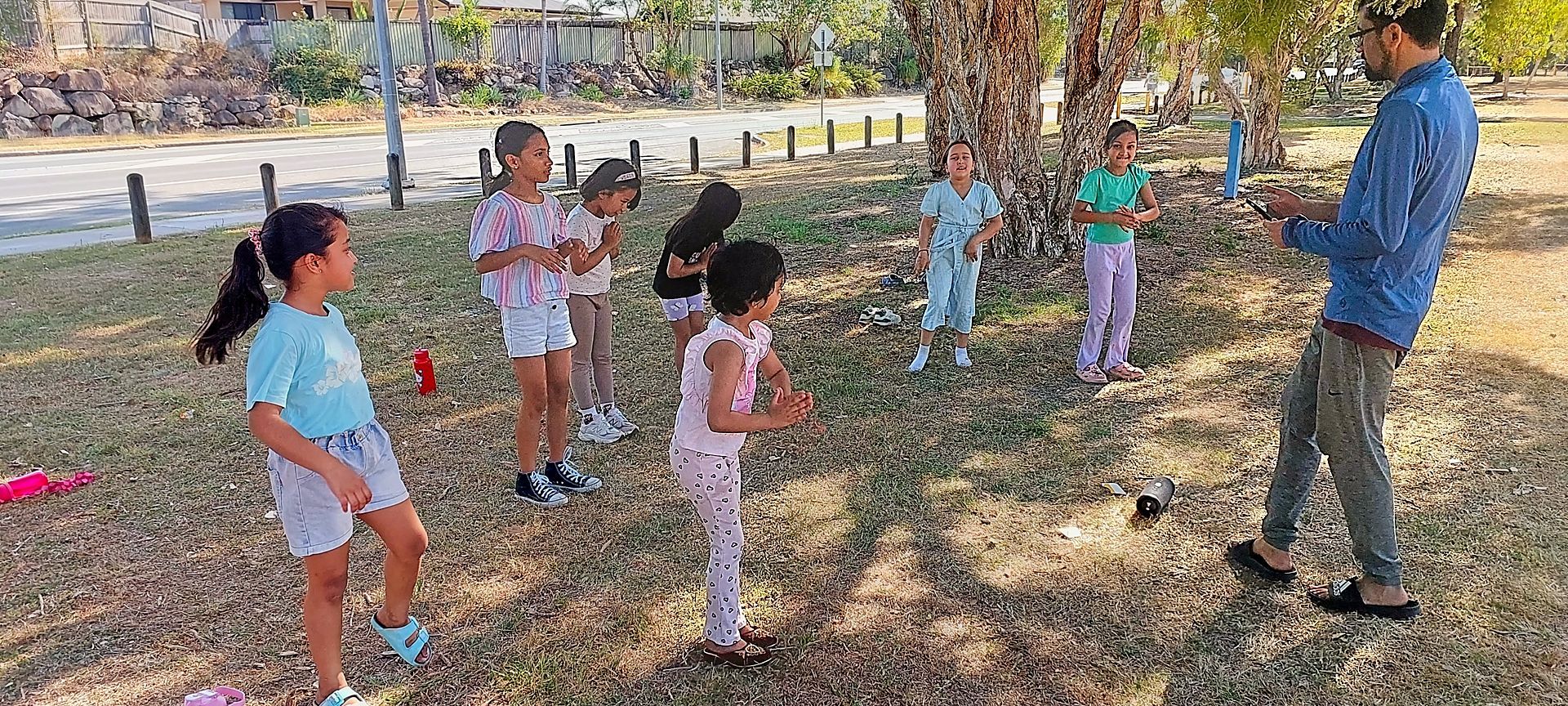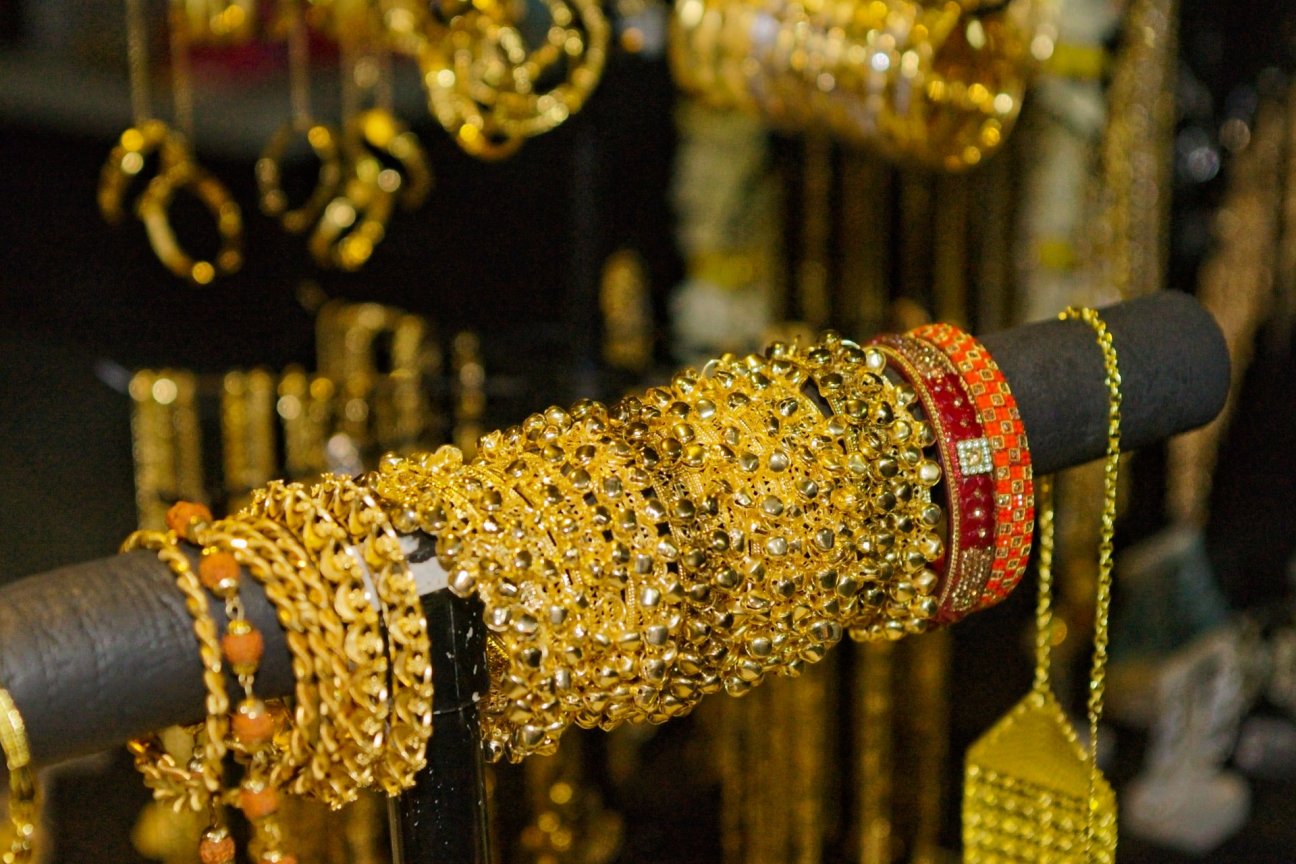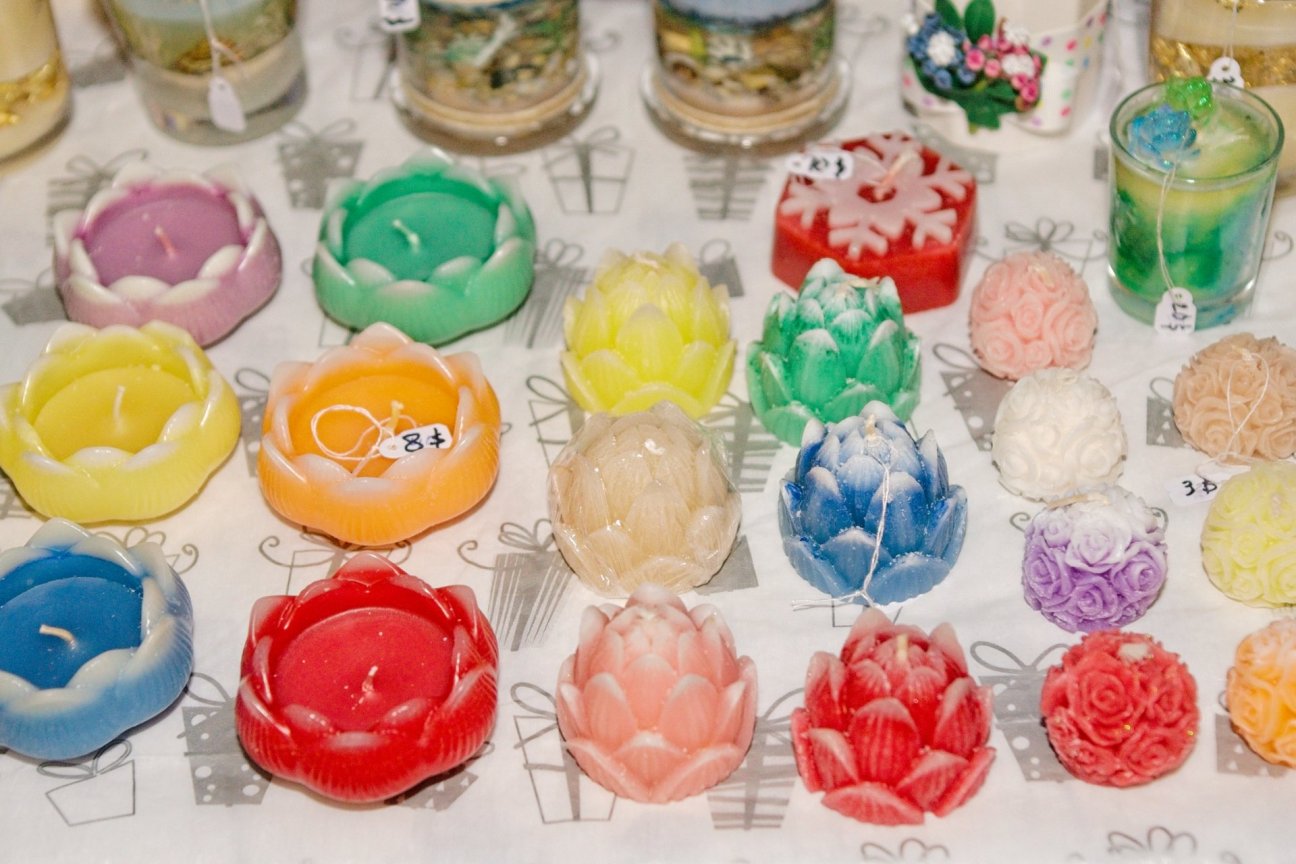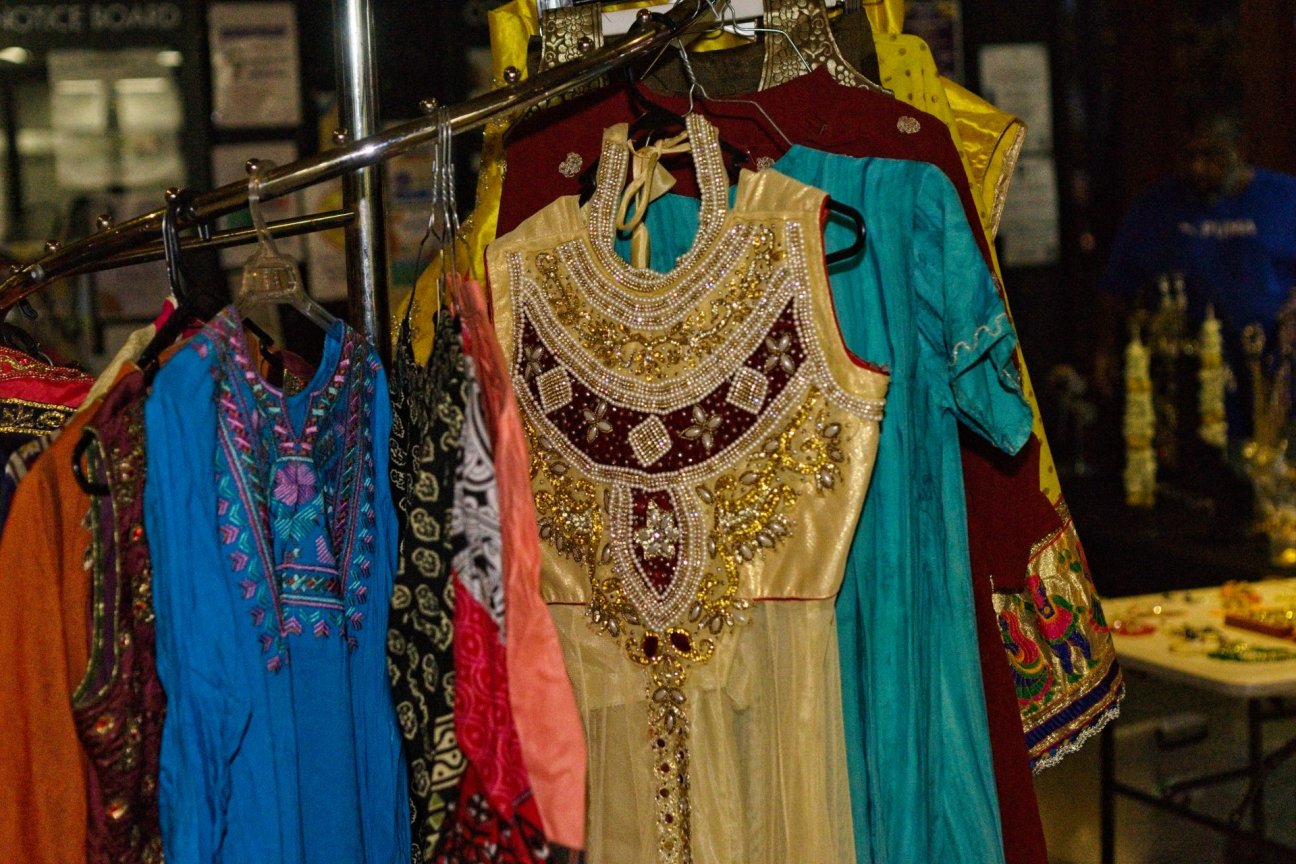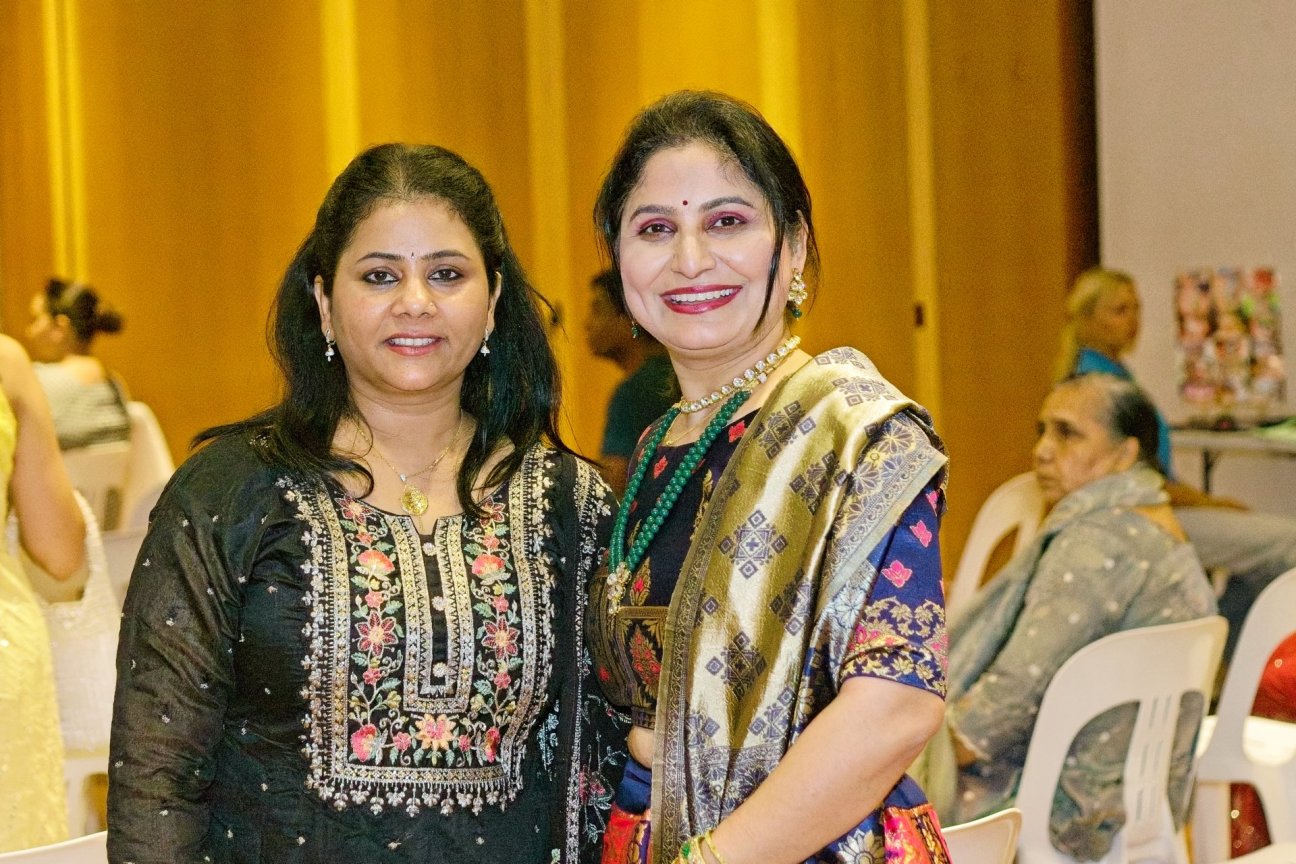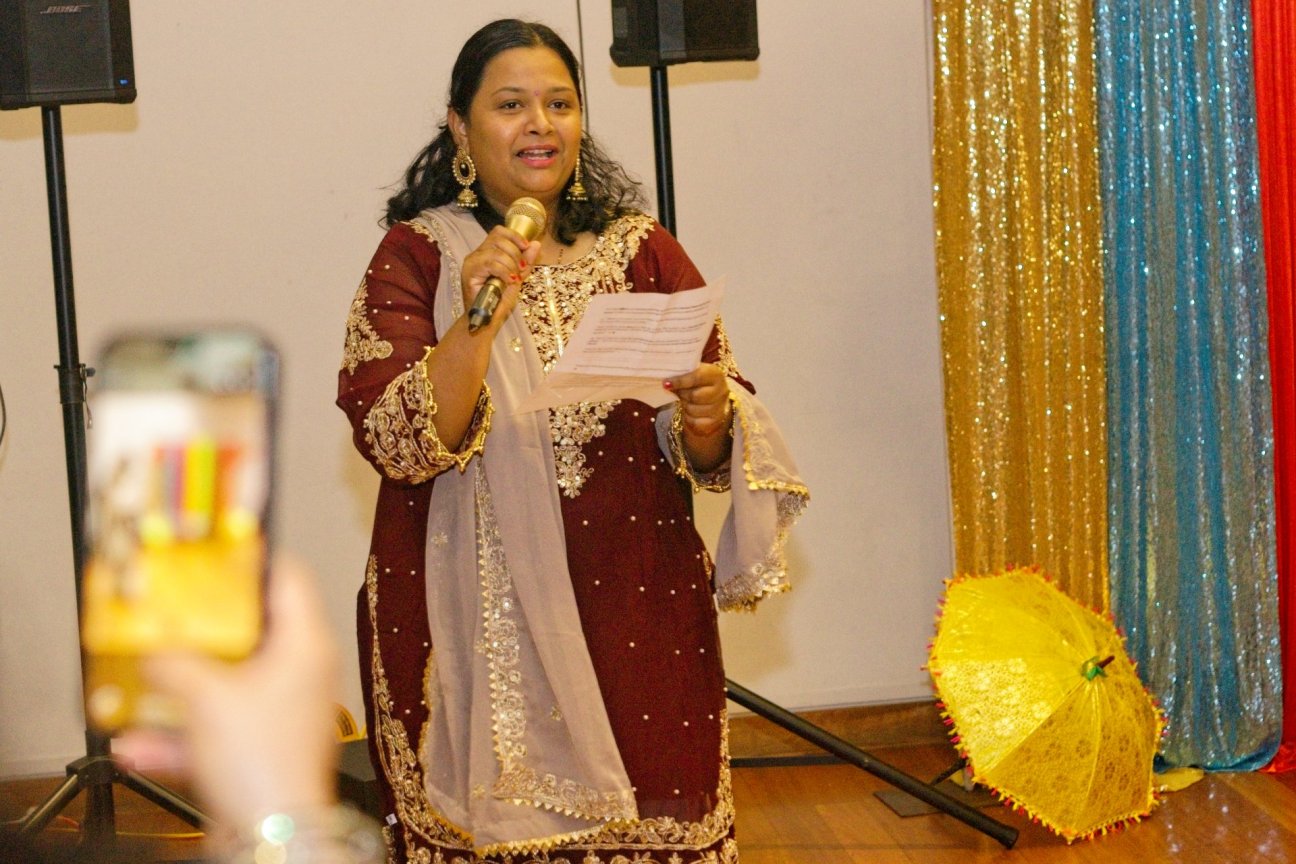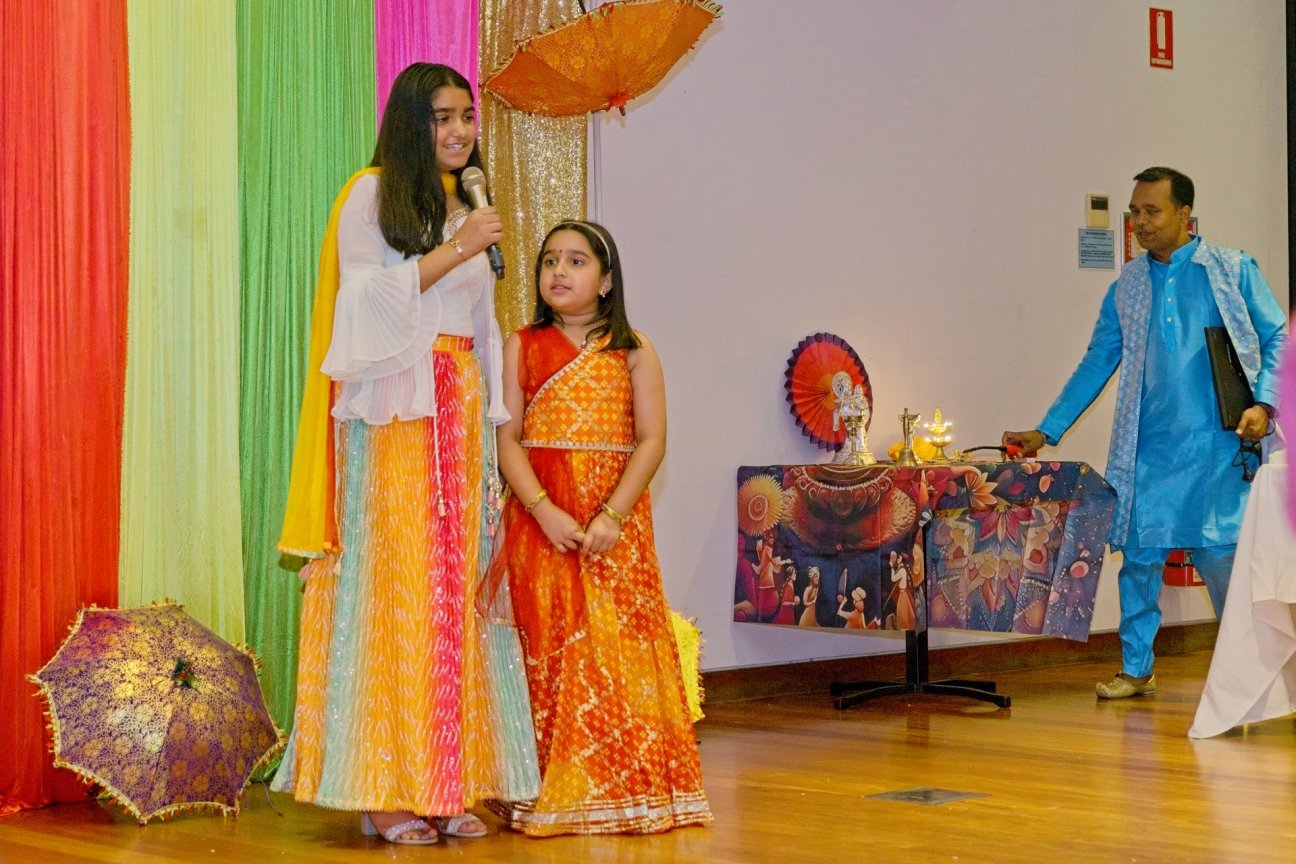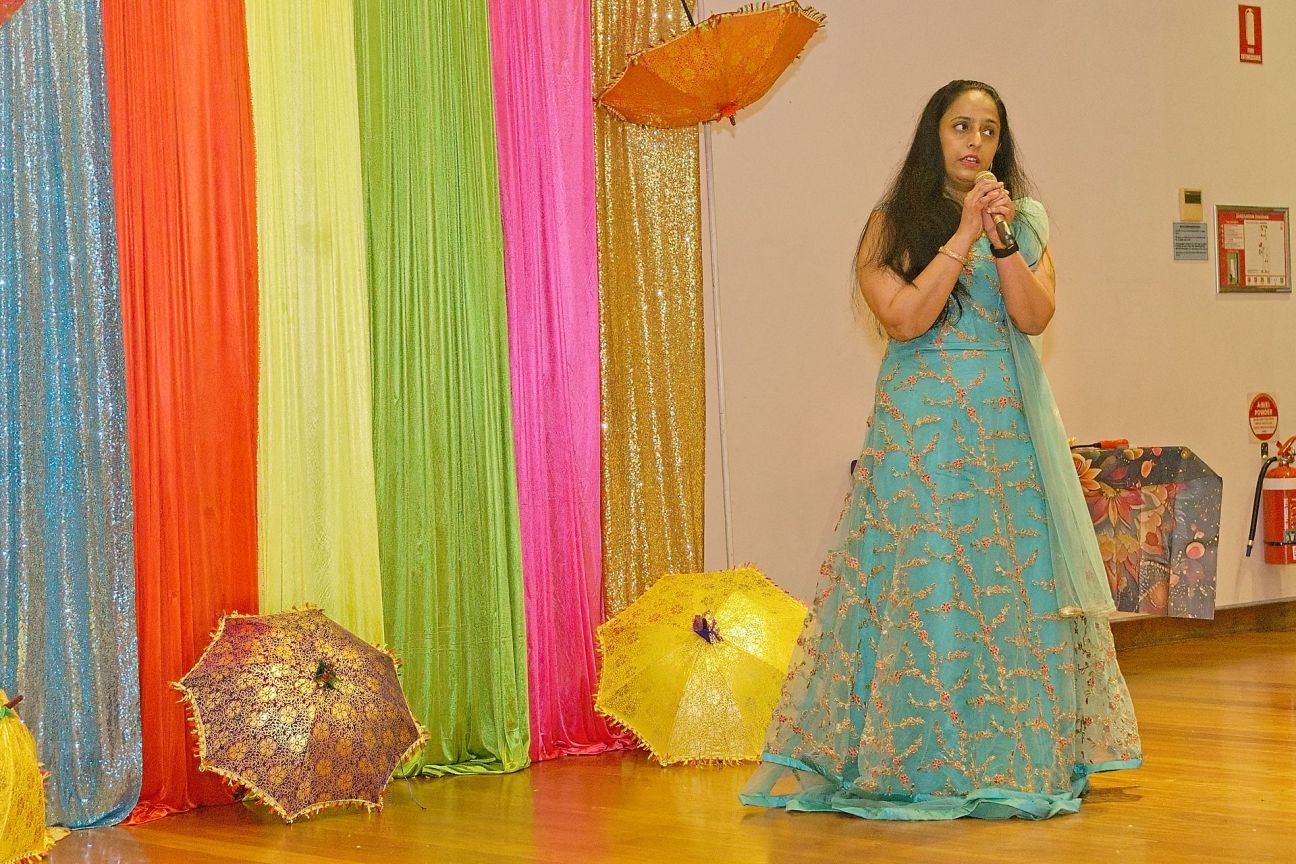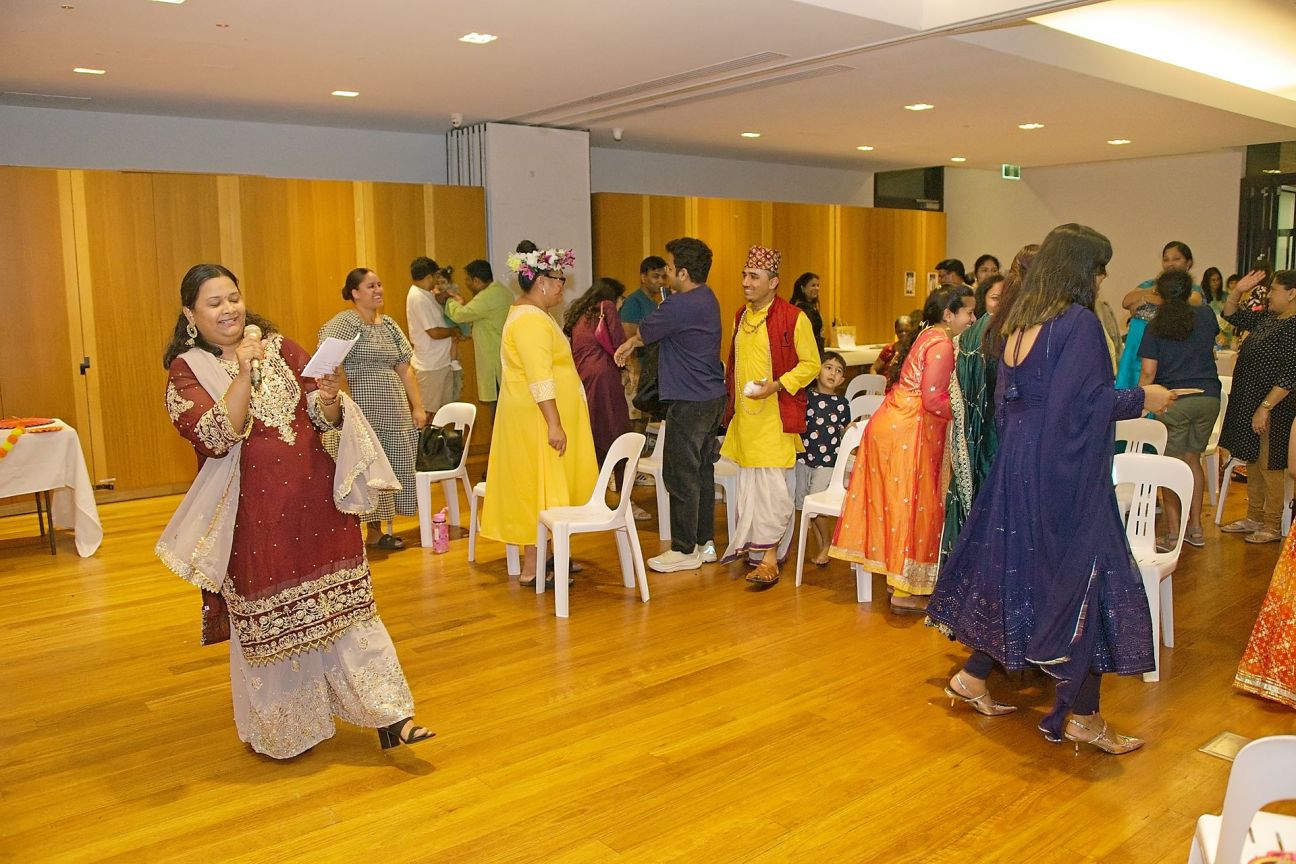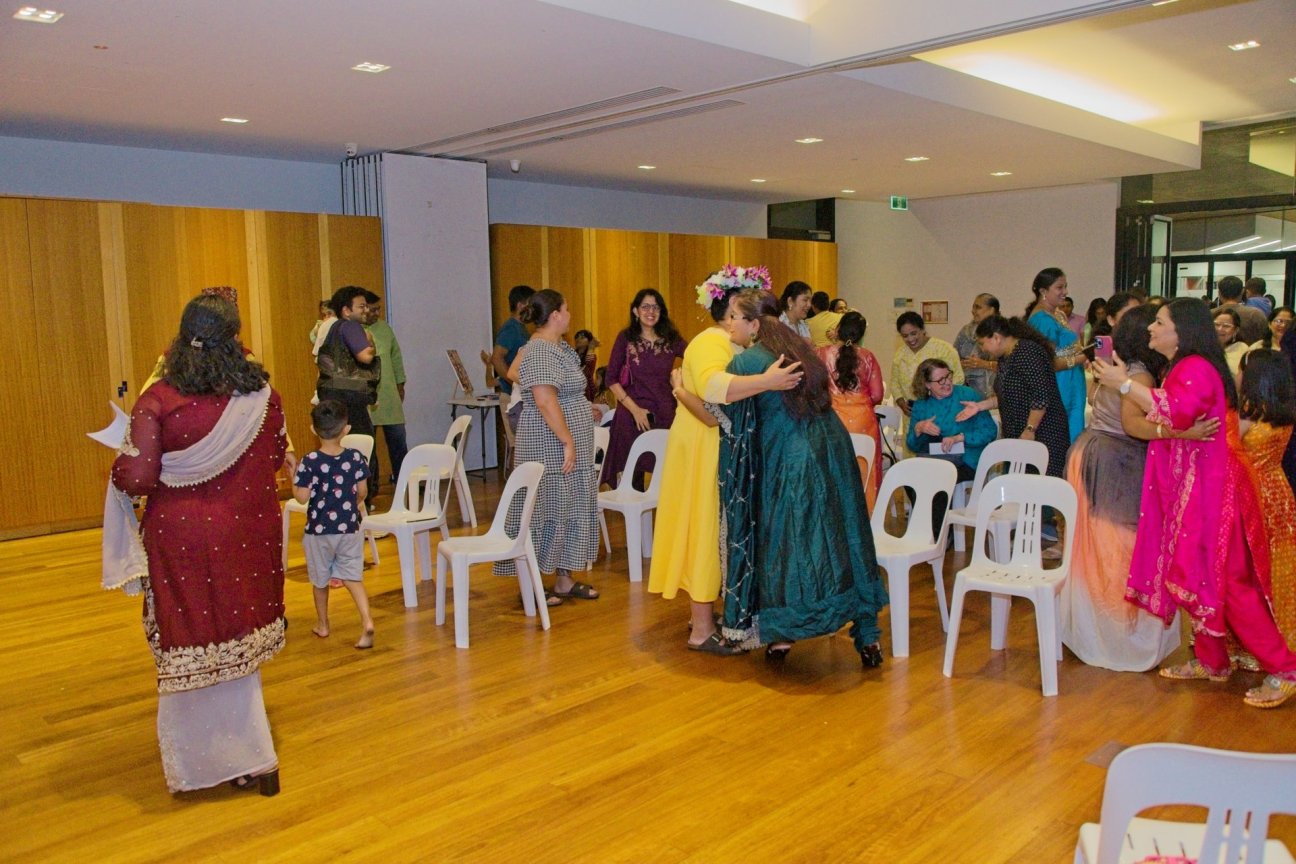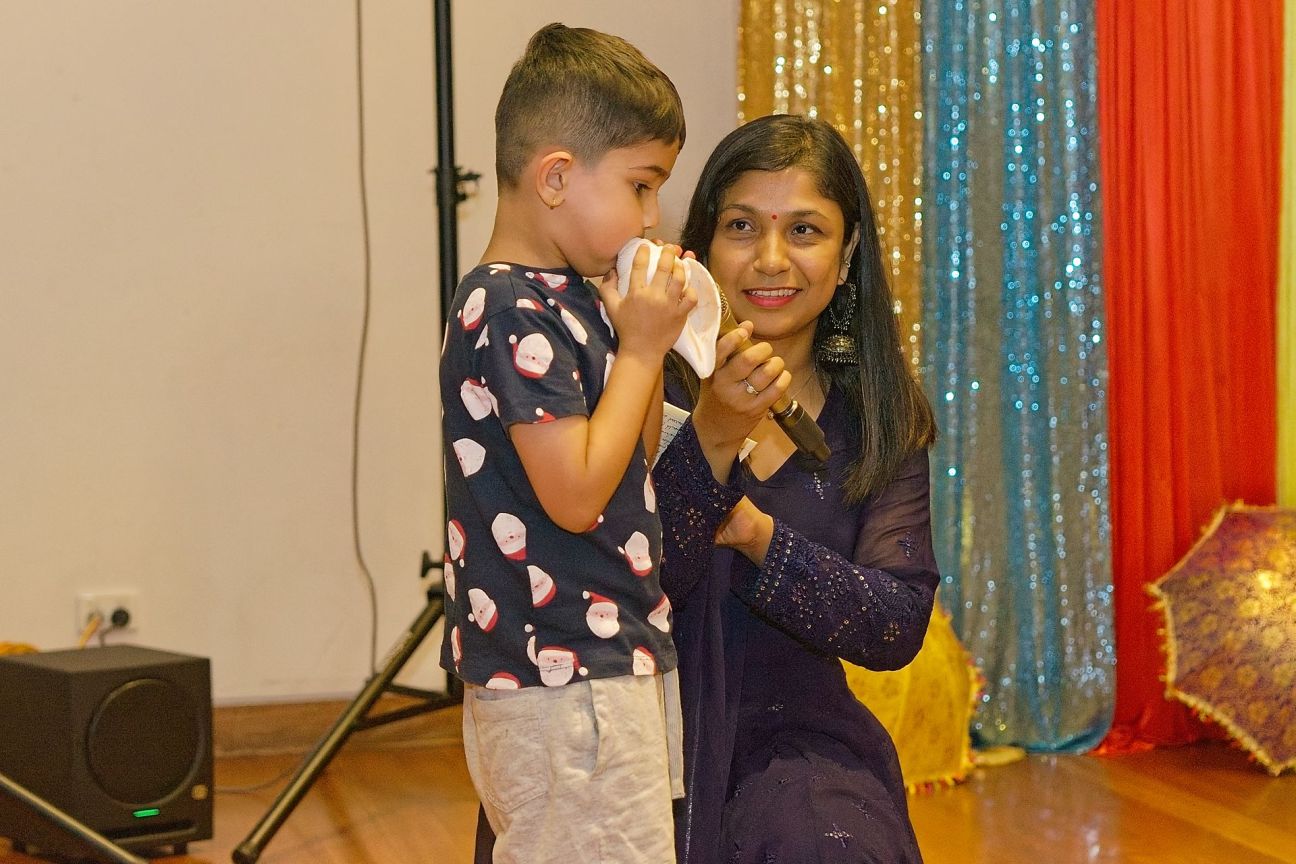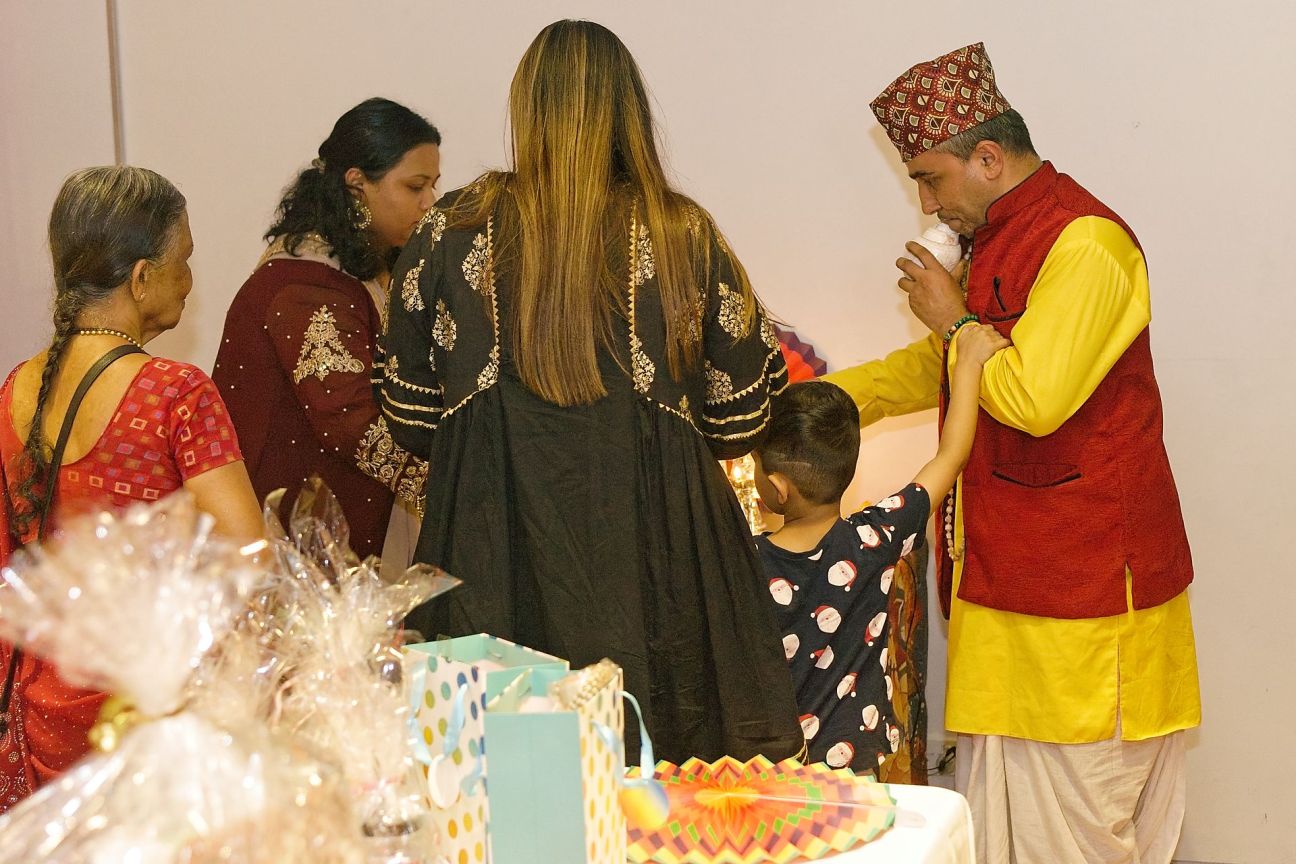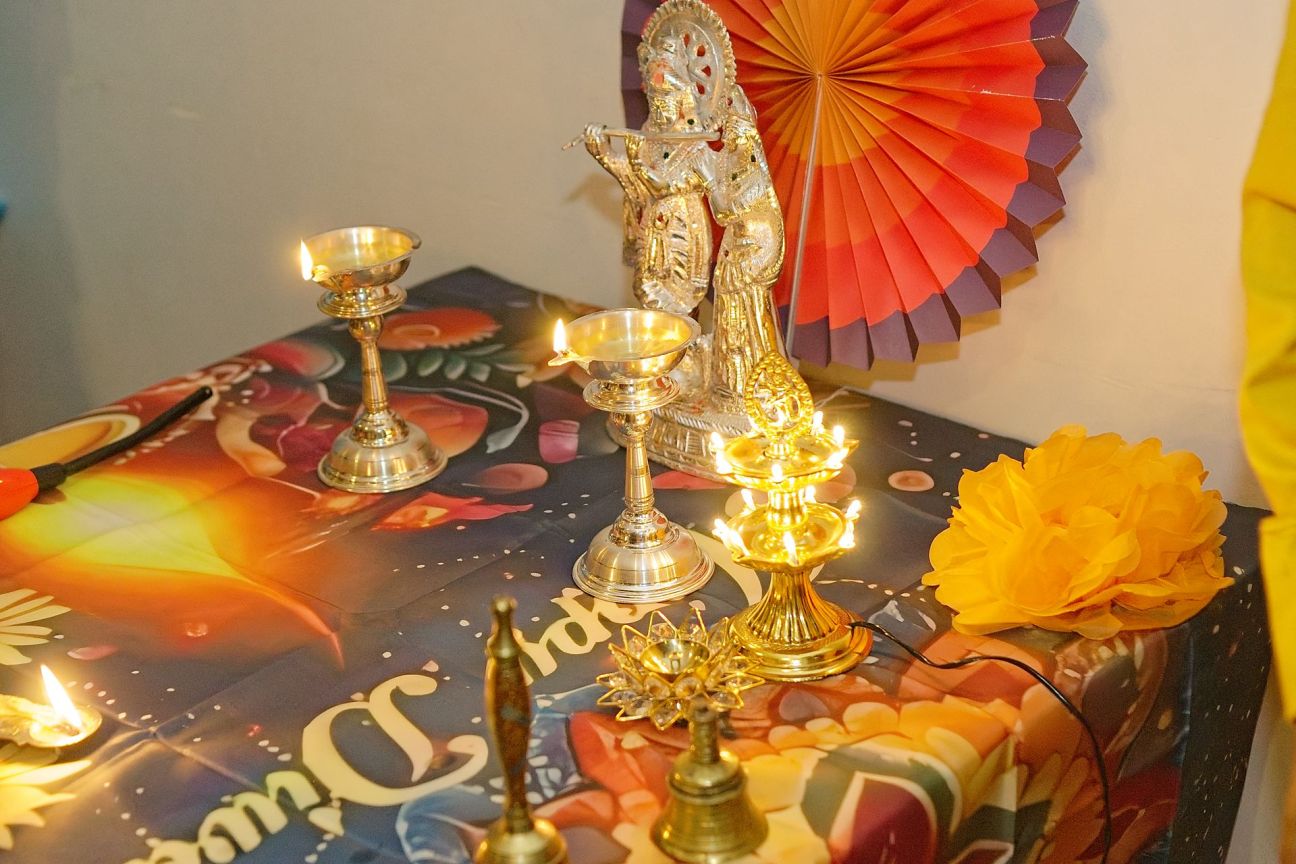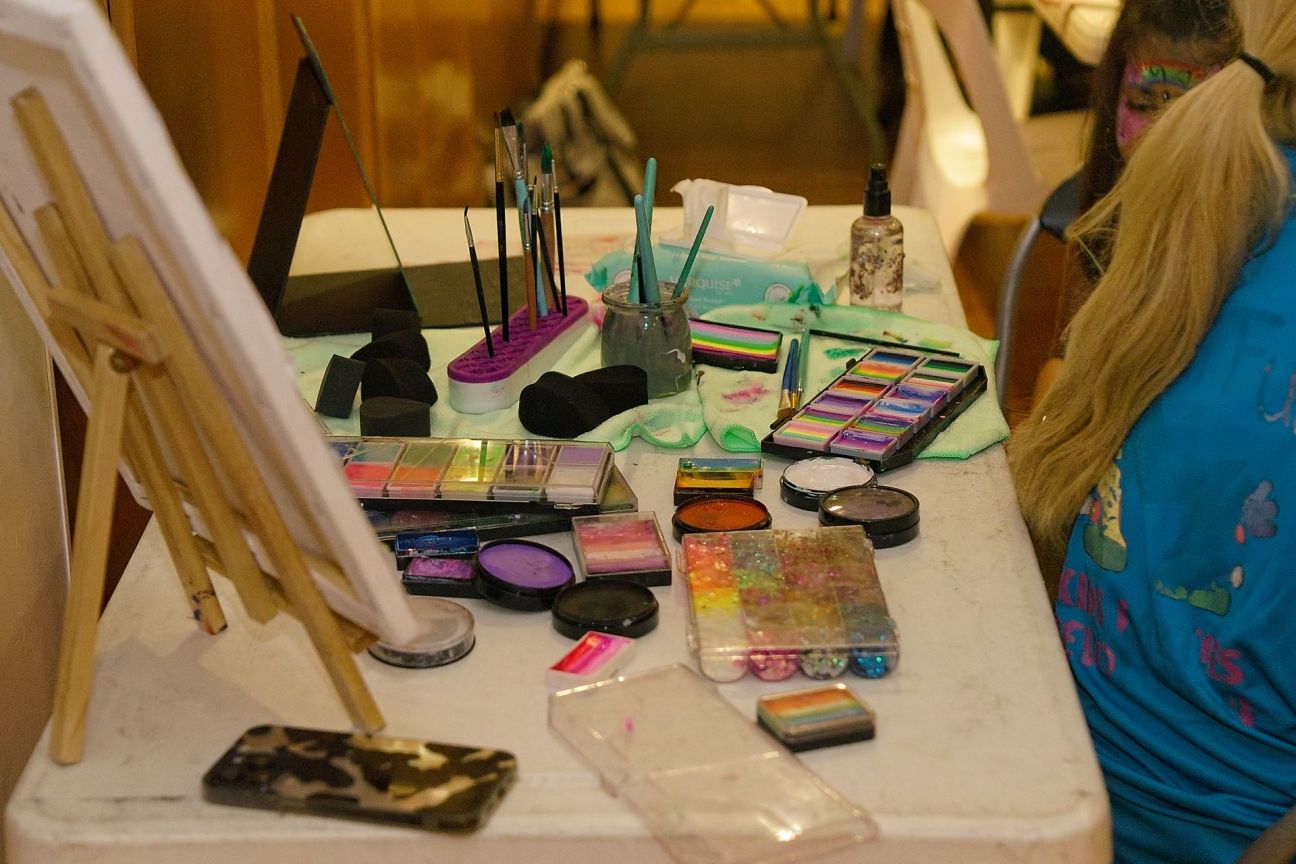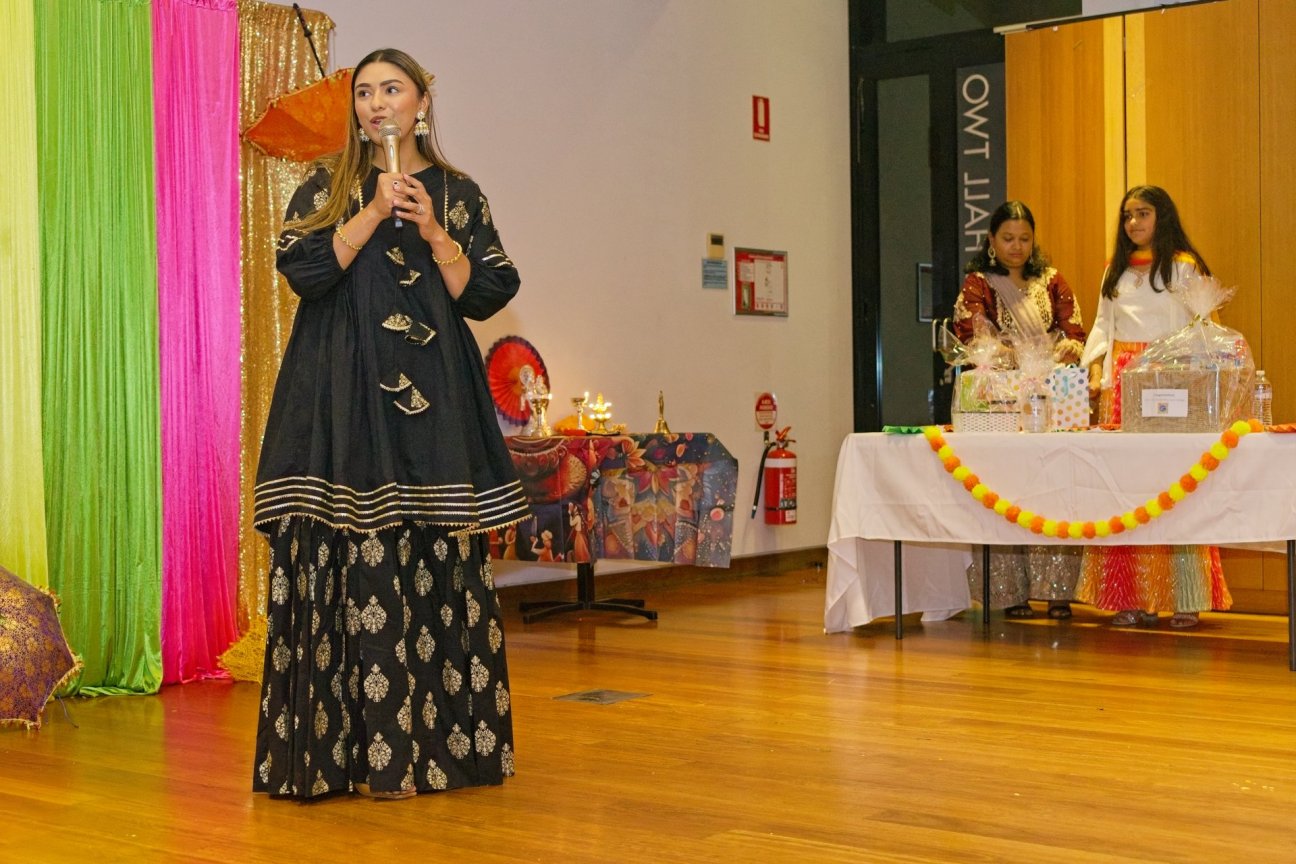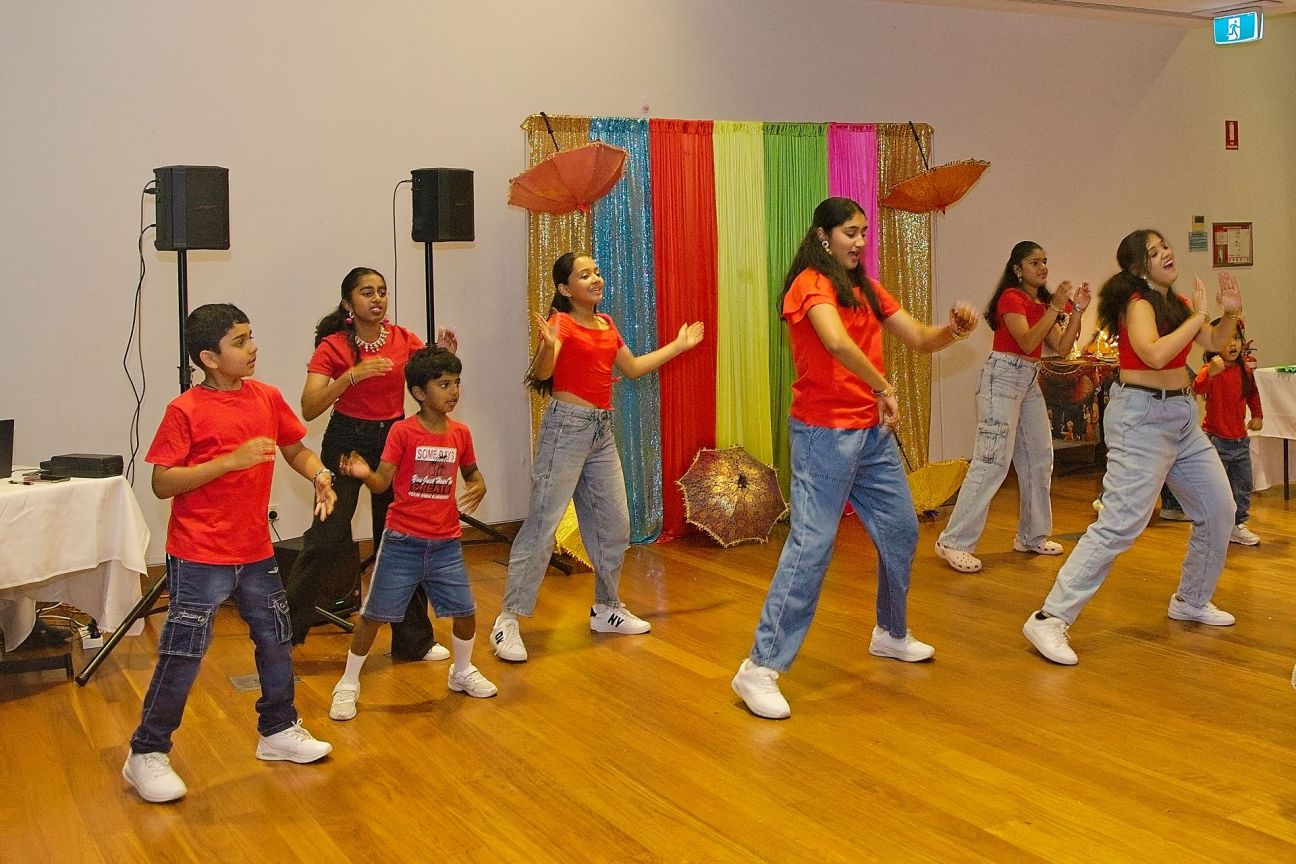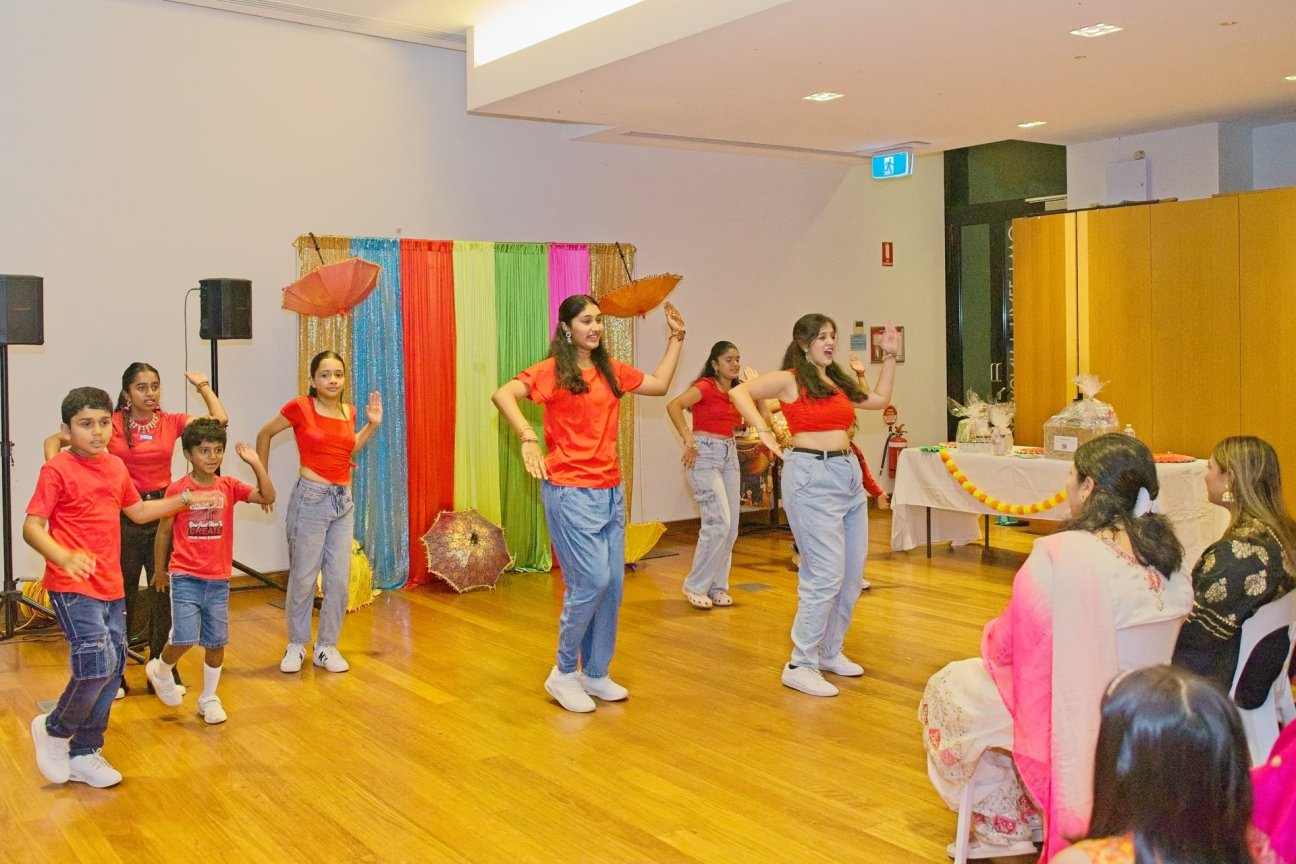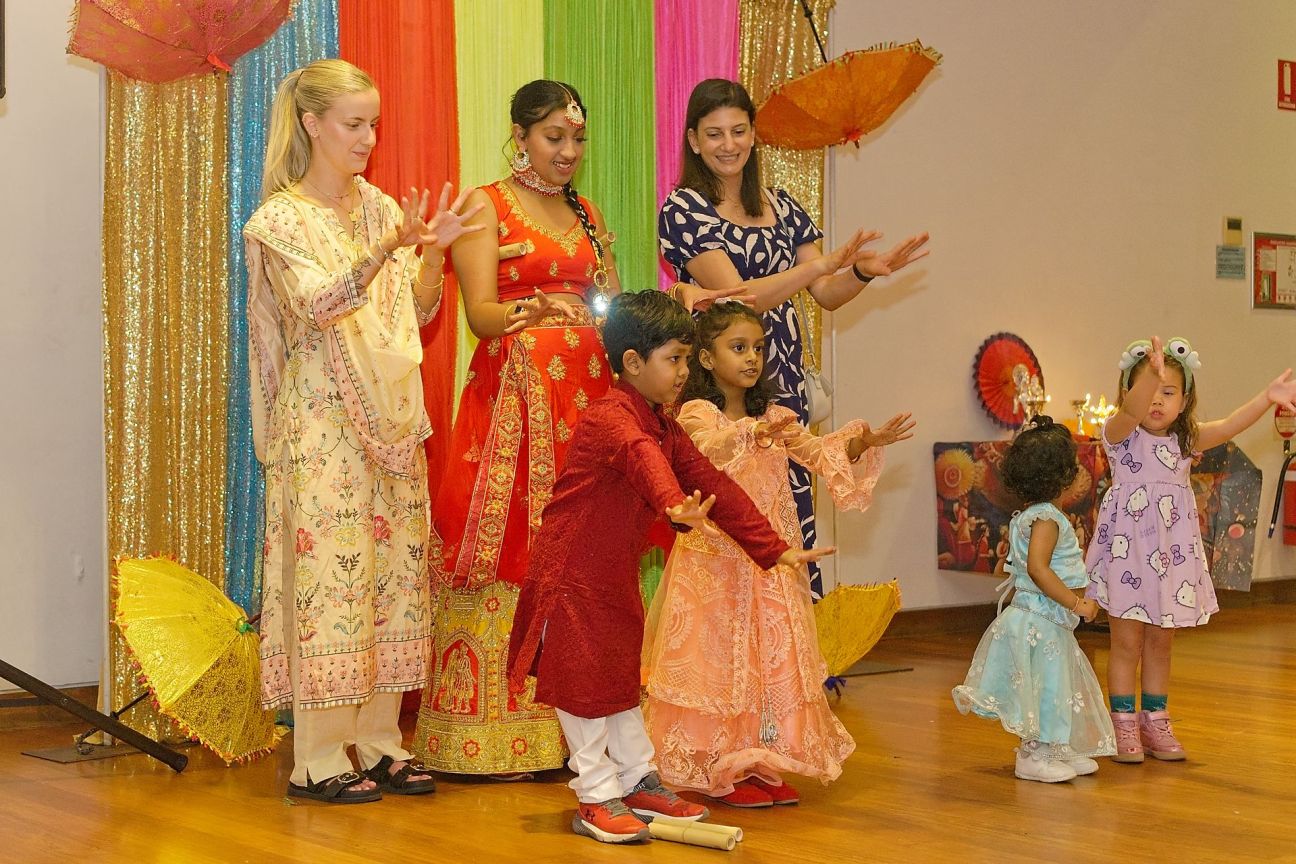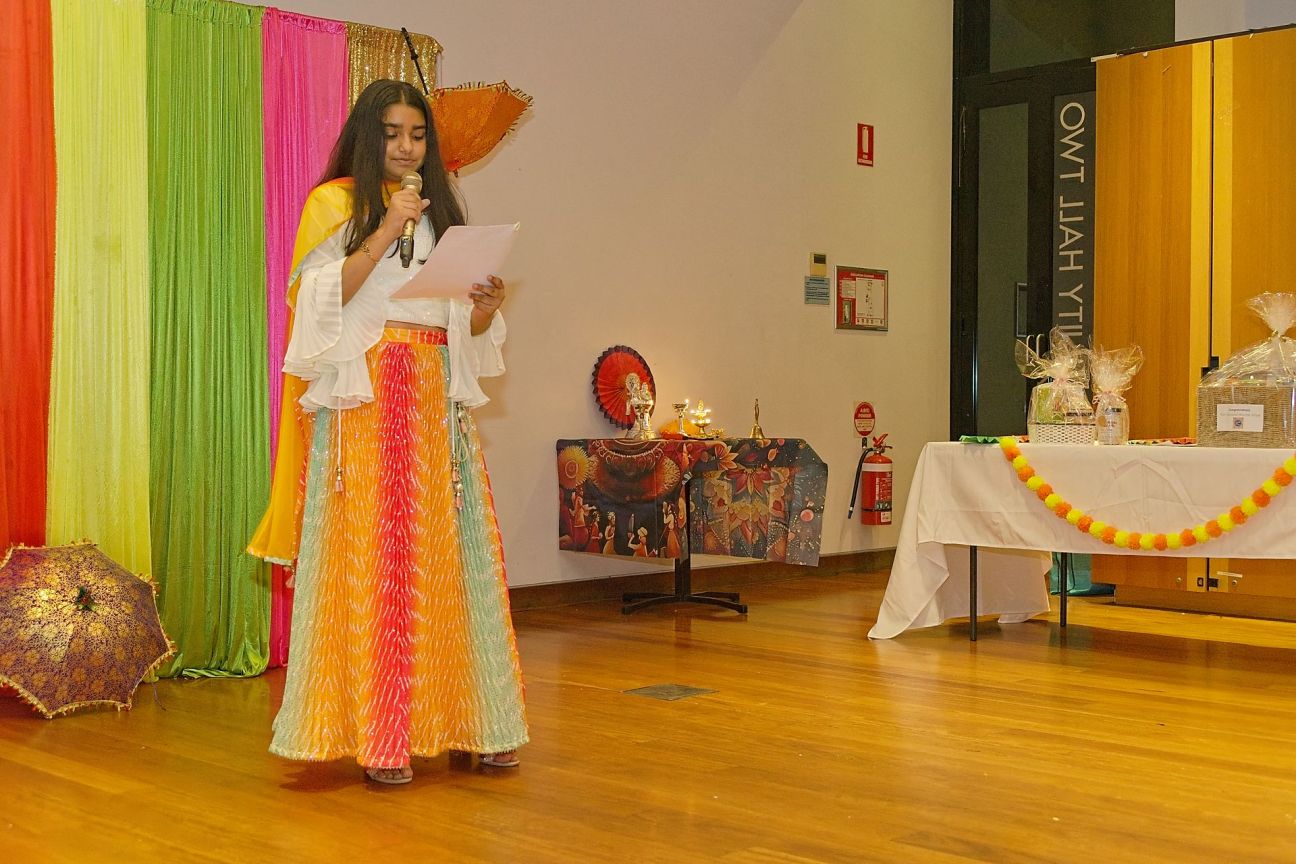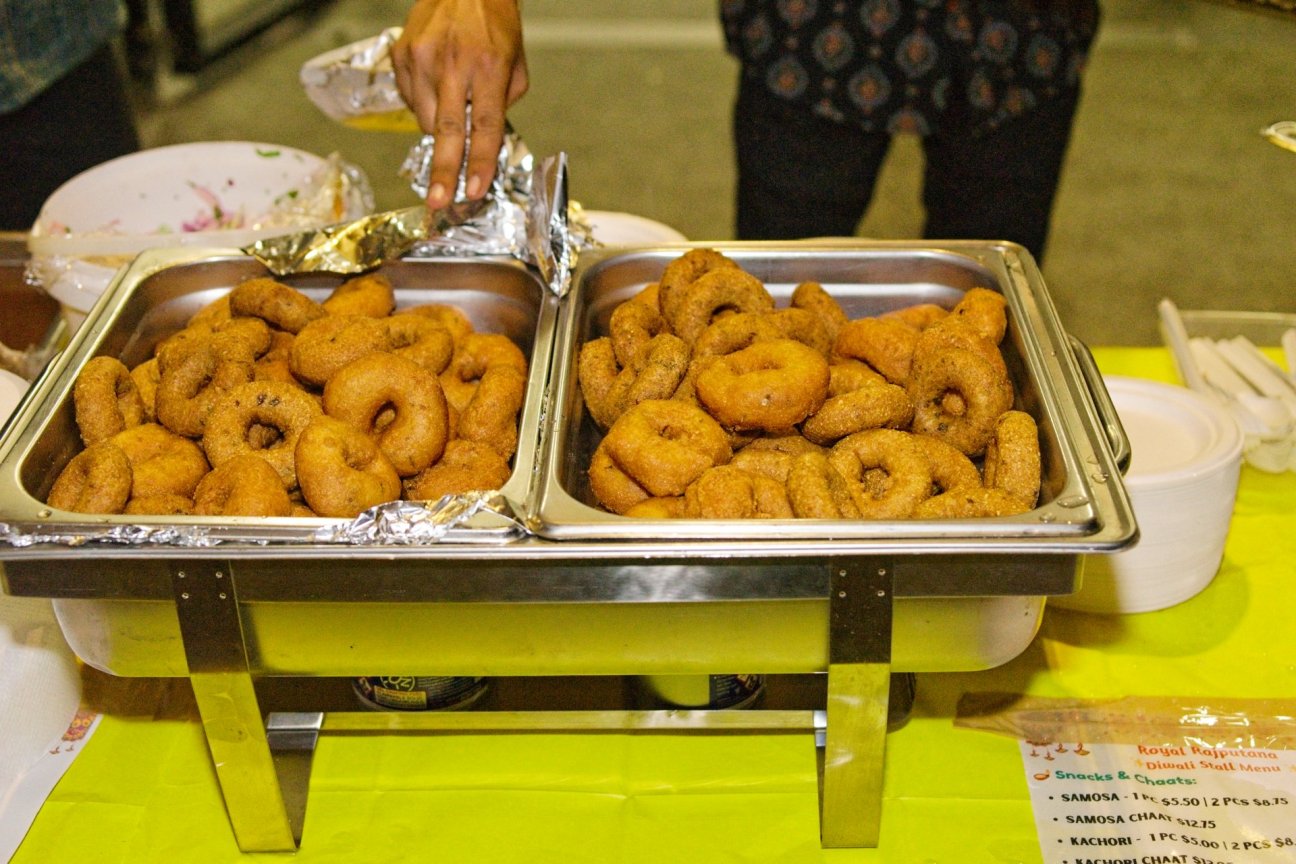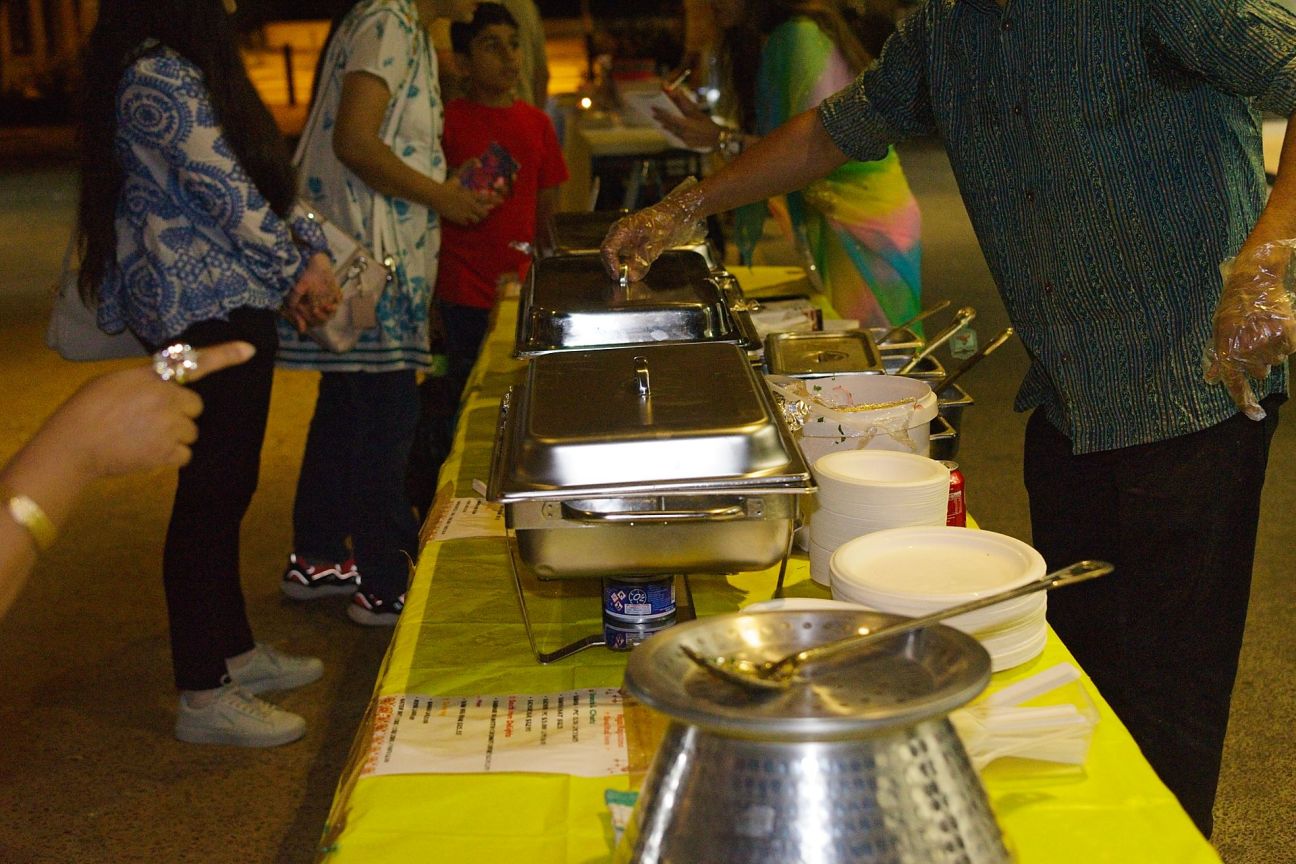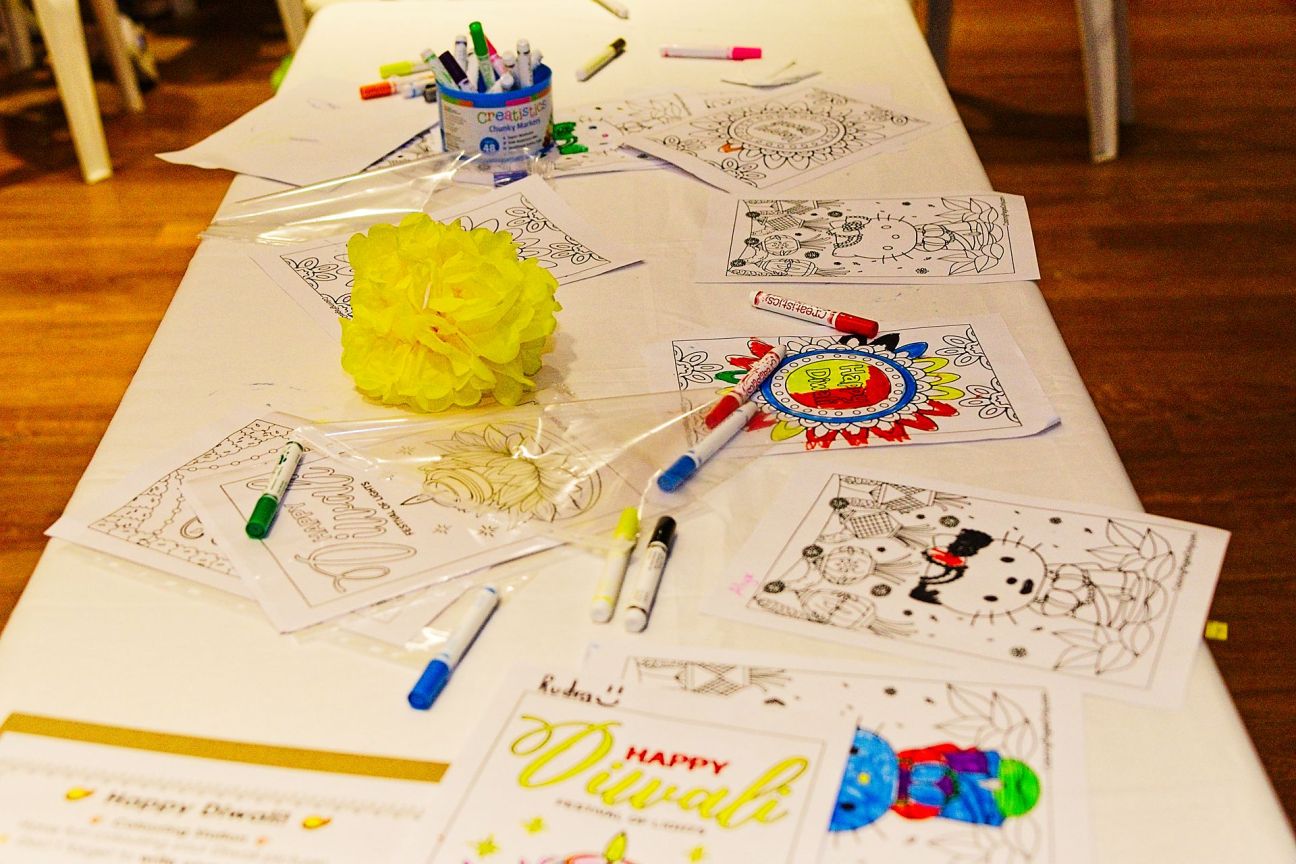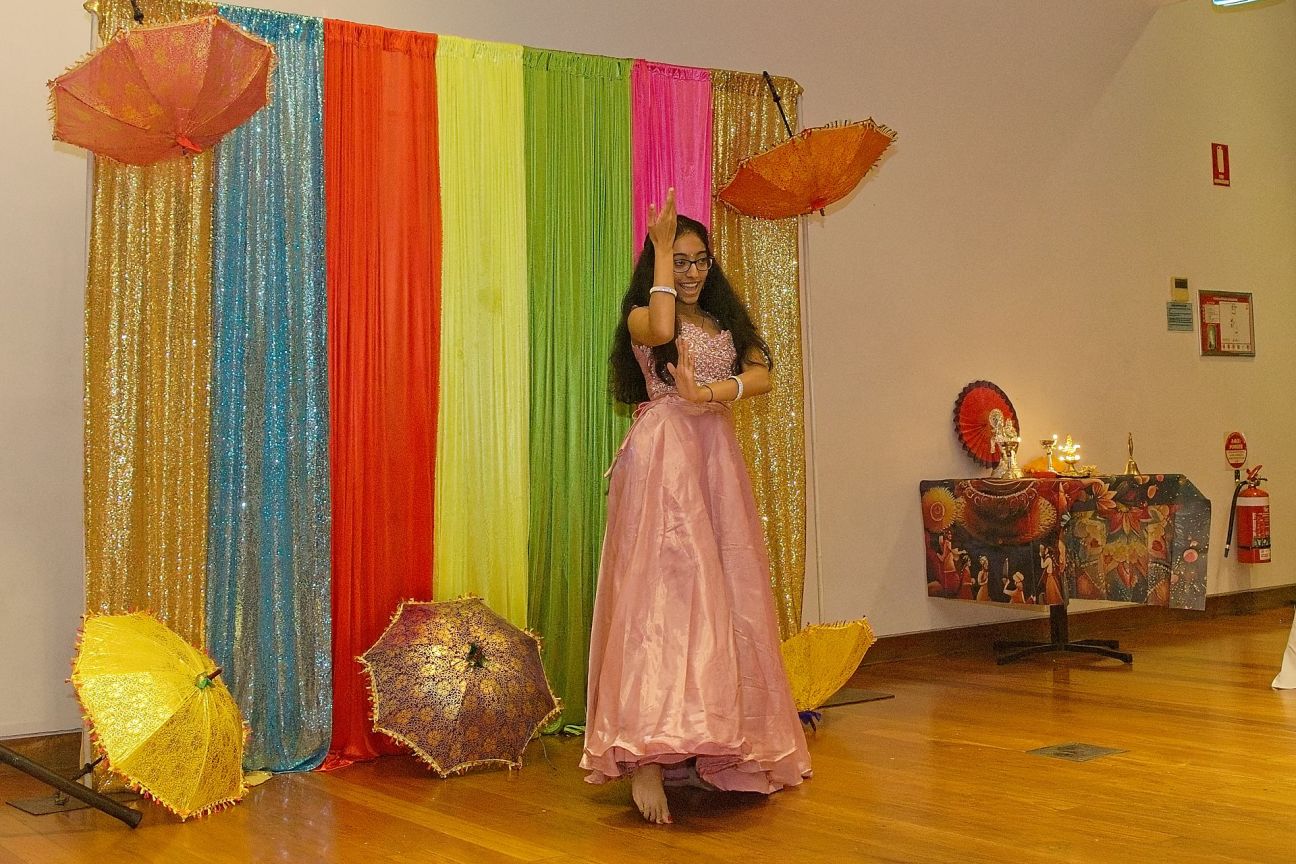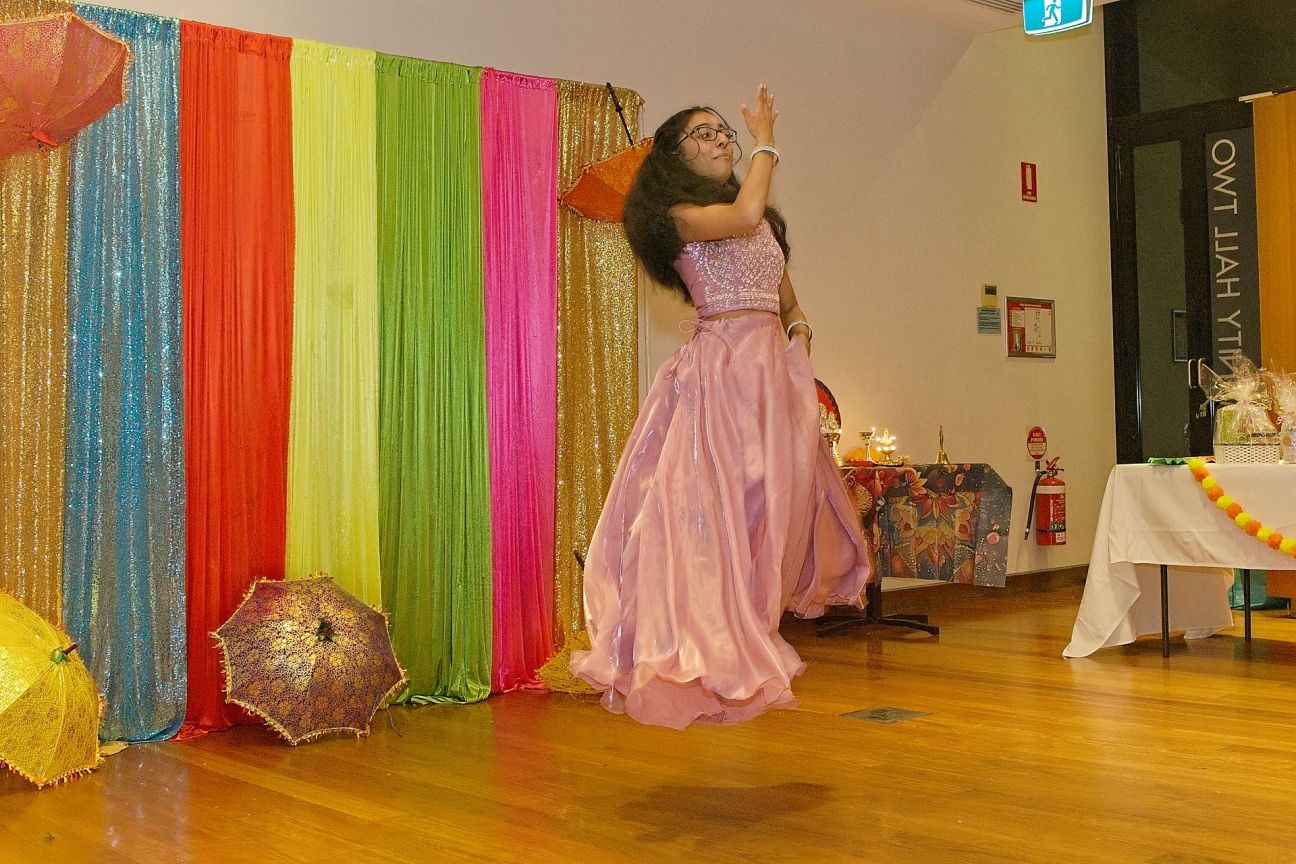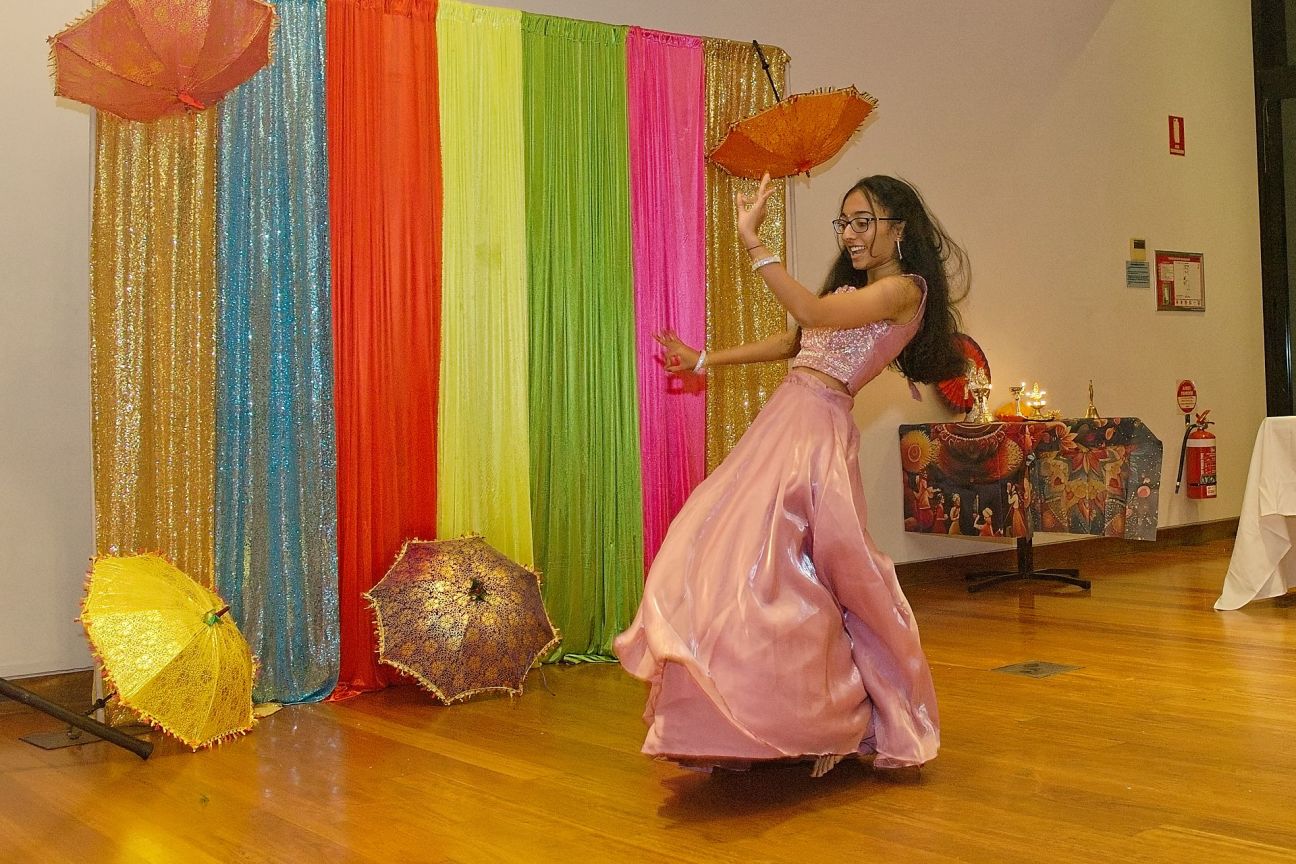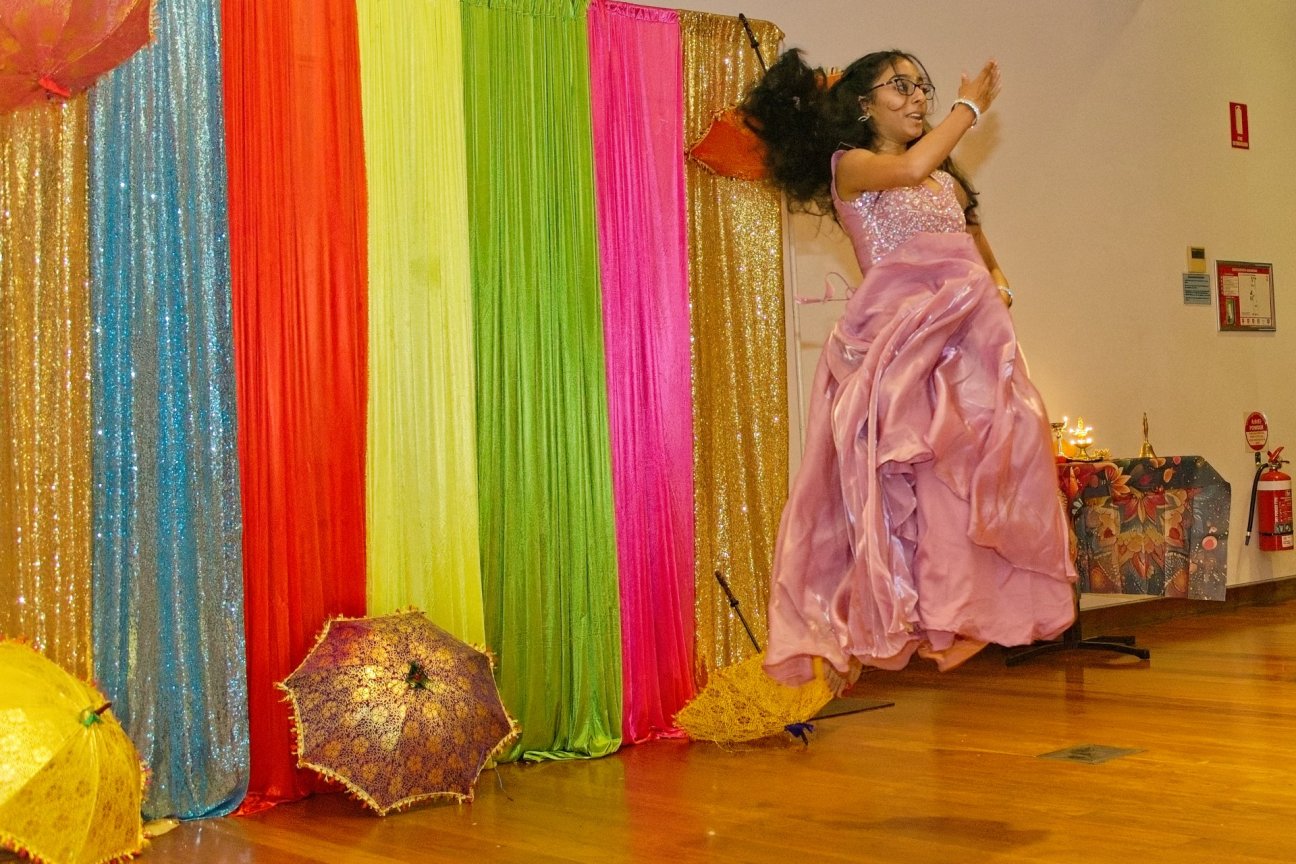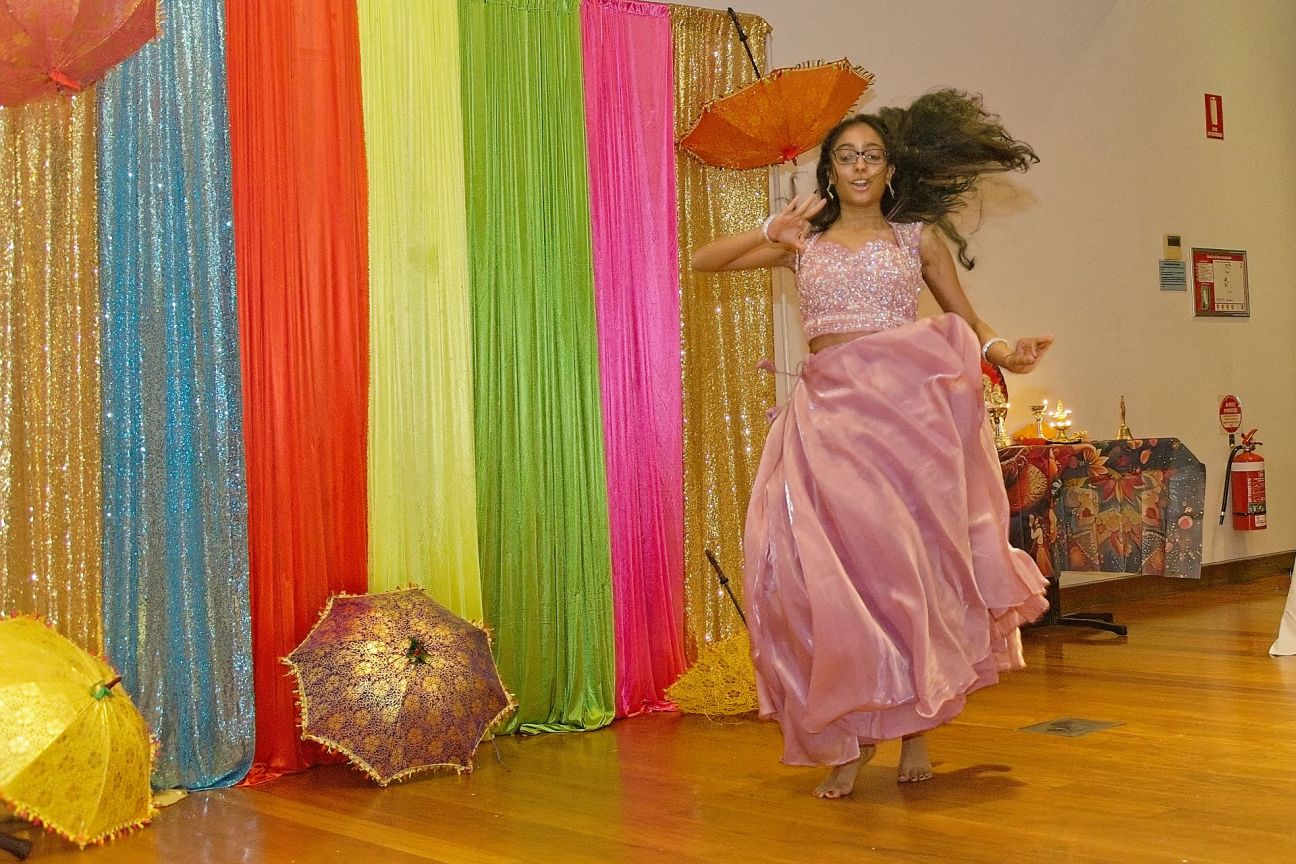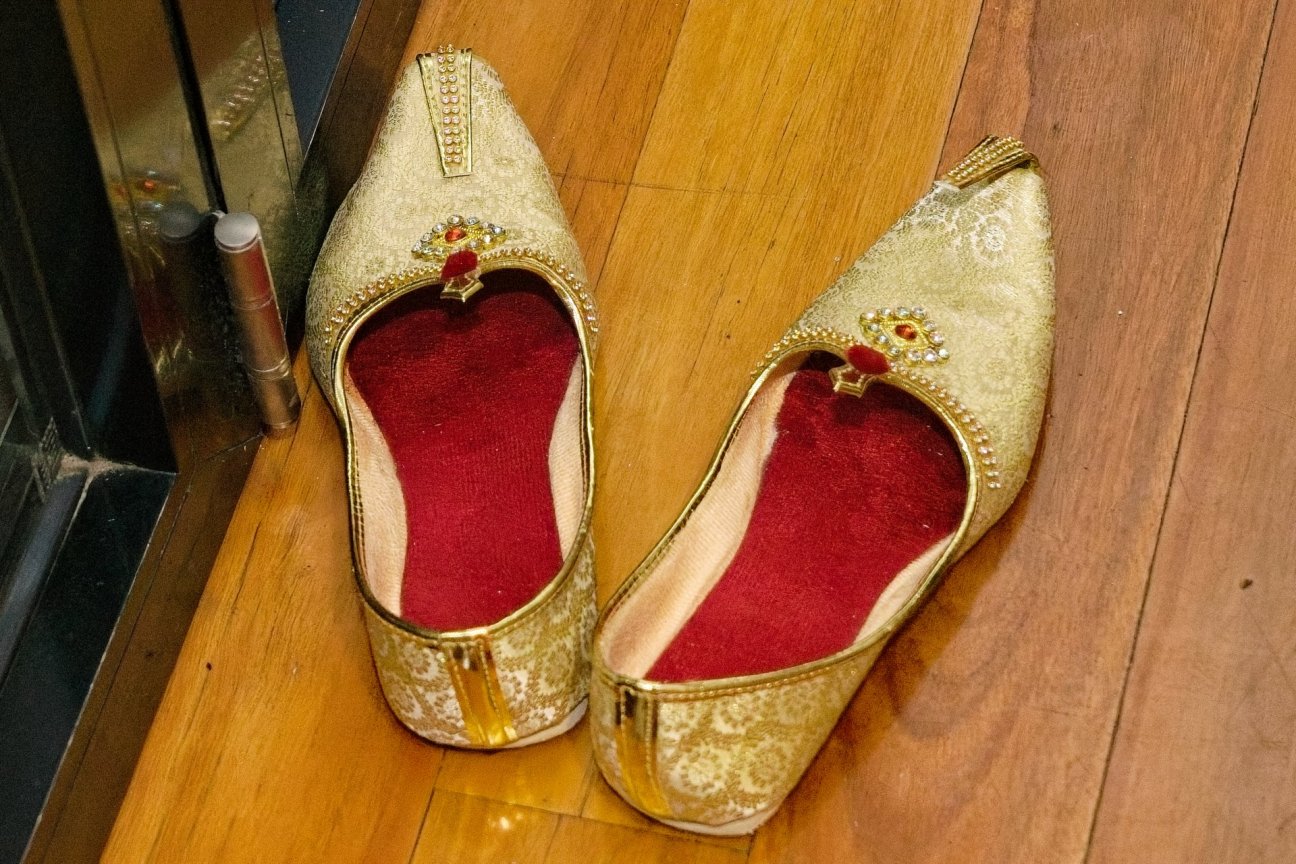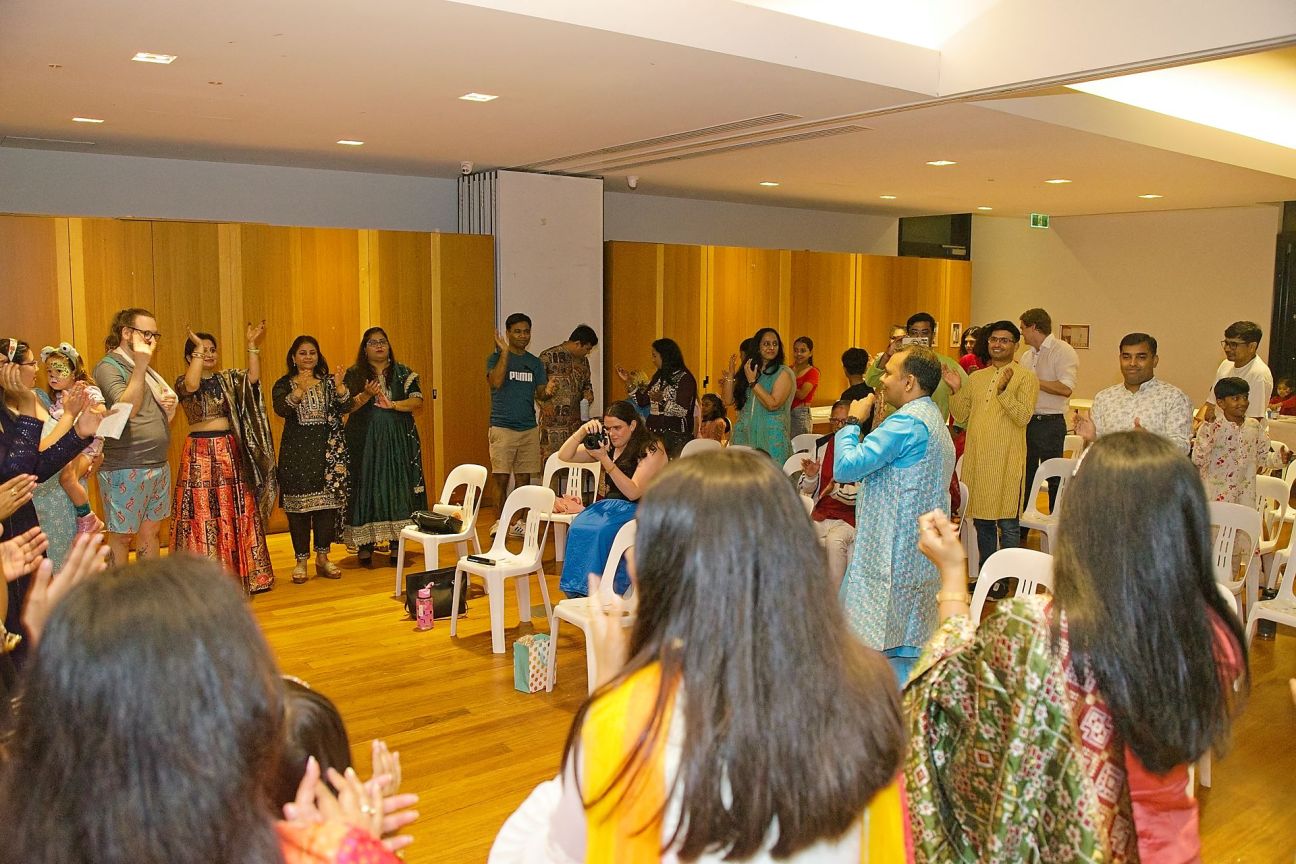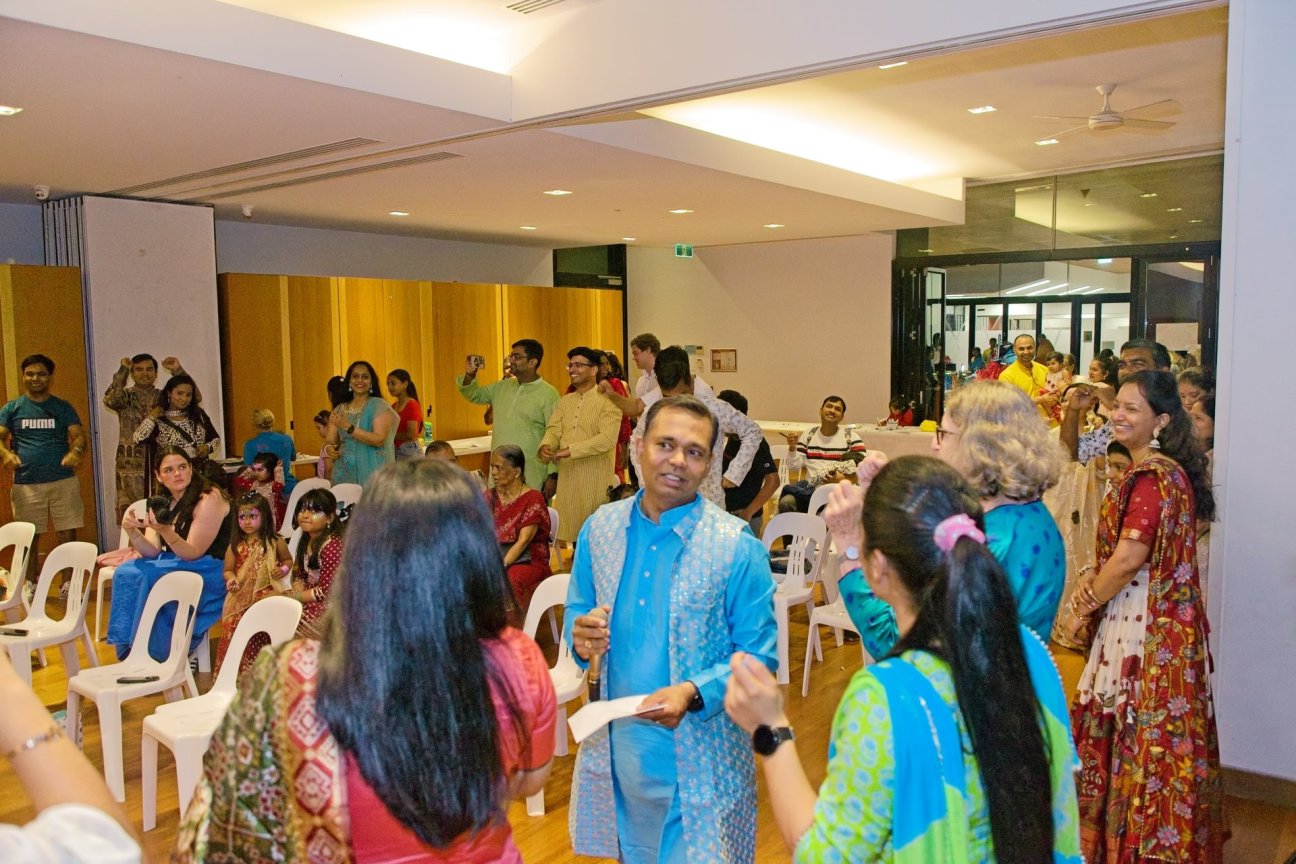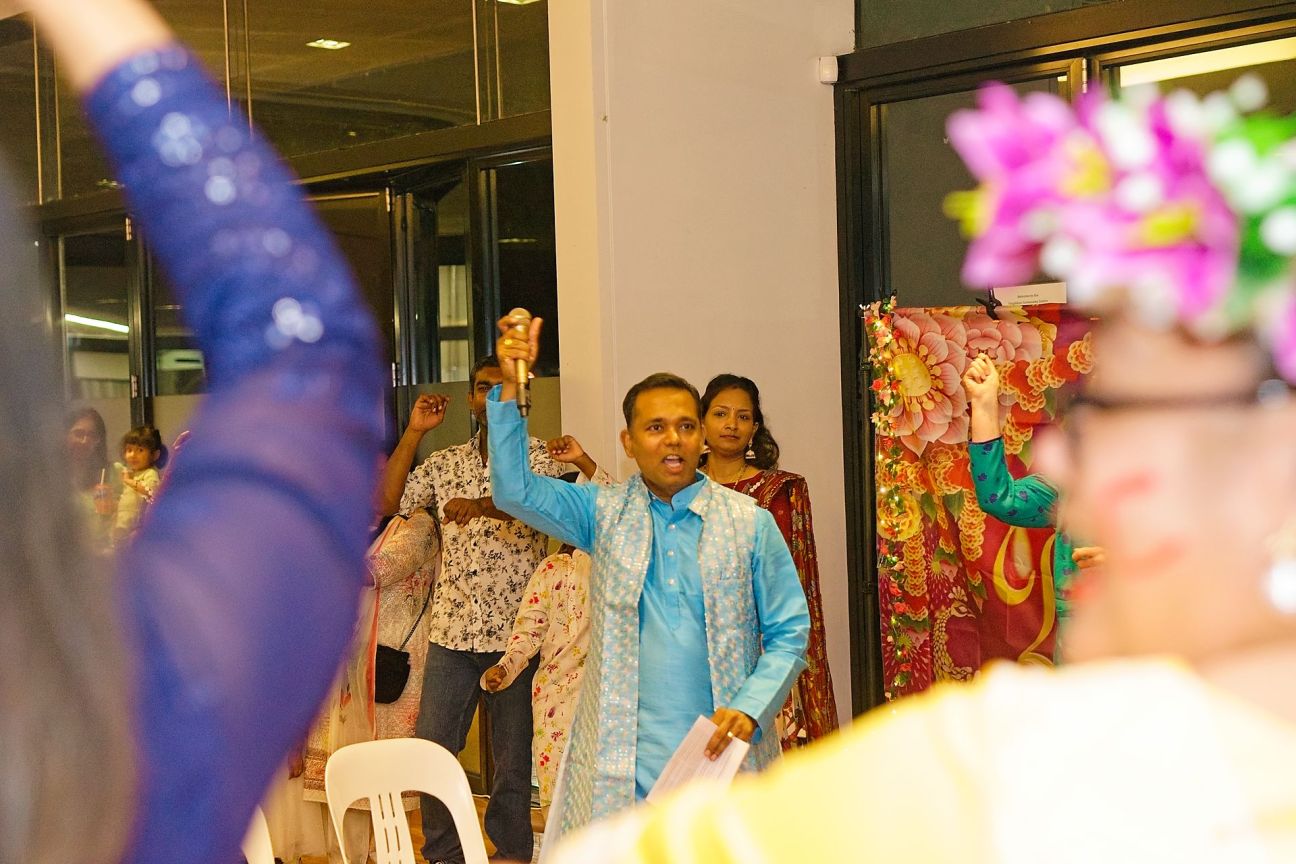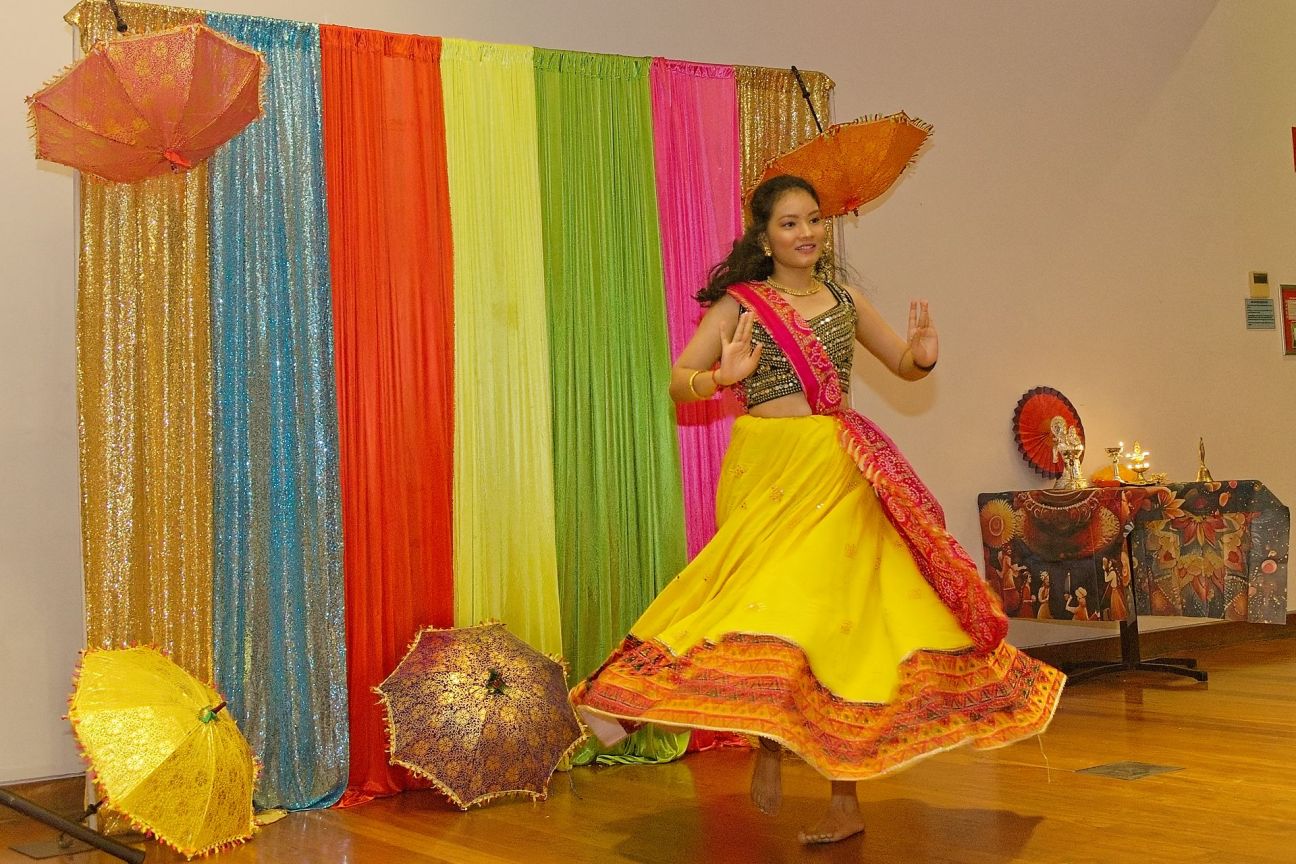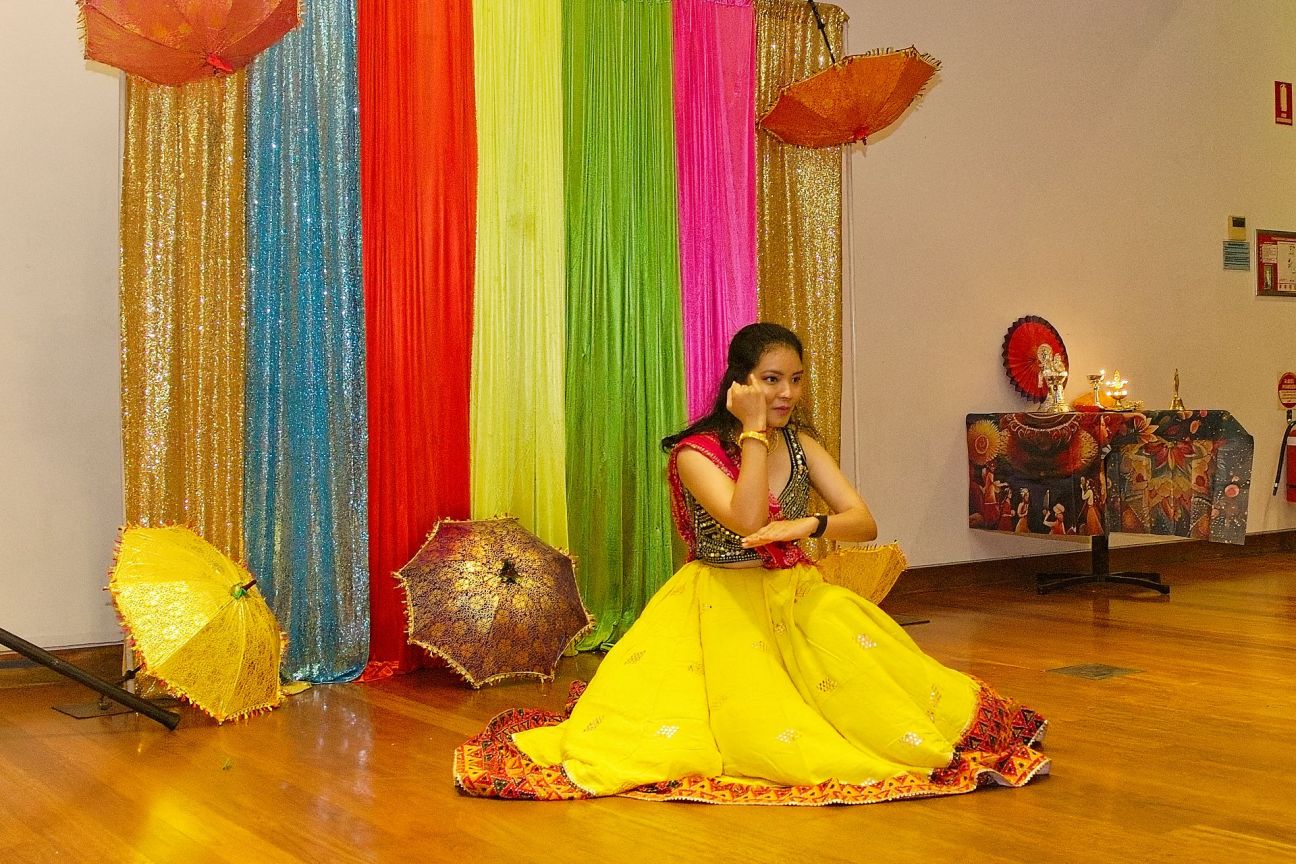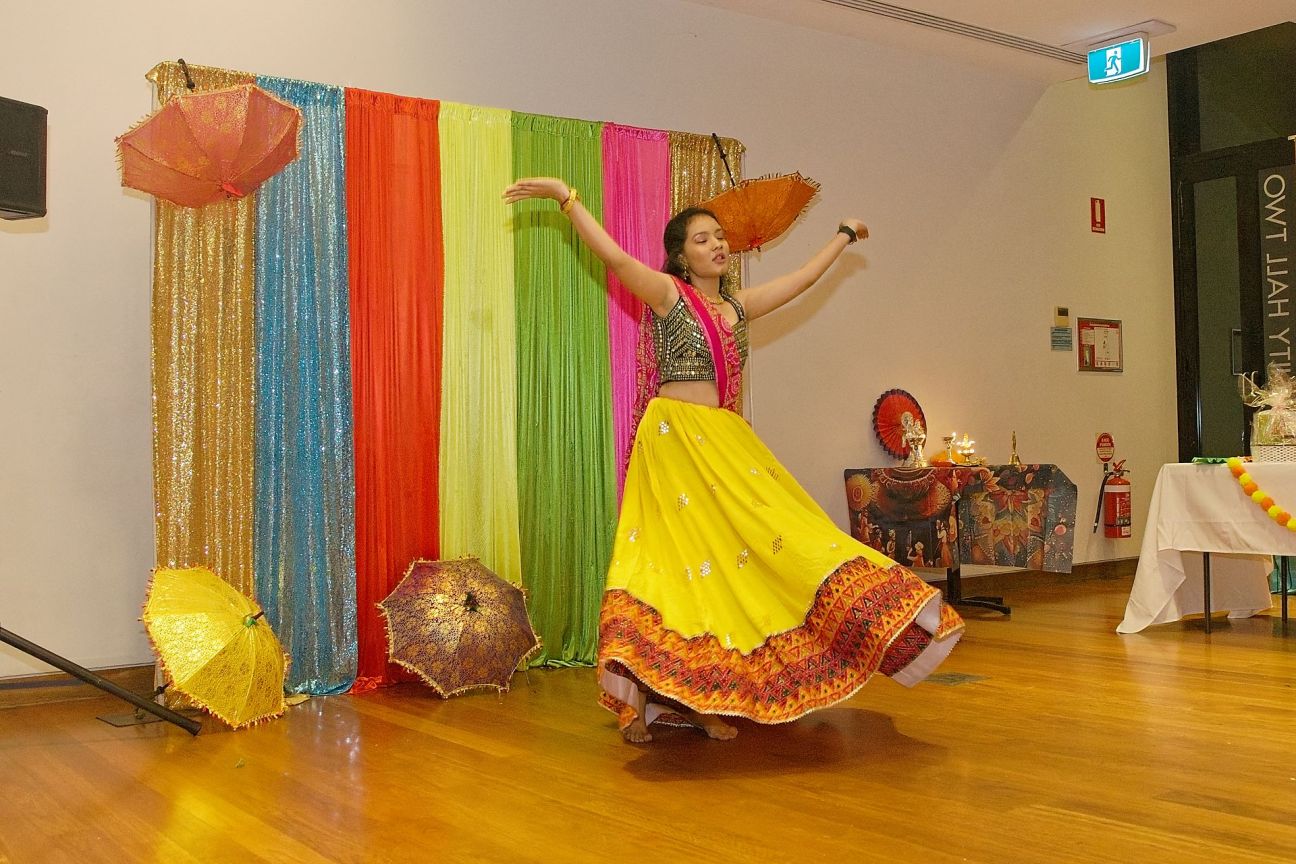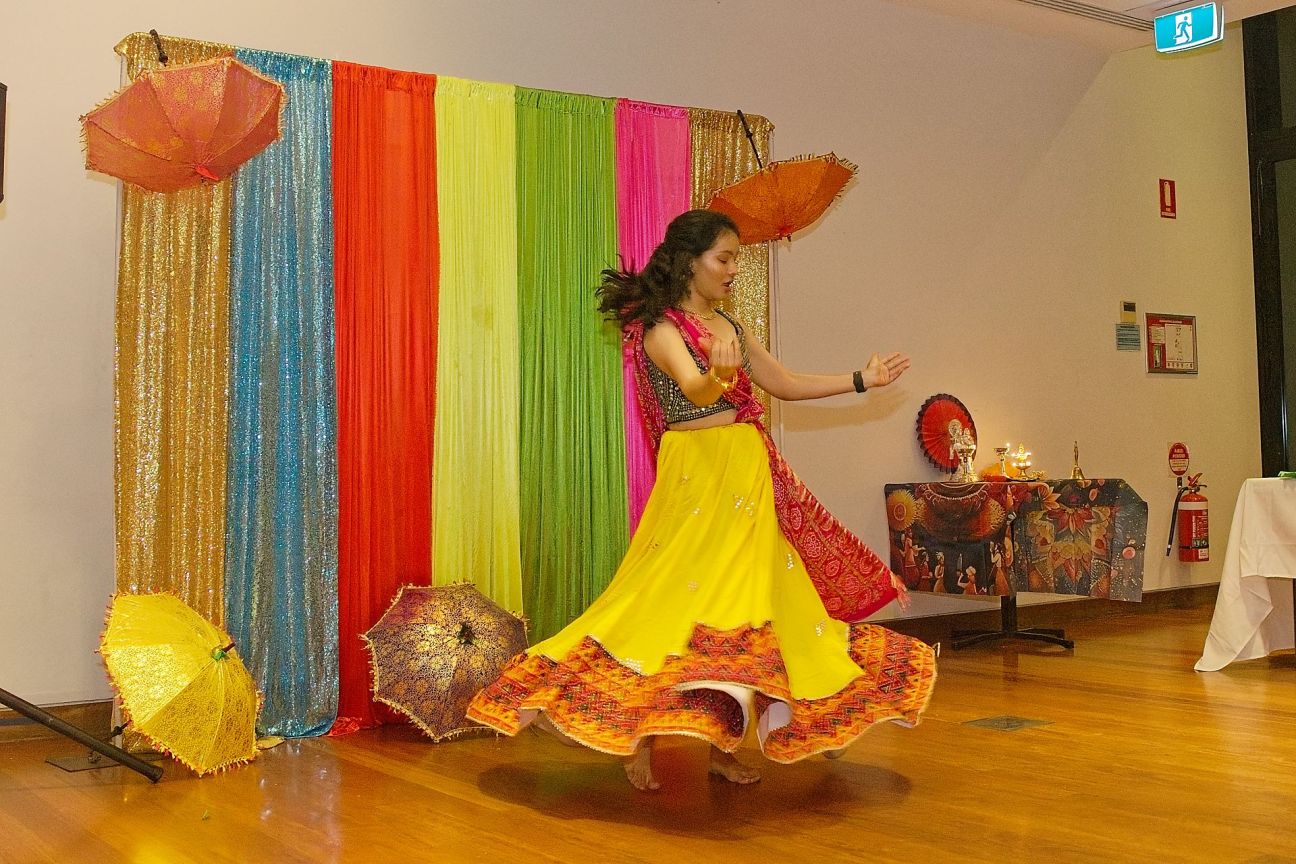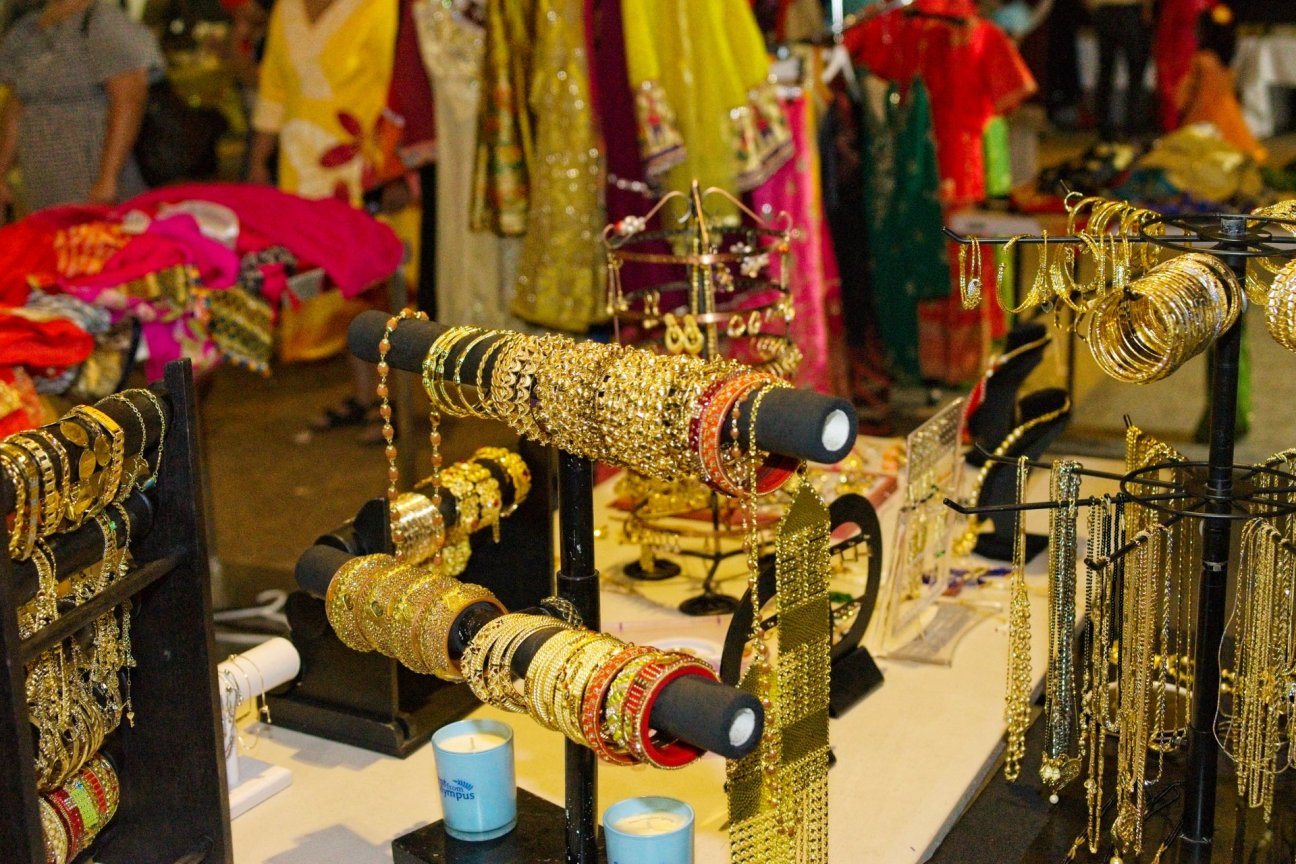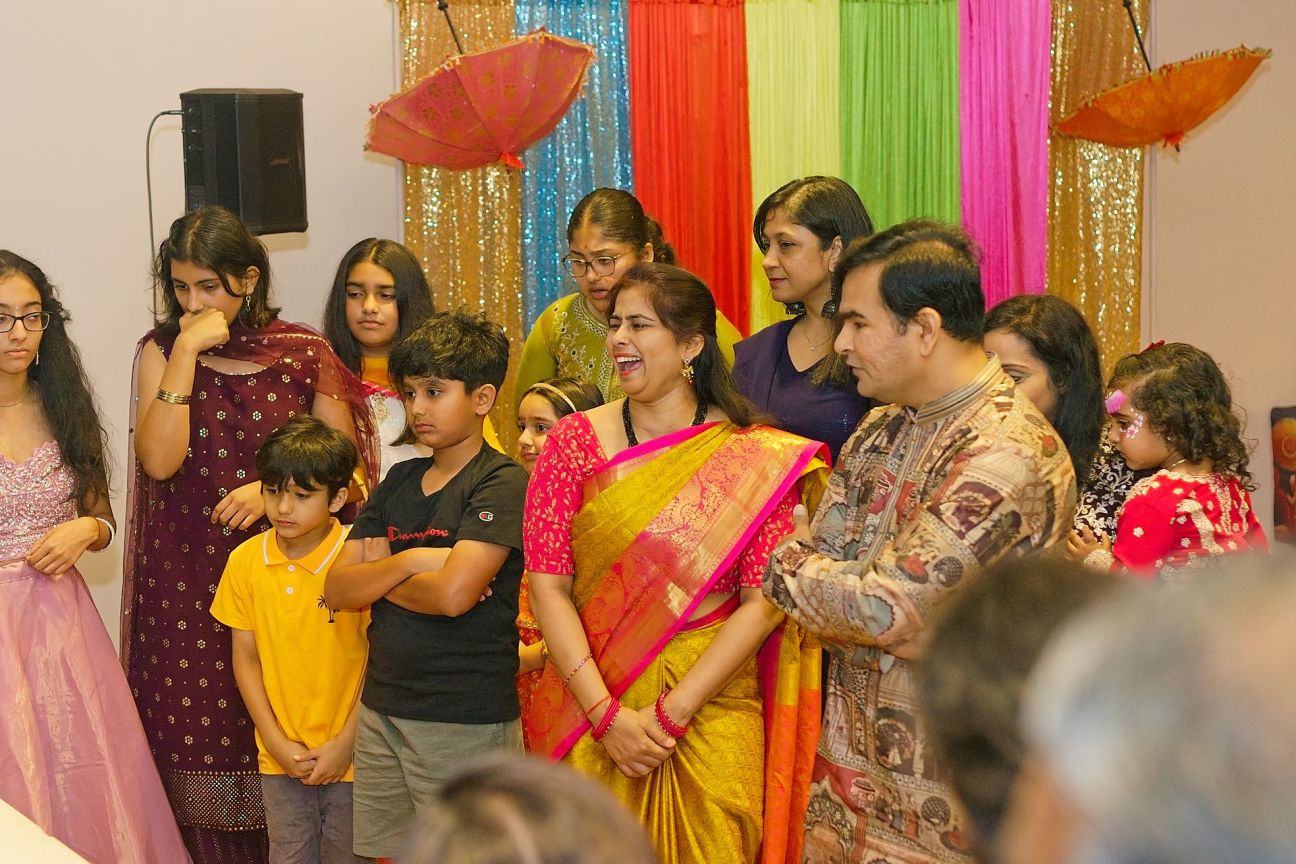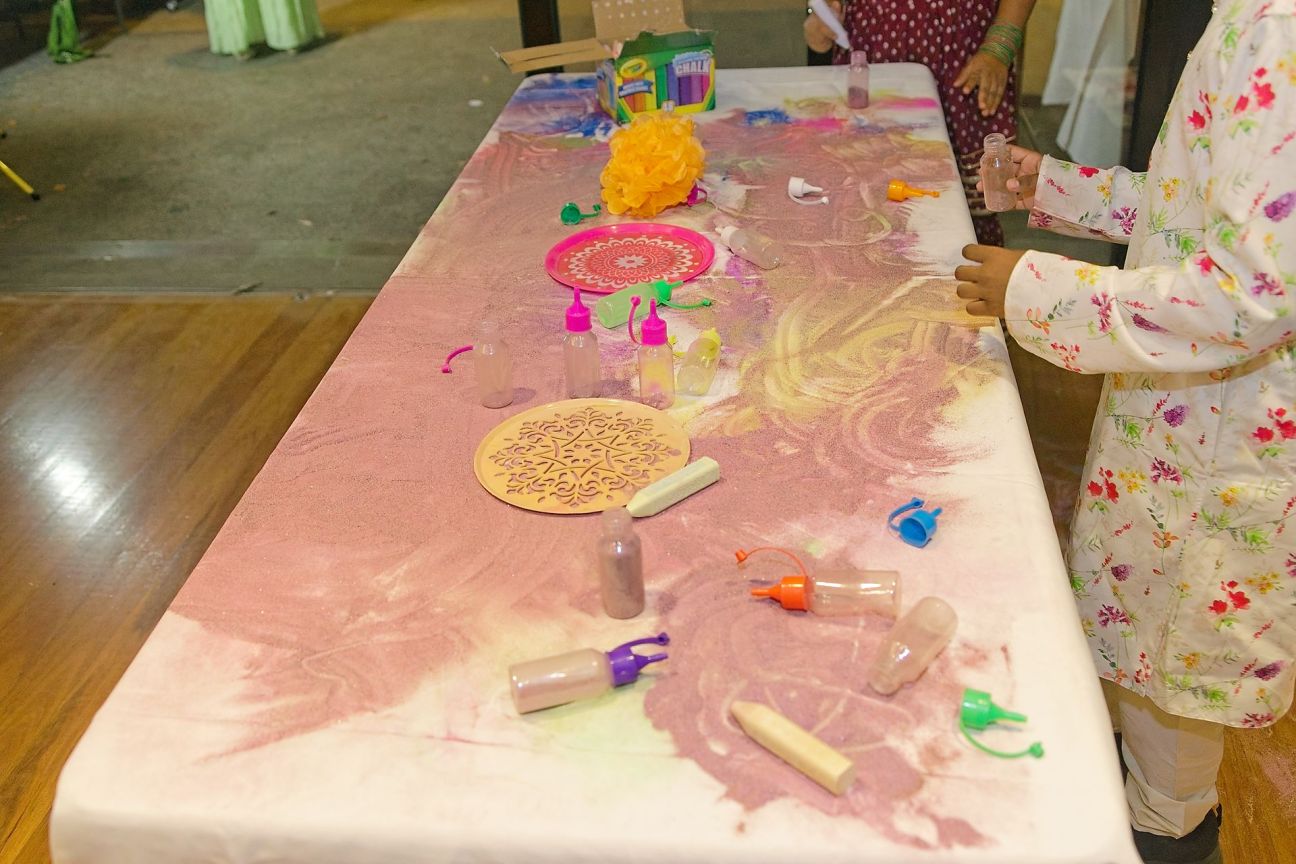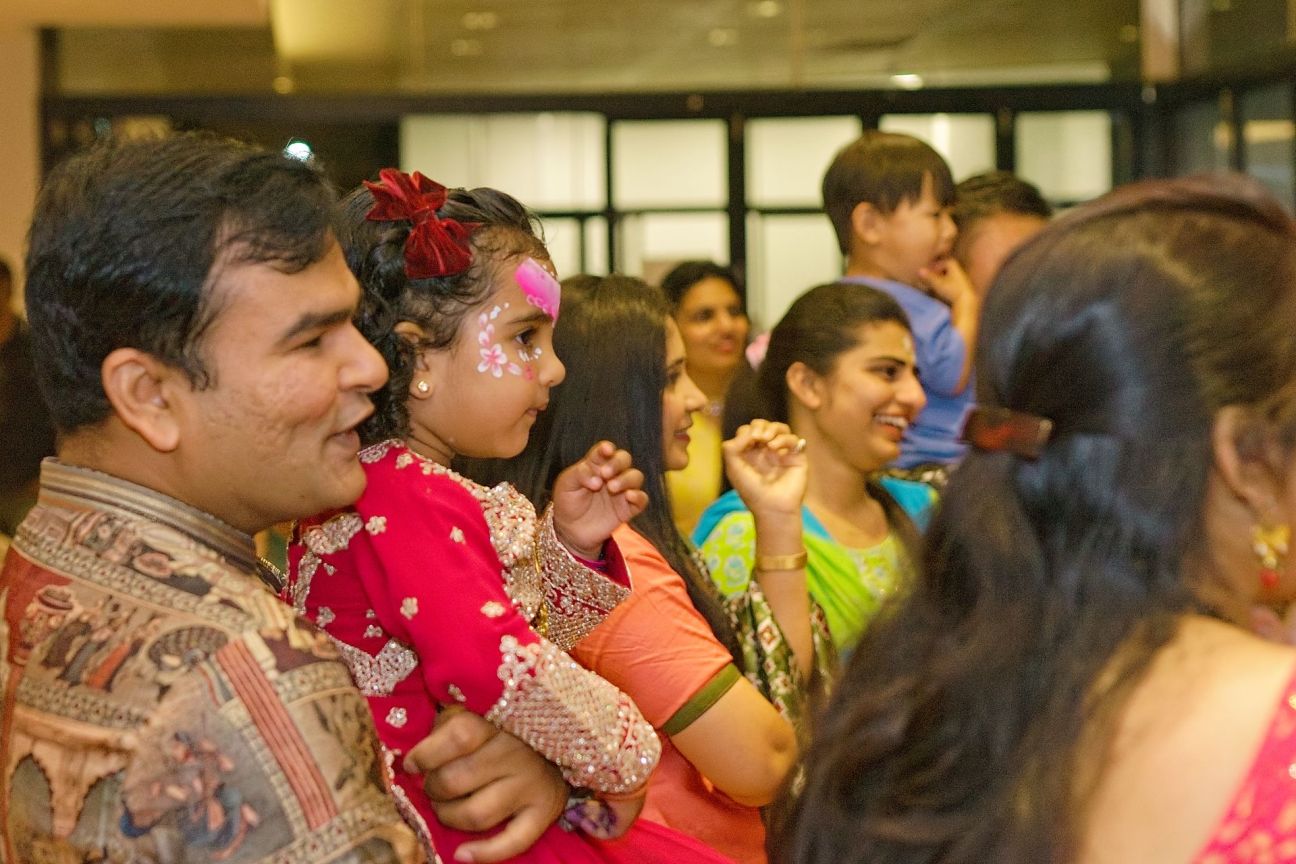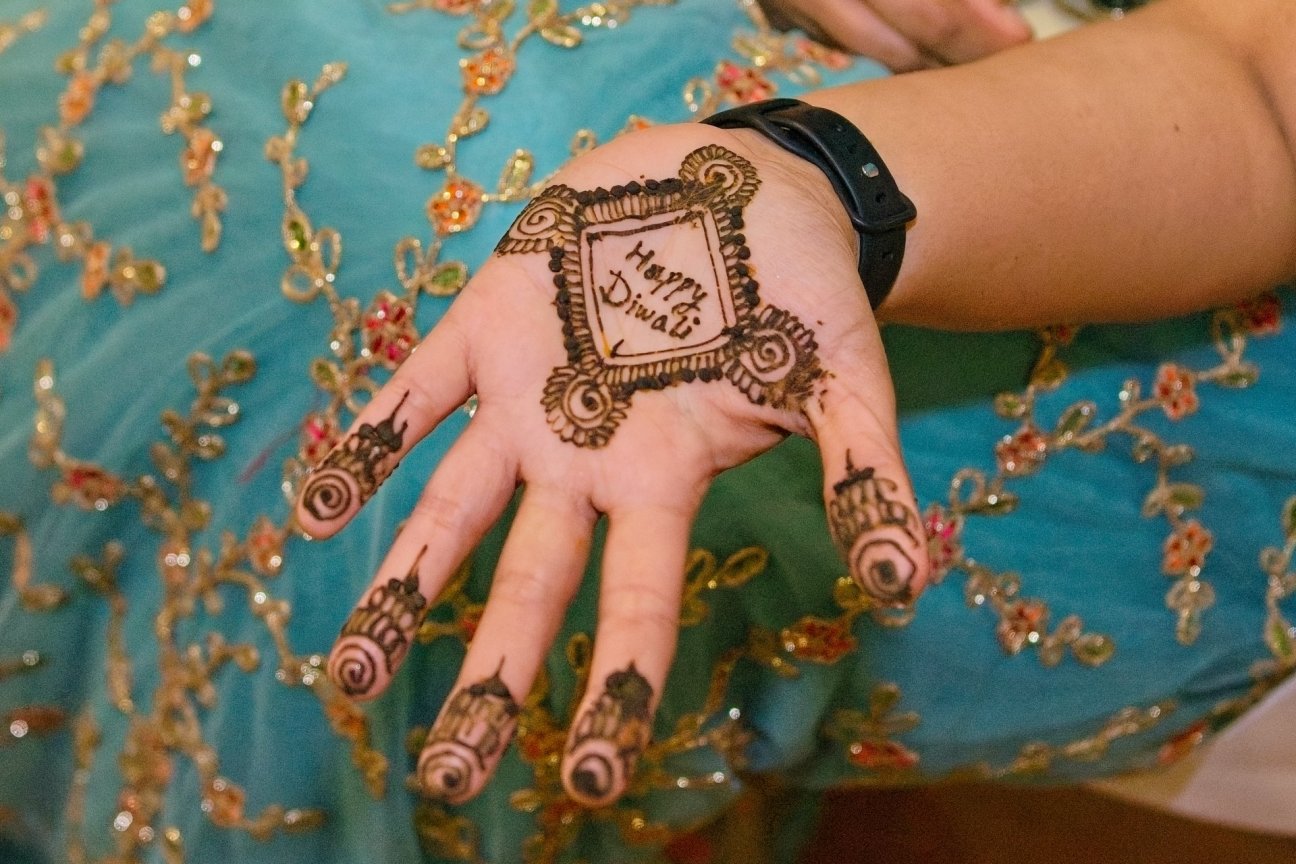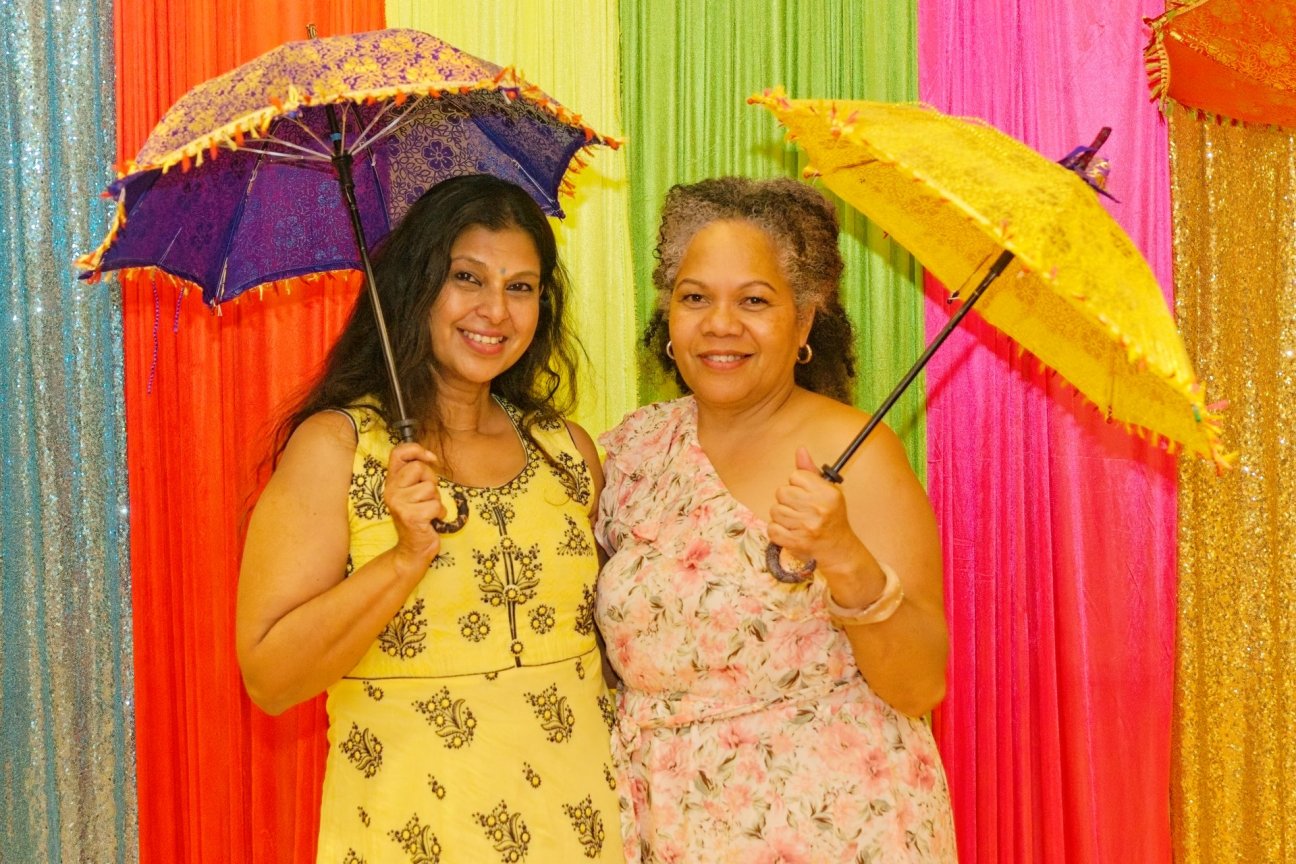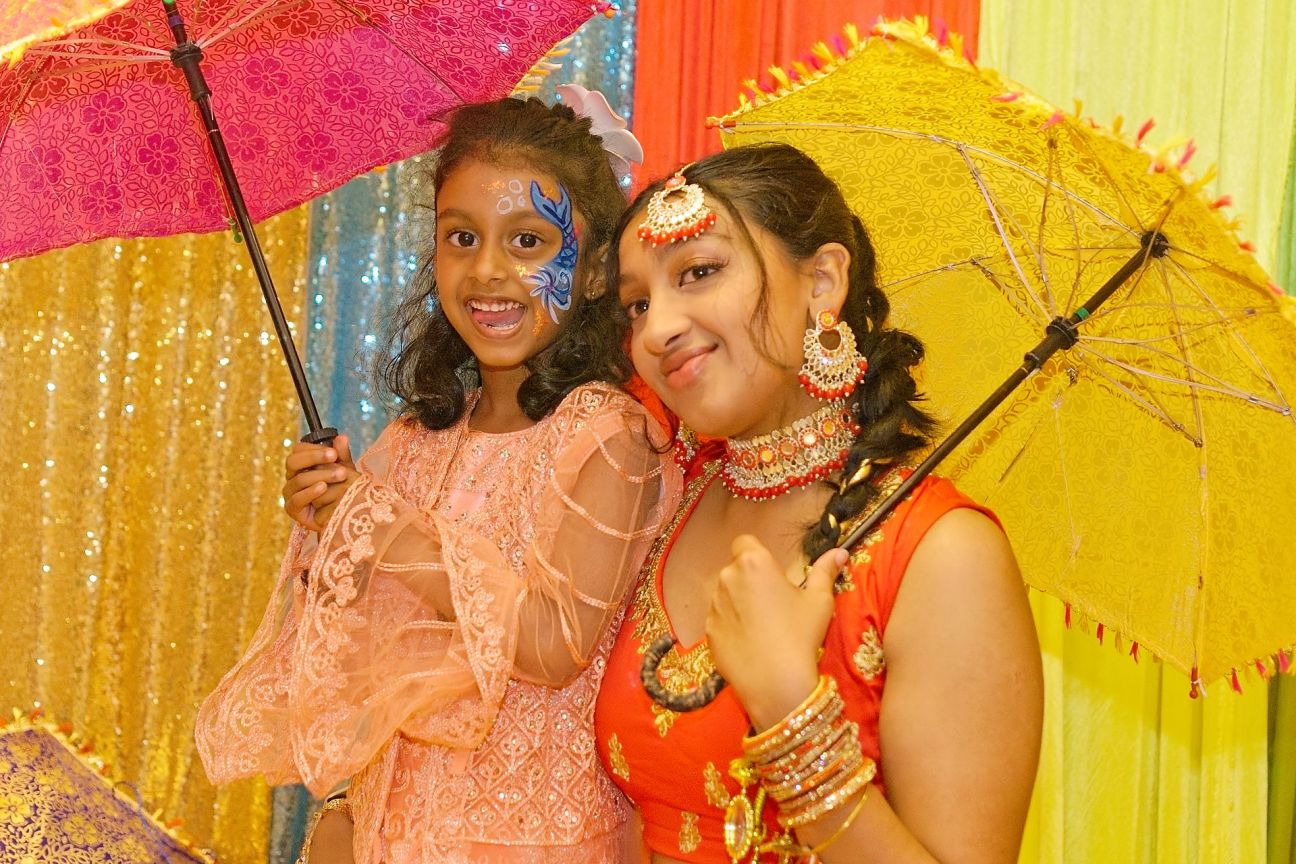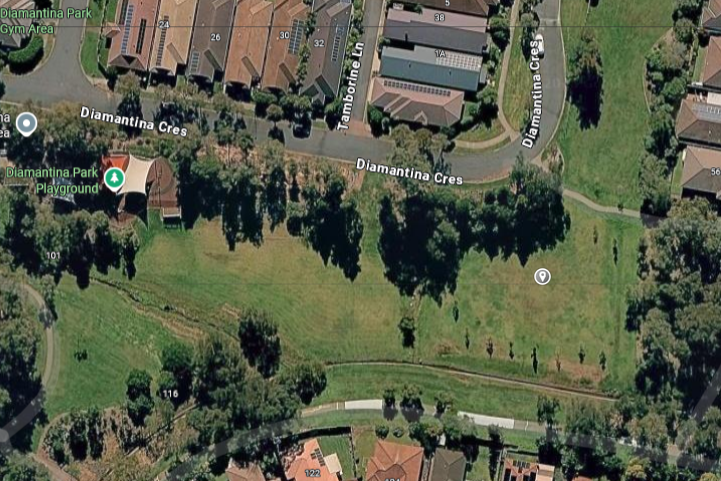Fitzgibbon Community Centre is at the heart of Fitzgibbon and offers space for activities and programs for everyone.
Fitzgibbon Community Newsletter
No. 6 (November 2025)
Welcome to our monthly community newsletter! It aims to help foster a sense of belonging and connection by sharing local-interest items and celebrating the people and places that make Fitzgibbon special. Disclaimer: The content does not necessarily reflect the views of the management of Fitzgibbon Community Centre.
This month in your newsletter:
Full Steam Ahead: The Locals Bringing a Miniature Railway to Life in a Garage
Model train enthusiast Kent Dawson has been fascinated by trains since the age of thirteen. He dreamt of becoming a train driver, but his parents opposed the idea. Kent spent all his pocket money at the model train section in Bill Brown’s Sports Store in George Street, which was owned by the cricketer after whom Fitzgibbon’s Bill Brown Sports Reserve is named. Mad-keen cricket fan Kent often chatted with Bill, never realising he was one of The Invincibles and never discussing cricket with him.
The Dawson family’s move to New Zealand when Kent was about seventeen meant he had to sell off all his model trains for a pittance, much to his regret. As an adult, classically trained singer Kent worked as a landscape designer and horticulturist until the COVID-19 pandemic hit. He then reinvented himself by starting an apartment maintenance company, and five years ago he moved to Fitzgibbon, where he looks after multiple local units.
While raising his kids and running his businesses, Kent had no time to work on model trains, but after moving to Fitzgibbon he rekindled his childhood passion. In one of his upstairs rooms, he built a fully functional setup about half the size of his current layout. The lack of space, however, made it difficult to get around the board, so after a few years Kent moved it into his garage, which it now completely fills. All this for fun and his five grandkids.
Kent works organically, crafting a miniature world from the overall vision in his mind. His layout is called Ryansville (after a family connection to the Dawsons), and it depicts an English or European town with farms on the outskirts.
This project has involved a major team effort. Kent is the builder, focusing on the structural side and making sure everything fits together and functions. His cousin Kevin, who lives with Kent and also happens to be a train enthusiast, handles the electrical side and repairs things that are broken. Kevin, who couldn’t be home on the day of the interview with Kent, is “a real guru” who made all the stations and people and handles the lighting. He is very patient and skilled at intricate work under a magnifying glass. Kevin’s partner Shine is an artist who in the past six months has come up with many innovative ideas and is responsible for the colourful backgrounds and painting of the figurines.
The highly detailed layout, which is about ninety-five percent complete, includes a very rare monorail from Sydney, various trains, a tram, a functioning Ferris wheel, a sawmill, a ski slope, a waterfall, a working fountain, a church where a wedding is happening (with a cemetery out the back), and many other buildings and features. The train carriages light up, and the steam train (Kent’s favourite) puffs out smoke. Drone batteries power all the models. There are about ten flashing neon lights (Coppertone, Lifesavers, a Shell garage etc.), which are very hard to come by, so Kent ordered them from the United States. The setup includes sound effects (e.g. the diesel train’s shunting noise, a whistle blowing, a chainsaw), and there are plans to incorporate more, such as a band playing oom-pah-pah music in the park. Before long, the cars will glide around on steel wires. Kent also has plans for a chart of things to look for—including a tiny “Where’s Wally?” figurine that he ordered from overseas.
Kent recently acquired a portable model of the funicular railway that ran up the hill to the iconic Cloudland Dance Hall in Bowen Hills from 1940 until the funicular was dismantled in 1967. In the nineteenth century, the land on which Cloudland was later built had been owned by Captain Henry O’Reilly, one of the first land-owners in what later became Fitzgibbon. The man who created this beautifully made model put thousands of hours into 3D-printing the moving funicular, the cars and the Queenslander houses on the slope. He could not take it with him when he moved interstate, so Kent bought it and hopes to display it publicly in the future.
Kent himself does not use 3D printing, instead making about one-third of his models from scratch. The rest he bought at swap meets at train club shows or from deceased estates around southeast Queensland, although he buys some items new because they are otherwise unavailable. Buying at hobby shops is very expensive.
Last December, Kent put up fabulous Christmas decorations for his Fitzgibbon neighbours to enjoy. He is thinking of bringing even more joy to the community by opening his garage on December evenings so that the public can see his wonderful train setup. Watch this space for more information. Train buffs should also check out the great display at the Australian Model Railway Association’s clubhouse at 20A Murphy Road in Zillmere (see https://amraqld.asn.au/).
More Reminiscences from Silkyoak Circuit
The September newsletter featured an article by Ann Floyd, who moved to Silkyoak Circuit in 1995. Coincidentally, the November issue features another early resident of this street. Rita (surname and exact address withheld on request) recalls being told that it was named a Circuit because it once served as a motorbike racetrack (see Butterflies and Bandicoots: On Becoming Fitzgibbon, p. 98).
Rita moved from Townsville to Fitzgibbon in 1998 to be closer to family and because her daughter had been accepted into Carseldine QUT. What attracted Rita to the property she bought was the view onto the back garden and the fact that it was one of the very few four-bedroom houses in the area. Used to living on a larger block, however, Rita felt a bit hemmed in at first. Moreover, none of the houses built here at that time had insulation.
The houses across the road were still under construction, and nobody lived next to Rita for nearly nine months. When homes were being built, thieves ripped out the plumbing, sinks and copper, and entire lawns were pulled up at night and taken away. The woman across the road had her outdoor setting and even her washing stolen. The upshot was that the police asked Rita to turn on an outside light at night as a deterrent. Burglars targeted the other side of the street from Rita’s house because there was a getaway path to the station. It was all bush, providing cover for anyone running away. Back then, the many rental houses meant a constant flow of people coming and going. Although there are still many rentals, Rita feels that Fitzgibbon is much safer now.
For almost two years after moving here, Rita couldn’t get mail delivered to her house, because Silkyoak Circuit was still more or less a closed-off street. Instead, the mail was taken to the real estate sales office, where Rita’s boys would pick it up on their way home from school.
In Rita’s memory, Carseldine Station was basically just a siding (see the following article). From the train, you could see four or five cows wandering among all the cars and bits and pieces at Kelly’s Wrecking. The cows kept the grass down. Near the station, it was still all bush, and you would occasionally see snakes along Lavender Place. In the early morning, Rita could hear roosters crowing from a chook farm or the Somerset Equestrian Centre.
When Rita bought her house, she was told the bushland couldn’t be touched for ten years. Once that time was up, development started very quickly and finished within three or four years.
Rita shopped at the Aspley Hypermarket, mainly because one of her sons worked there. On Sundays, she’d swing by the little old shops in Taigum Square for the newspapers and something from the bakery. For a dollar, her kids could snag a croissant as big as a crab for their weekly treat. Woolies was much smaller back then. Where the fire station now stands was a Chinese restaurant and a chemist. Before Norris Road was extended to connect Roghan Road and Telegraph Road, Rita had to make a big detour around Fitzgibbon to visit her doctor in Bracken Ridge. Today she is very happy in Fitzgibbon because of all the nearby amenities without the city’s hustle and bustle.
Opening of Carseldine Station in 1986
Because the distance between Zillmere and Bald Hills stations was more than twice the average spacing between suburban stations, in November 1985 specifications for the construction of Carseldine Station were issued, including a new station building, platform shelters and an overhead footbridge. The complete drawings and engineering specifications, even down to the design of the urinals and the pictograms used as signage, are available at Queensland State Archives (ITM991631). Carseldine Station opened on 25 June 1986. The photo below shows the official invitation (QSA ITM3506667).
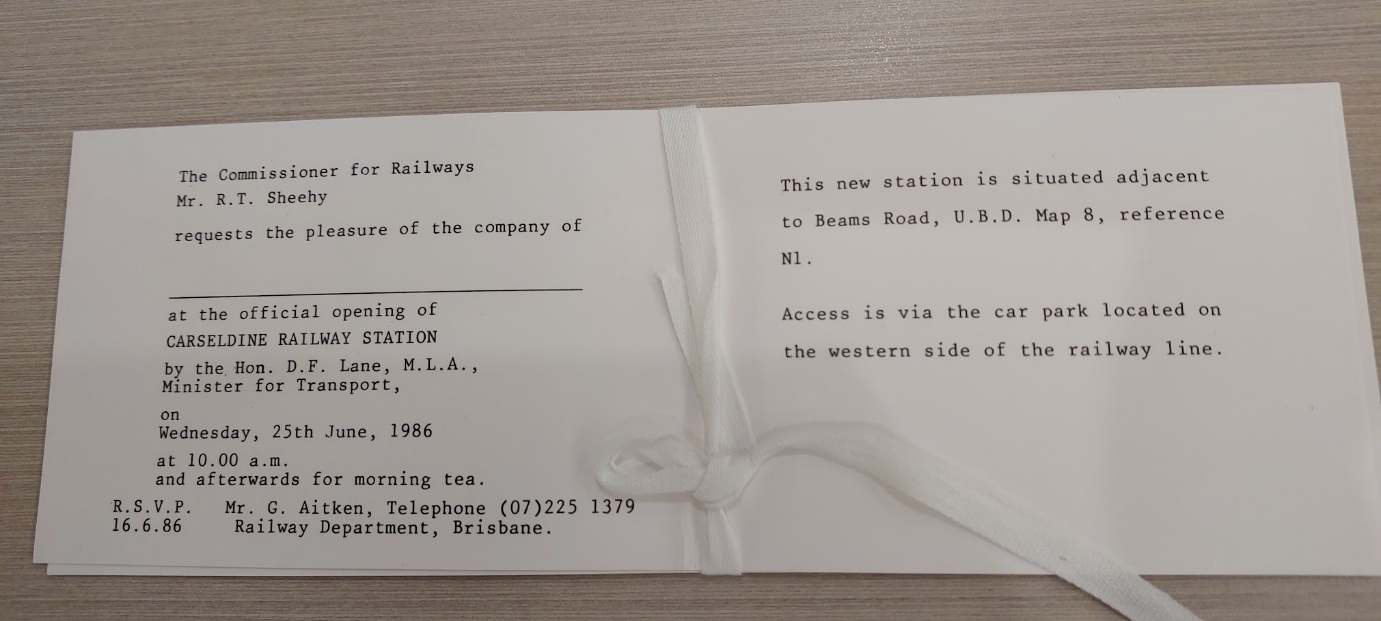
The main passengers that the new station was intended to serve were students at Carseldine’s North Brisbane College of Advanced Education (known as QUT from 1990). The undated photo below shows how the station looked when there were only two tracks (QSA ITM3839311; agency control no. QSA5755). Note the simpler footbridge (no roof) and the ramp on the Fitzgibbon side, which was replaced by stairs and a lift when the third track was added in 2000.
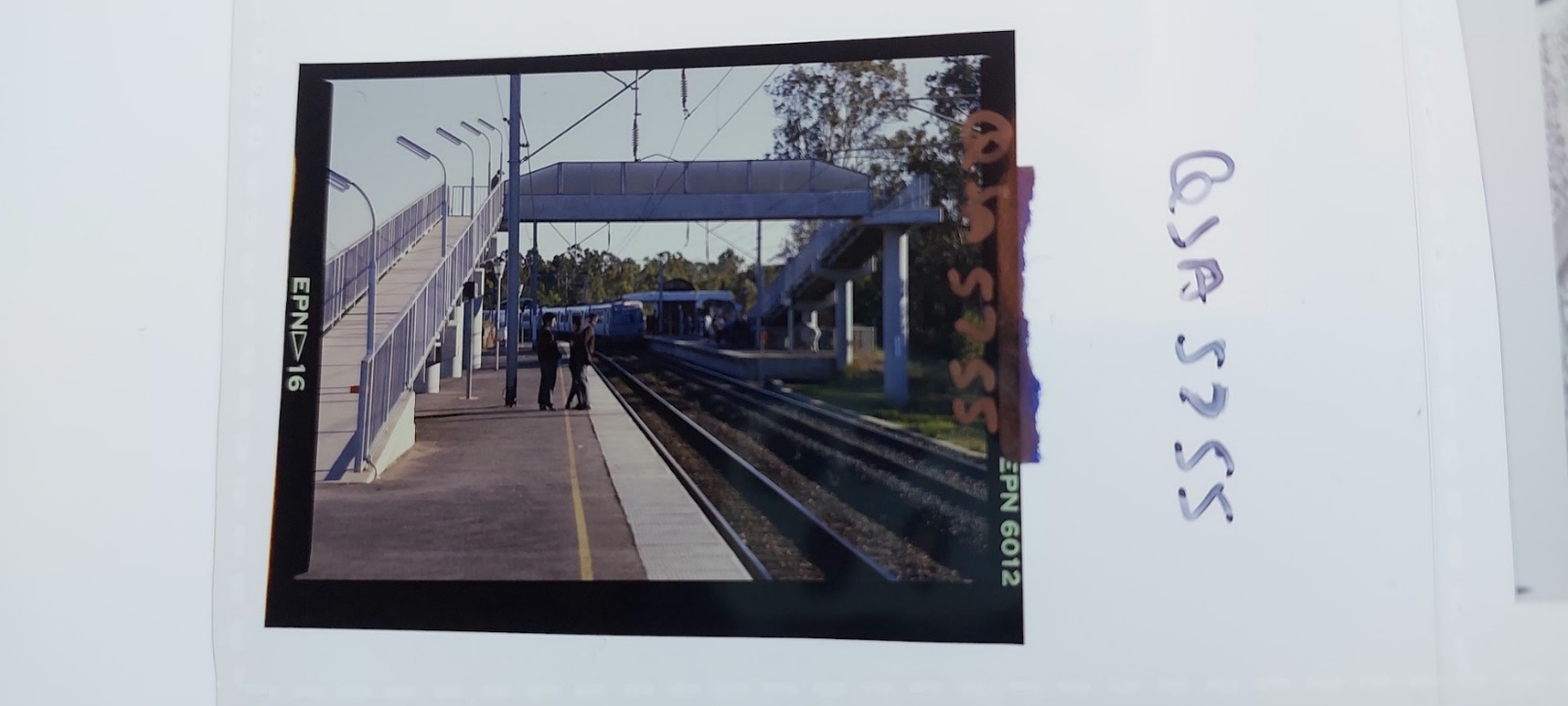
In 1986 a multi-trip weekly ticket between Carseldine Station and Central Station cost $8.20, while a one-year season ticket was $328 (QSA ITM2626641).
Celebrating Nepali Heritage Through Dance, Song and Language
Recent visitors to Hidden World might have chanced upon some cute kids of Nepali origin practising traditional dancing and singing. These students from a local Nepali-language school were preparing for a special performance called “Deusi-Bhailo”, which is part of the popular Hindu festival known as Tihar or Deepawali. One of the teachers at the school is proud Fitzgibbon resident Bhanu Dumre, who choreographed the dancing and trained the dancers. His daughter Kavya and Priscilla, the daughter of Fitzgibbon residents Rudra and Sabbu Chhetri, were two of the kids learning these traditional dance moves.
According to Bhanu, Tihar or Deepawali is one of the most vibrant and joyful festivals in Nepal and is usually celebrated over five days in October or November. This year it was from 19 to 23 October based on the lunar calendar. The name Deepawali comes from “deepa” (light) and “awali” (a row or line). This festival is known as the festival of lights, similar to Diwali in India but with its own unique Nepali traditions and meanings. During the festival, people worship crows, dogs, cows and the goddess Laxmi on specific days. On the fifth day, sisters celebrate the bond with their brothers by putting seven-coloured tika marks on their brothers’ foreheads and adorning them with garlands of gold amaranth flowers.
Deusi-Bhailo is one of the most fun and lively Tihar traditions, honouring the legend of King Bali. During Deusi-Bhailo, groups of boys and girls go from house to house, dancing and singing traditional songs. The hosts offer gifts like money, fruits, sweets and sweet fried bread called sel roti. This celebration is all about sharing joy and blessings.
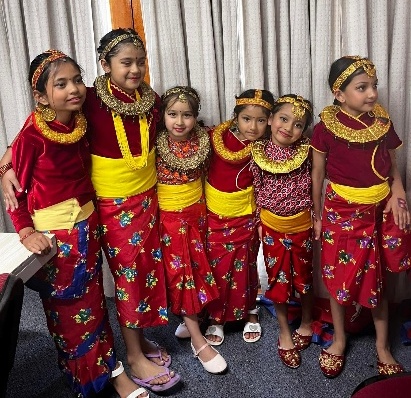
Pathashala is the Sanskrit word for school and comes from “patha”, which means study or lesson, and “shala”, which means place. The Nepali-language school in Brisbane started in 2012 and is run on Sundays by the Nepalese Association of Queensland Inc. at Geebung and Forest Lakes (see https://naq.org.au/nepali-pathashala-learning-academy/). Each school has about fifty students. These not-for-profit initiatives are run by volunteers and depend on donations from parents and community organisations. Many Fitzgibbon kids of Nepali descent are learning the Nepali language at Nepali Pathashala in Geebung.
Govinda Baral, past President of the Nepalese Association of Queensland, has lived in Fitzgibbon since 2013 and says the history of the Nepali community in Queensland dates to the 1980s. Most early migrants from Nepal were highly-qualified professionals who chose to make Queensland their home. Migration from Nepal gradually expanded throughout the 1990s. Since the mid-2000s there has been a marked increase in the arrival of permanent residents from Nepal, along with a large influx of Nepali students enrolling in universities and colleges.
The Nepali community in Fitzgibbon is a young one that started in 2006. After the development of Fitzgibbon Chase from 2012, Fitzgibbon became a very popular spot for Nepalese to settle down. It is estimated that over fifty Nepali families live in Fitzgibbon, sharing their happiness and spending quality time with family and friends in the wider community. The photo below shows a Fitzgibbon Nepali community family fun event at Hidden World in 2024.
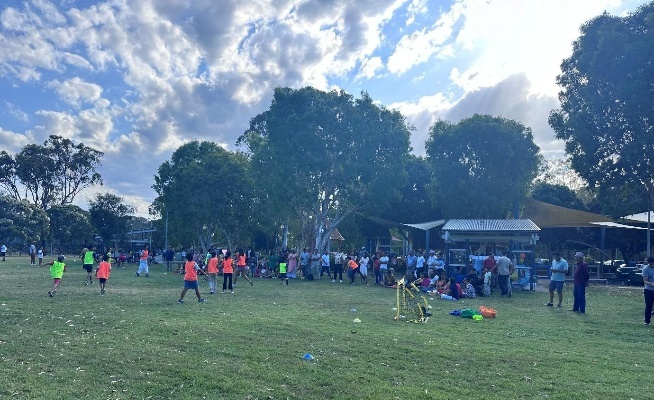
Diwali Celebration of Light
On the night of Sunday 19 October, the Community Centre was transformed with decorations and the colourful clothing of people attending a Diwali celebration. Two girls offered a prayer for a successful celebration, and another young girl spoke on the importance of Diwali as the triumph of light over darkness and good over evil. The festival commemorates the victory of Lord Krishna and is an expression of gratitude, renewal and hope. Diwali is a time of preparing for the coming of light and a time when people clean their homes and buy gold, silver and new utensils as a way to welcome prosperity.
The guest of honour, Pakistan-born Sandgate MP Bisma Asif, emphasised the importance of Diwali to the Hindi, Nepalese and Punjabi communities and expressed her desire to bring different communities together in friendship. She spoke in Hindi and then translated her remarks into English. The other special guest was Pandit Hari, a Hindu priest and astrologer.
The performances included solo songs, a young boy with an impressive set of lungs who played a conch shell, song-and-dance performances by Spicy Beatz from North Lakes and by Goodstart Bracken Ridge, and solo dances by Mahathi and Reshmi and a Samoan dance by Angel. Everyone had an opportunity to stand and wish others “Happy Diwali” and a chance to learn a series of simple dance steps. This was followed by a game in which participants identified the objects mentioned in songs.
Other highlights included a colouring competition, free henna, free face painting, some raffles, lots of music, and several stalls (clothing, quilts, blankets, books, handmade candles, jewellery and so on) in the breezeway. A couple of restaurants, including Royal Rajputana from The Nest, provided Indian food for purchase. The evening concluded with sparklers, in line with the theme of light.
Congratulations to Shreeharsha Kulkarni and his team who organised this year’s celebration of a festival so important to many in our community.
Taigum Probus Club Inc.
Taigum Probus Club was established on 1st April 2025 at an expression of interest meeting held at Fitzgibbon Community Centre. We are a growing club actively seeking new members and volunteers to assist with various positions on the committee.
Meetings are held on the first Tuesday of every month. Arrive in time for a 10 a.m. start at the Community Centre at 545 Roghan Rd, Fitzgibbon.
Prospective members can find out more about our club at those meetings, connect with other local retirees and start having fun and friendship in retirement, which is what Probus is all about.
Various activities are scheduled monthly. Since commencement in April they have included movies, a museum visit, a cathedral tour, walks, lunches and morning teas, bowling and putt putt. They have also included guest speakers on a variety of topics ranging from health and wellbeing to musical biography, visiting Saudi Arabia and ageing Down Under—something for everyone!
Forthcoming activities include a picnic and outdoor games at Barret St Park in Bracken Ridge and lunch at Bracken Ridge Tavern Café. If you are interested in finding out more about these activities, send an email to activitiestaigumprobus@gmail.com.
On 7 October, membership officer Julie spoke briefly about October’s theme, “Reinventing Your Retirement”, highlighting the different phases (Go Go Years, Slow Go Years, and No Go Years). Julie and two other members shared their personal experiences of retirement. This was followed by cutting a cake to celebrate Probus Month and morning tea outside in the sunshine.
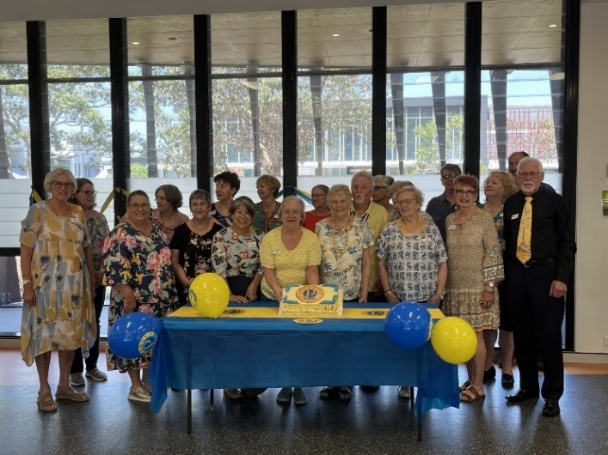 |
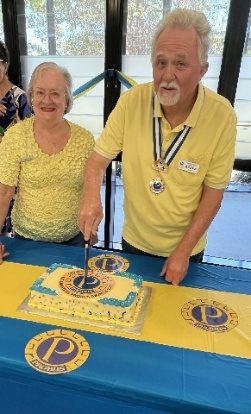 |
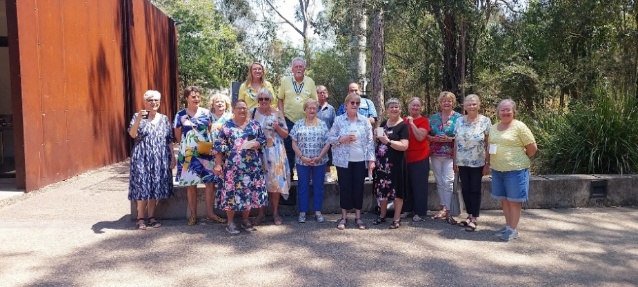 |
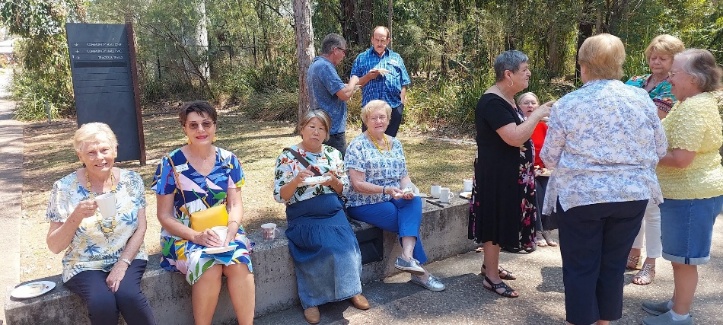 |
The second hour featured an engaging talk by Ian Smith about his experiences in Saudi Arabia seven years ago when his company sent him there for several weeks to negotiate the purchase of irrigation equipment.
Probus membership includes benefits such as discounts on travel, accommodation, travel insurance, over-50s insurance, finance, car brokering, hearing services and moving and relocation expenses. The first three meetings or activities are free to attend.
The next meeting (4 November) will celebrate Melbourne Cup Day, and attendees are encouraged to wear an appropriate outfit and participate in sweeps and other activities with prizes. There will be an extended morning tea to allow for more interaction amongst members and visitors. https://probussouthpacific.org/microsites/taigum
Hidden World Community Day
Join MPs Emma Comer and Bisma Asif for Hidden World Community Day on Saturday 8 November from 10 a.m. to 1 p.m.! Come along for a morning full of fun. It’s a family-friendly event with stalls, food, face painting, a jumping castle, craft activities and lots more. There’s something for all ages.
Sunday Soccer for Kids and Adults
For the past eight years, Nilesh has organised a free game of soccer for local kids, teenagers and parents on Sunday afternoons from 4 p.m. The set-up for little kids is separate, so they can run around and have their own fun (supervised by a parent). Teenagers and parents play a mixed game, depending on the turnout.
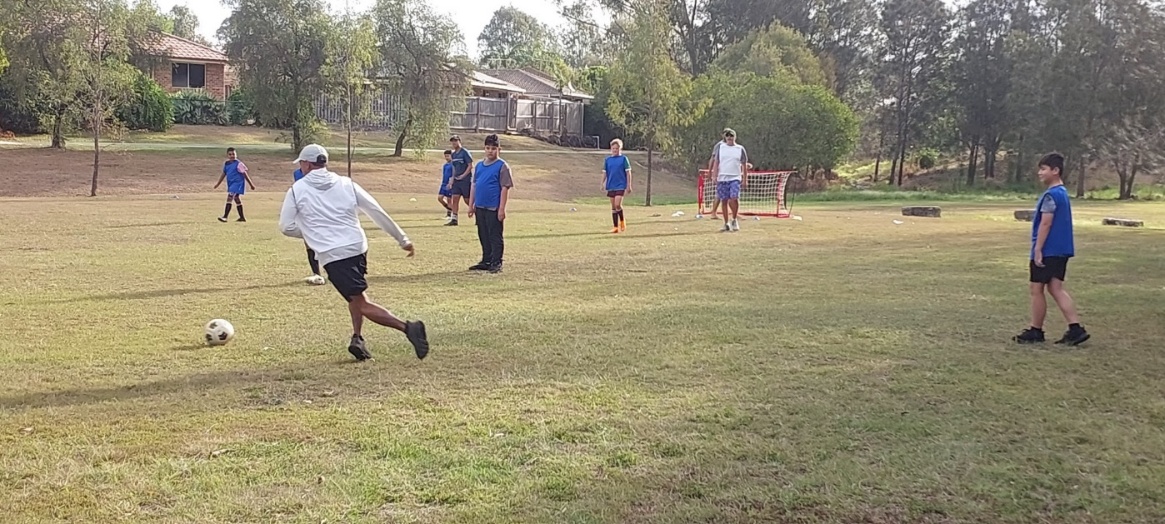
If your child(ren) is interested in playing, simply rock up to join in.
Guidelines:
- All kids (big and small) to wear shin pads.
- All kids to wear soccer boots.
- Parents who intend on playing should not wear shoes with studs (just wear joggers etc.).
- If your child is playing, you are to remain on-site. No dropping off and disappearing. If you are not there, your child(ren) might be asked to sit out until you get there. This is for the child’s safety.
- Please pitch in and help during the game. This is a community activity, not a club, so it is not insured.
- Let kids have old-school fun and detach from their iPads and devices (like how it was back in the 80s and 90s).
Location: (next to Diamantina Park Playground).
‘The Microbirth Plan’—Premiere Community Screening of New Documentary
Jo Brookfield
How do the very first moments of life shape the future of human health?
A special private premiere screening of the groundbreaking new film The Microbirth Plan will be held at Fitzgibbon Community Centre. This powerful new documentary reveals how the earliest moments of life lay the foundations for our immunity, metabolism, and even mental wellbeing. The film is about one of the most exciting frontiers in human health, the microbiome. It uncovers the hidden role of microbes in birth and beyond and why protecting them can shape our lifelong health. Through breathtaking science and real human stories, the film shows how small choices and simple actions at birth can have an extraordinary impact, not just for individual families, but also potentially for the future of humanity.
This is a story of hope, empowerment, and the possibility of a healthier world, starting with the very first chapter of life.
The Microbirth Plan is directed by Toni Harman and Alex Wakeford, the award-winning filmmaking team behind the 2014 documentary Microbirth. Their new film takes audiences on an emotional and science-backed journey into the microscopic world of mothers’ microbes, the tiny organisms passed from mother to baby at birth and through breastfeeding.
“Research shows that many aspects of modern life, from ultra-processed foods, clean environments, antibiotic overuse and childbirth practices such as C-section can all disrupt the developing gut microbiome, affecting a child’s immunity, metabolism and even brain development”, says filmmaker Toni Harman. “But the good news is, there are simple, practical things parents can do at the very start of life to protect and restore a child’s microbiome for the best possible future health.”
The screening will take place at Fitzgibbon Community Centre on Friday 14 November at 1 p.m. Tickets are $10 and can be booked through Eventbrite https://www.eventbrite.com.au/e/1763974909439?aff=oddtdtcreator.
The Microbirth Plan is not just a documentary, but the spark of a grassroots global movement. The film aims to empower parents, health professionals, birth workers and the wider community with knowledge that could change the trajectory of human health for generations to come.
The only way to see the film this year is by attending one of the Private Premiere screenings being hosted in communities around the world, ahead of a wider public release in 2026.
This event will include the film screening, followed by an opportunity for community discussion. Everyone is welcome!
For more about the film and to view the trailer, visit https://microbirthplan.com/. For more information about this screening, please contact Jo Brookfield: Ph.: 0429335913 or email: jobrookfield24@gmail.com.
News from Cr Landers
With storm season approaching, now is the time to prepare your home with Council’s free green waste drop-off weekend on Saturday 1 and Sunday 2 November 2025. Items like branches, grass clippings, palm fronds and garden prunings can be dropped off for free at the city’s four resource recovery centres. The centres are open from 6.30 a.m. to 5.45 p.m. daily, and our closest centre is located at 1372 Nudgee Road, Nudgee Beach.
Brisbane City Council provides free severe weather alerts for Brisbane residents and visitors. The alert service provides advanced warning for severe weather or other public safety events to help you prepare and protect yourself and your property. Sign up to receive Brisbane Severe Weather Alerts at https://bswa.brisbane.qld.gov.au/register.
Goodenia in Fitzgibbon Bushlands
Wendy Pang
Look down to see this tough little flower. Only about one centimetre across, it’s happy to live on compacted dirt in full sun. It is differentiated from other small yellow flowers (such as hibbertia) by the ruffled edges on the petals. The plant rambles across a patch, bringing its bright yellow petals to catch your eye.
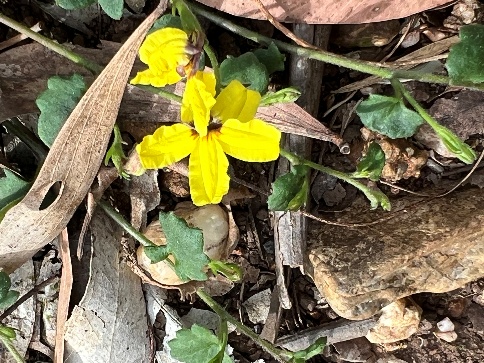
Photo taken in Fitzgibbon Bushlands in mid-September
We Want to Hear from You!
If you have images taken in and around the Community Centre (including the walking tracks) and would like to share them on the website or Facebook page, please send them to the Community Centre (https://www.fitzgibboncommunitycentre.org/contact-us/) for inclusion in a gallery of community images. Images added to the gallery will be attributed with your name. The purpose is to share our fabulous facility, which sits hidden in the trees. We want everyone to know what a fantastic resource their community centre is and to come on down and enjoy it.
If you wish to contribute information, an article or pictures to the Newsletters section (https://www.fitzgibboncommunitycentre.org/newsletters/) or have ideas for an article, drop us a line through Facebook or the website.
